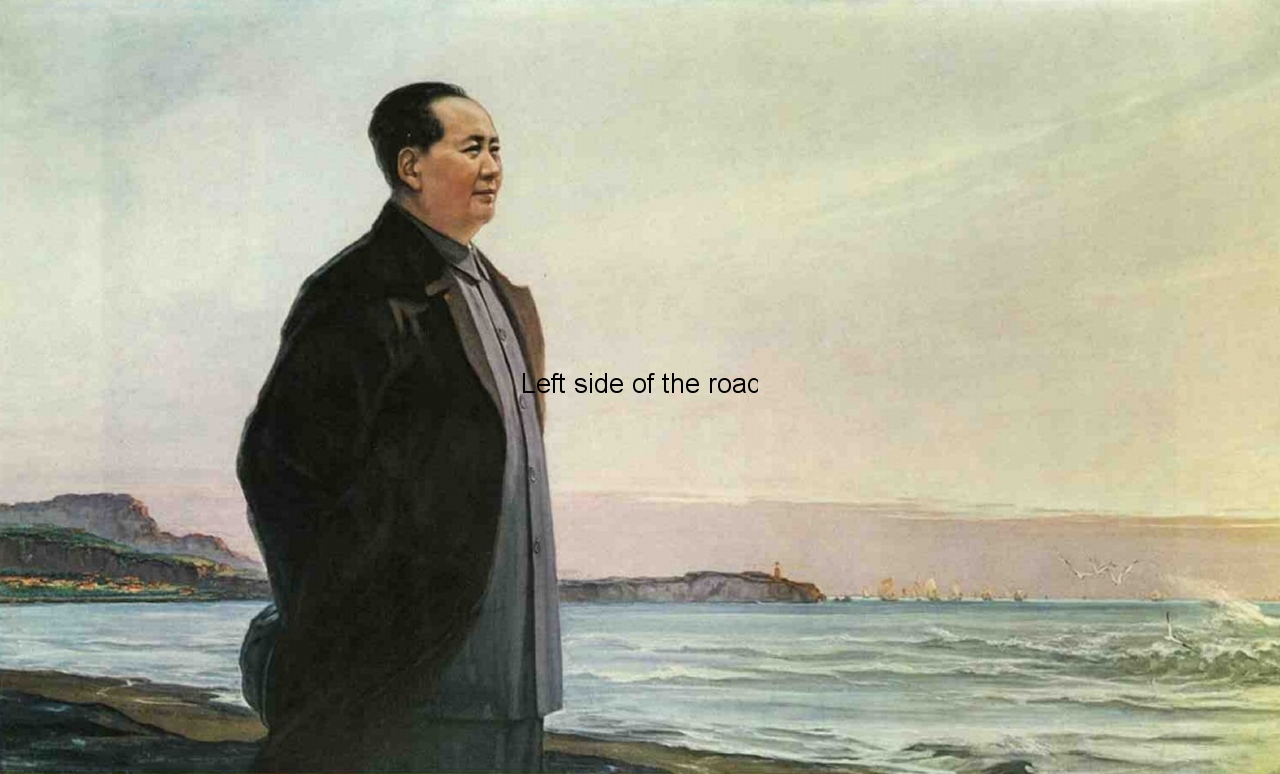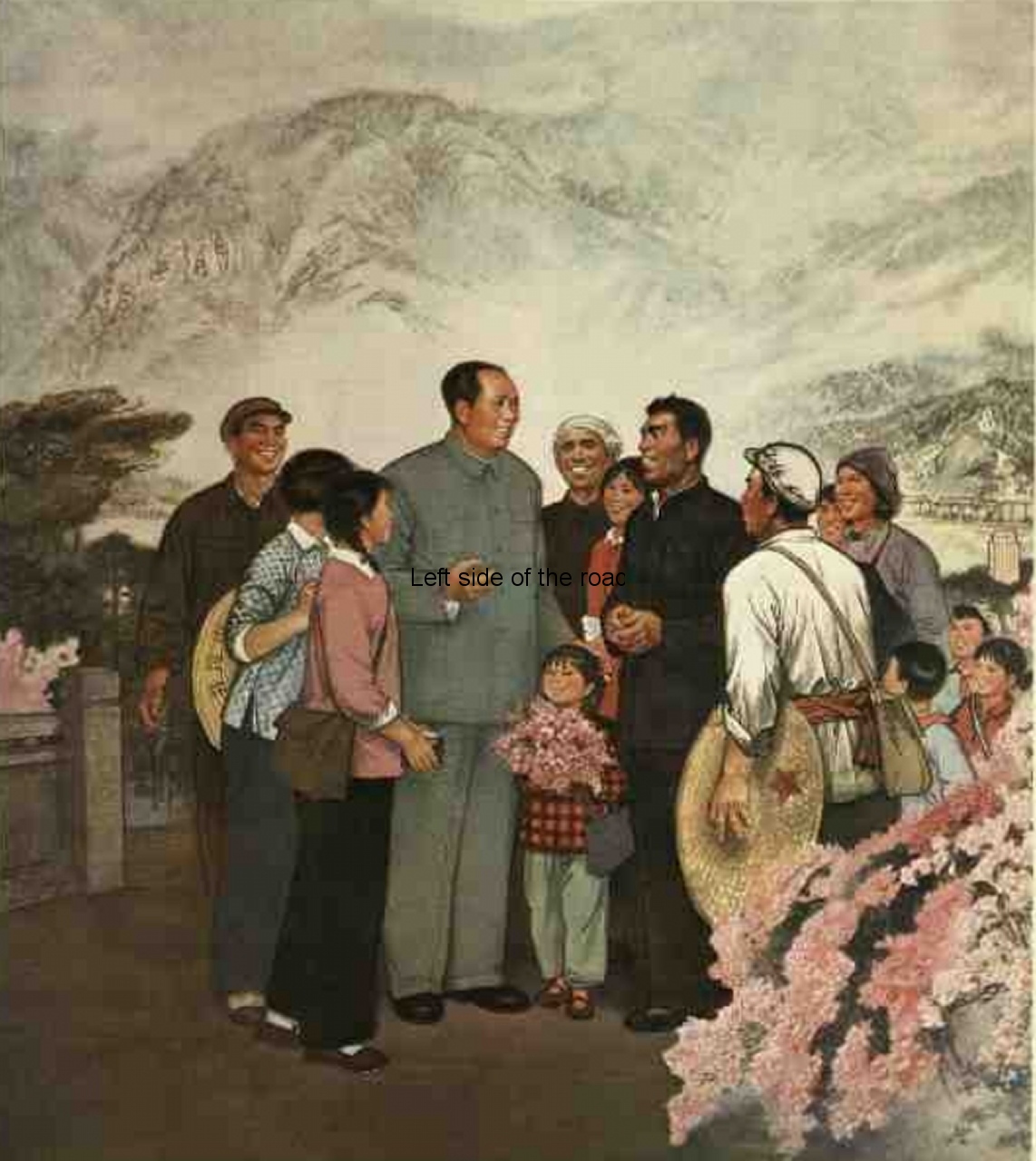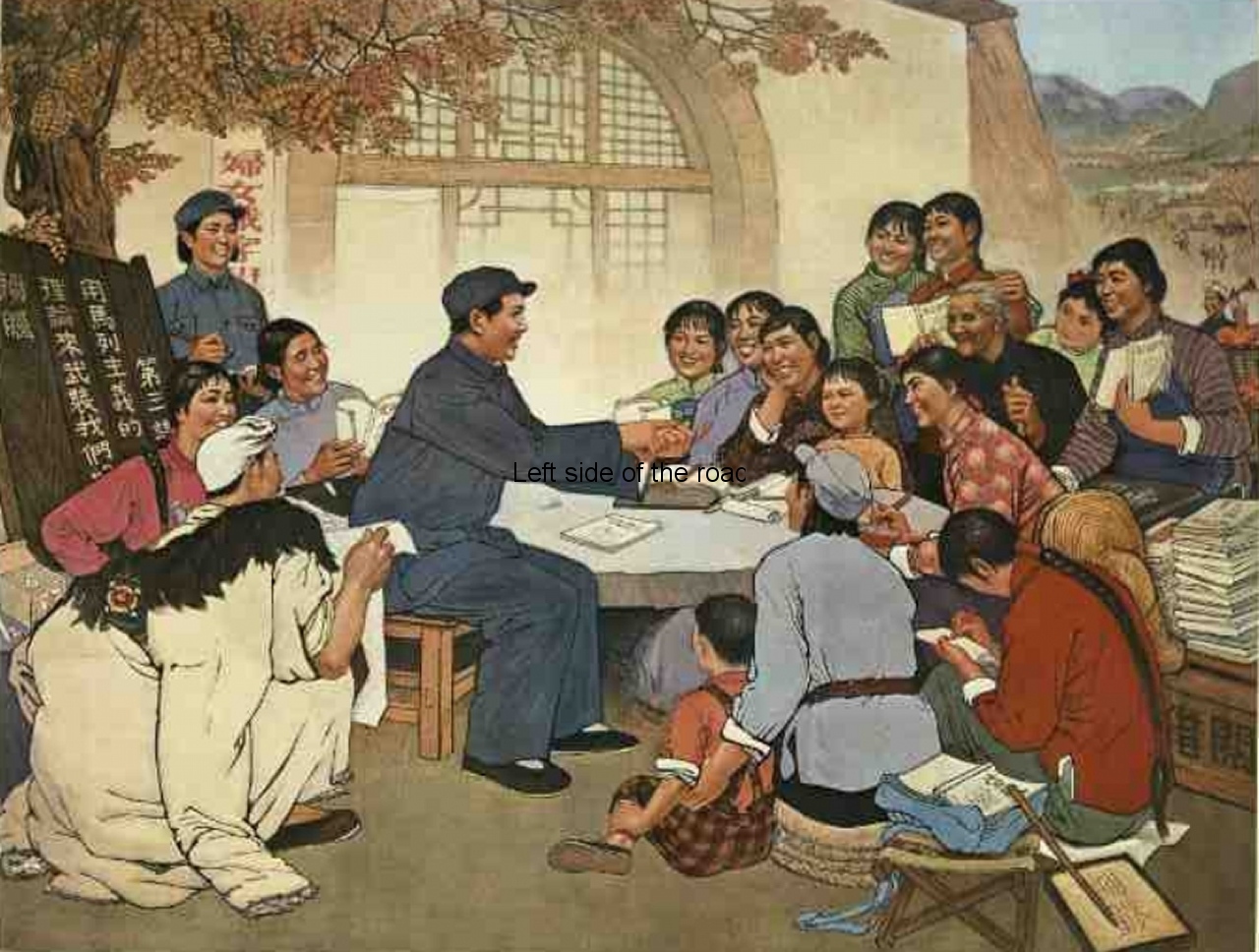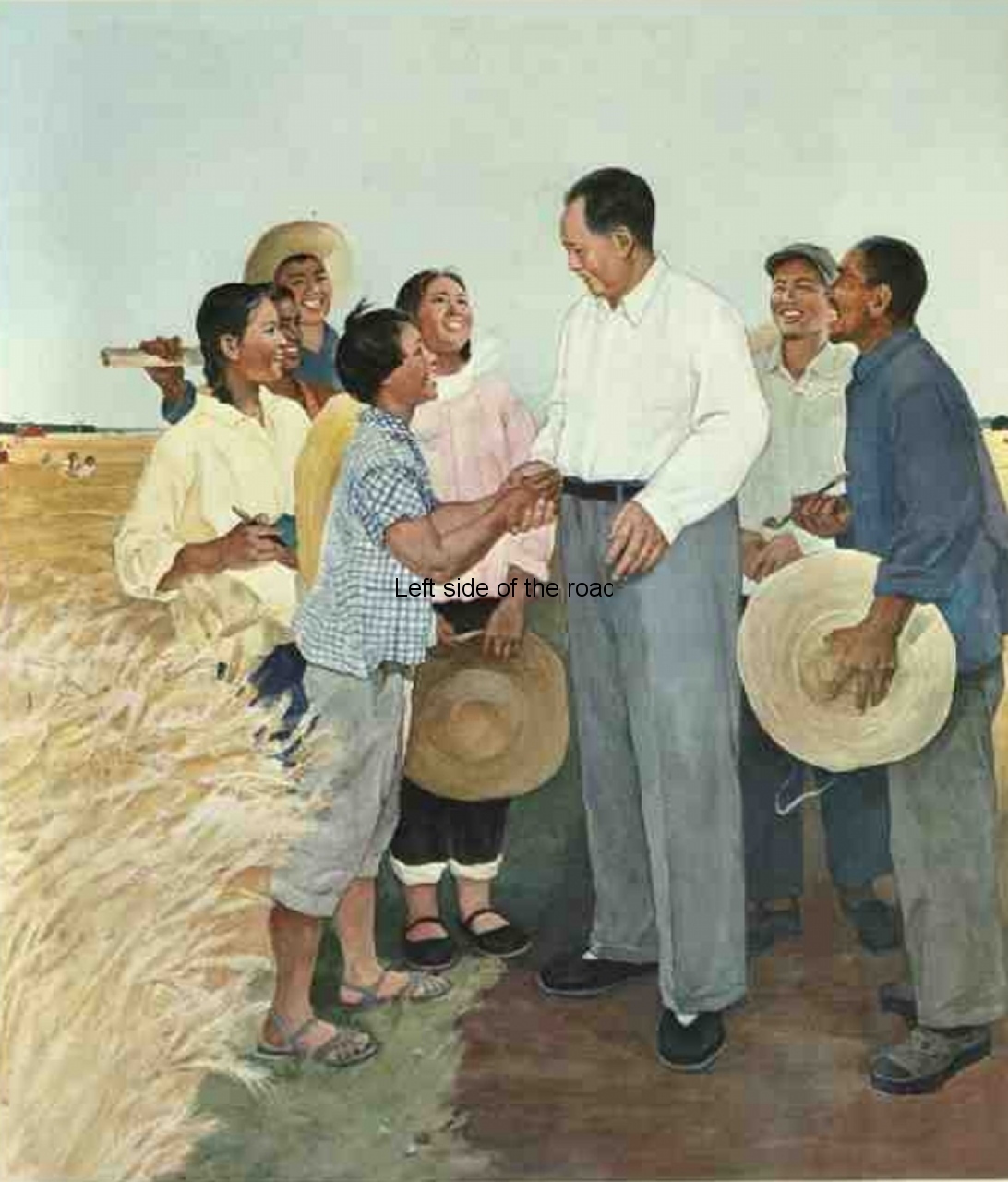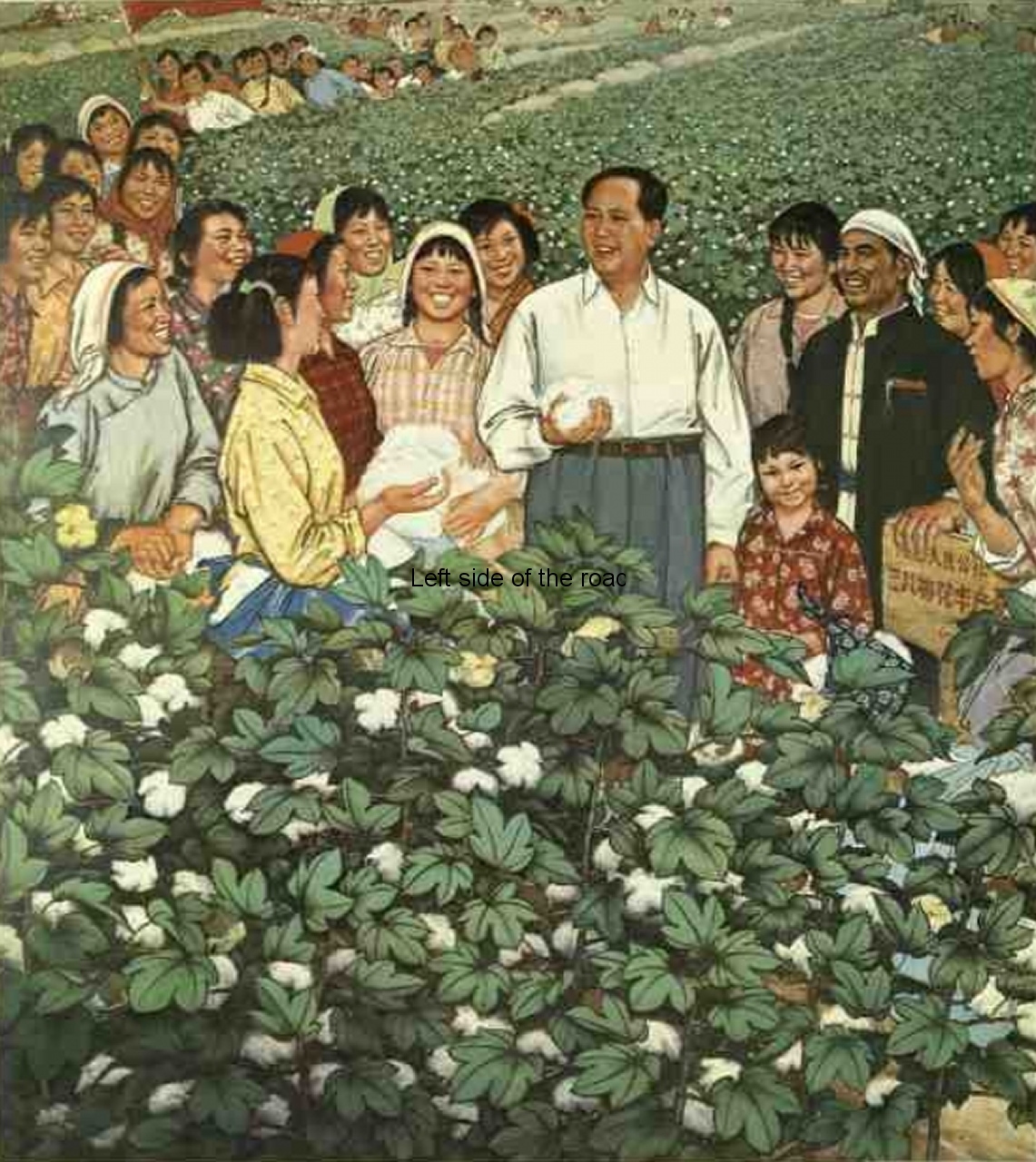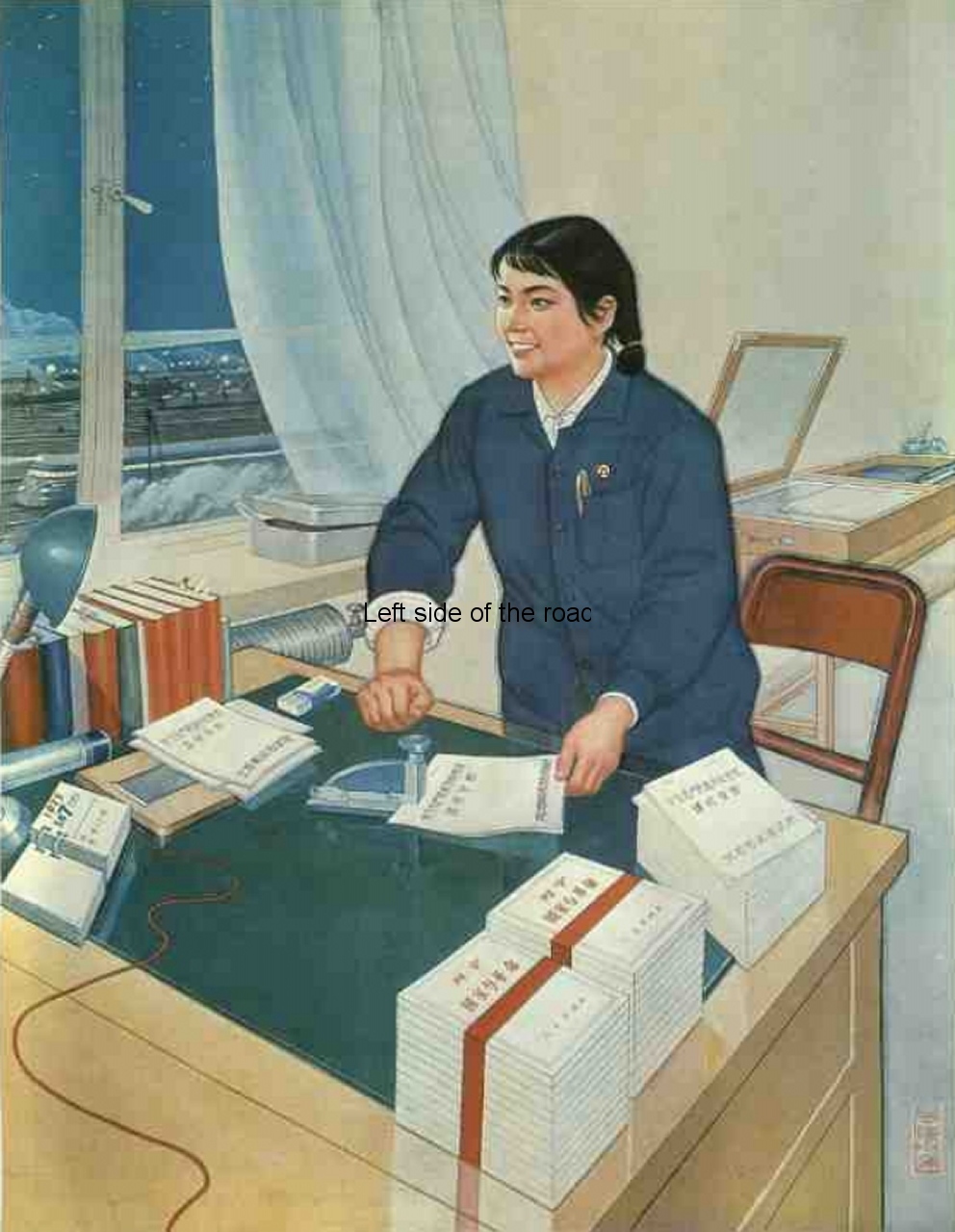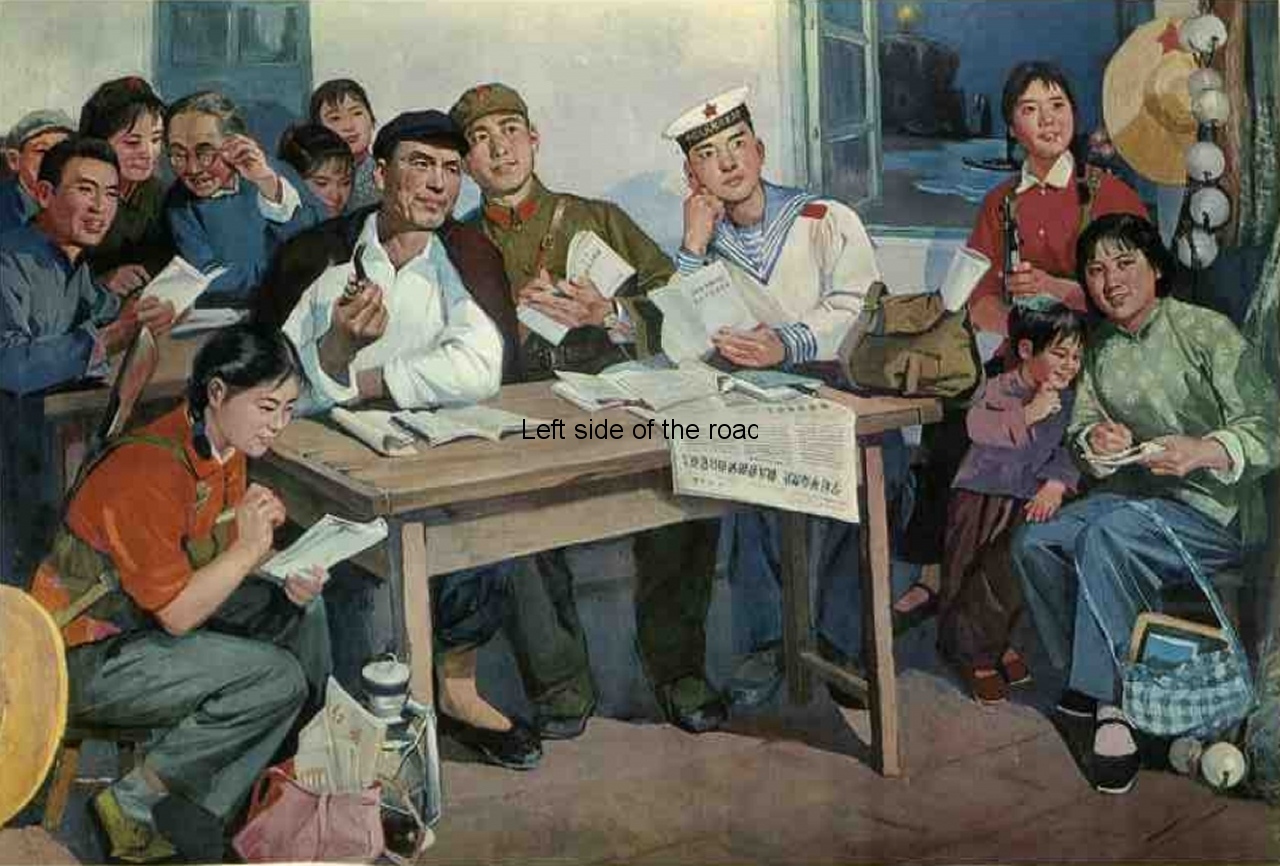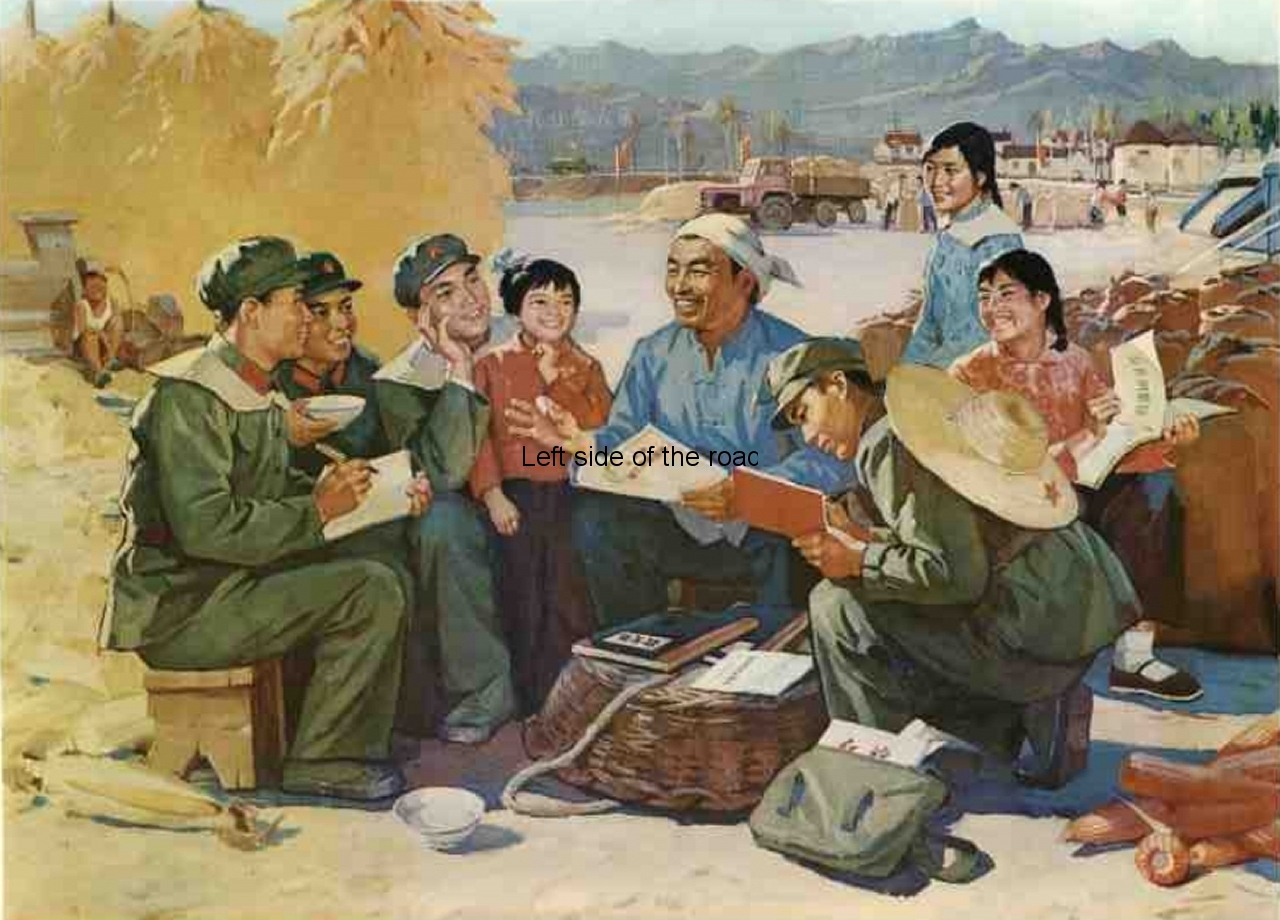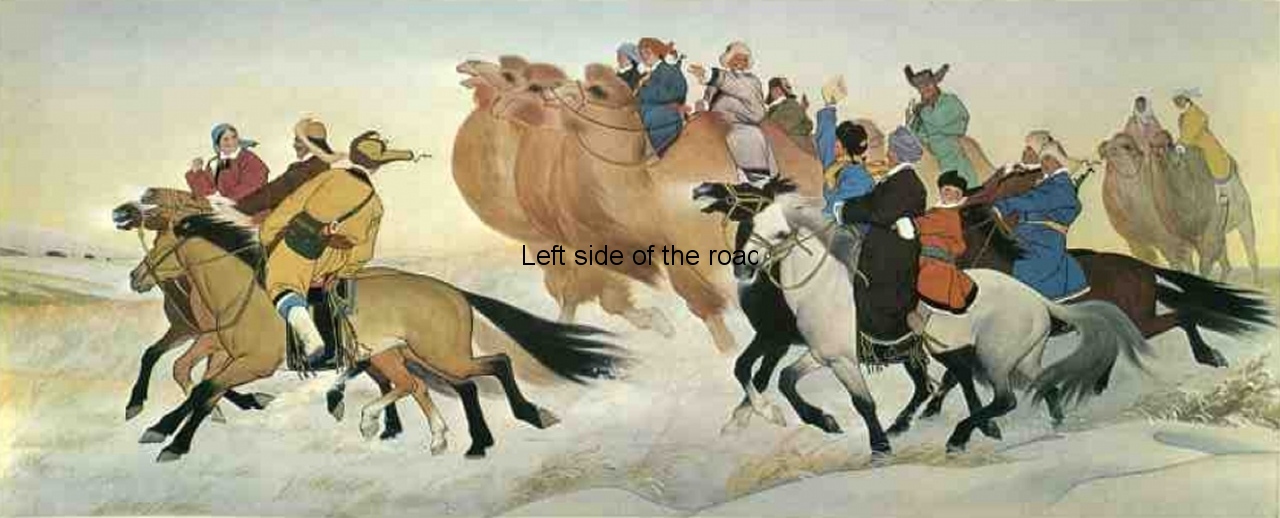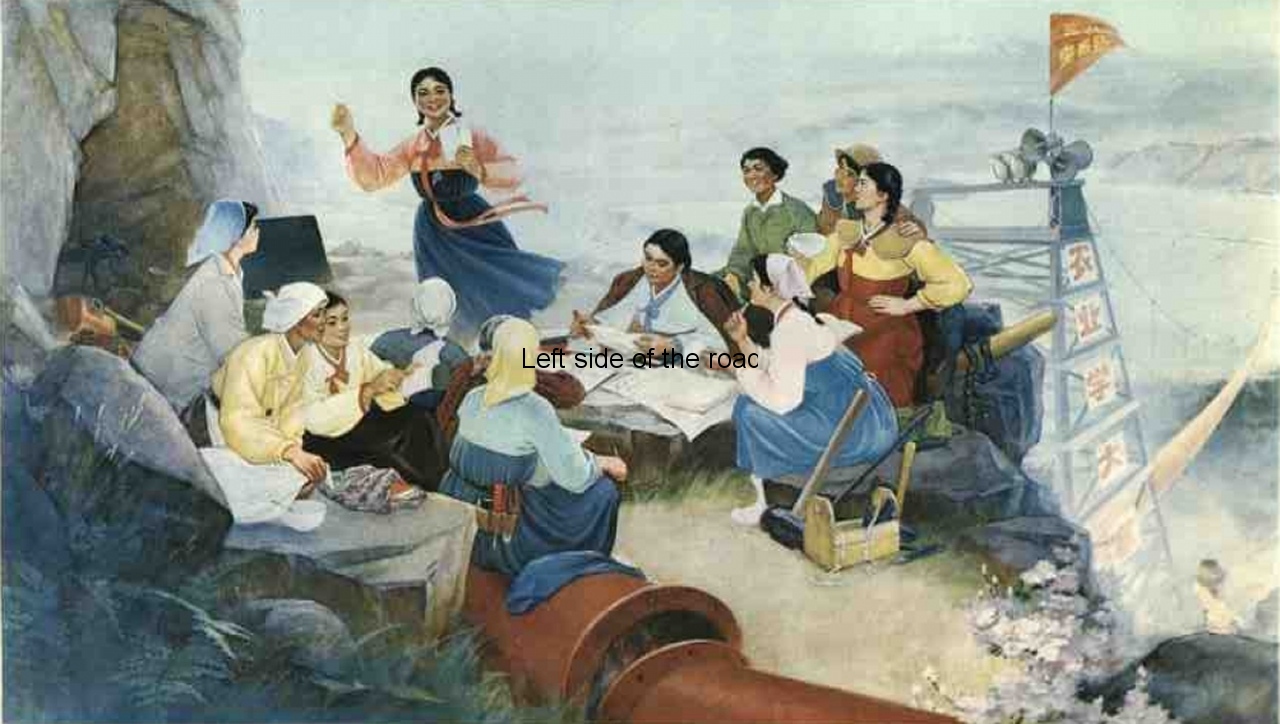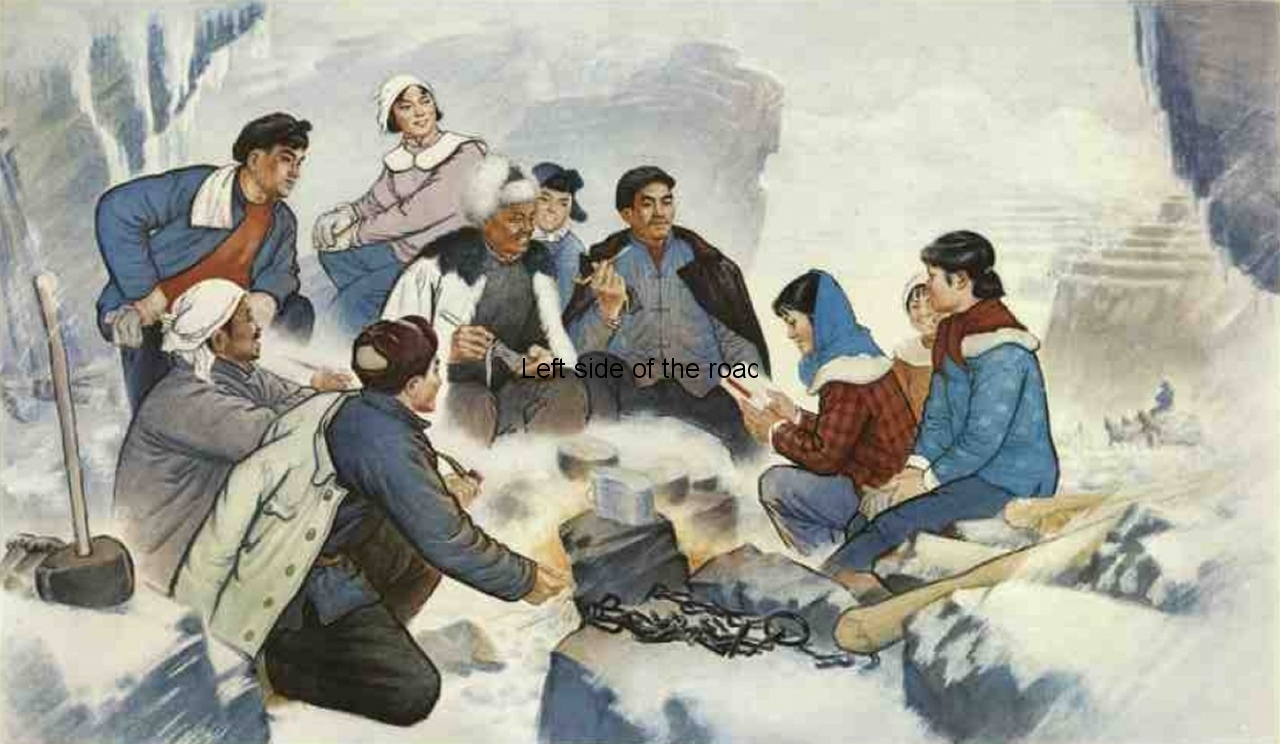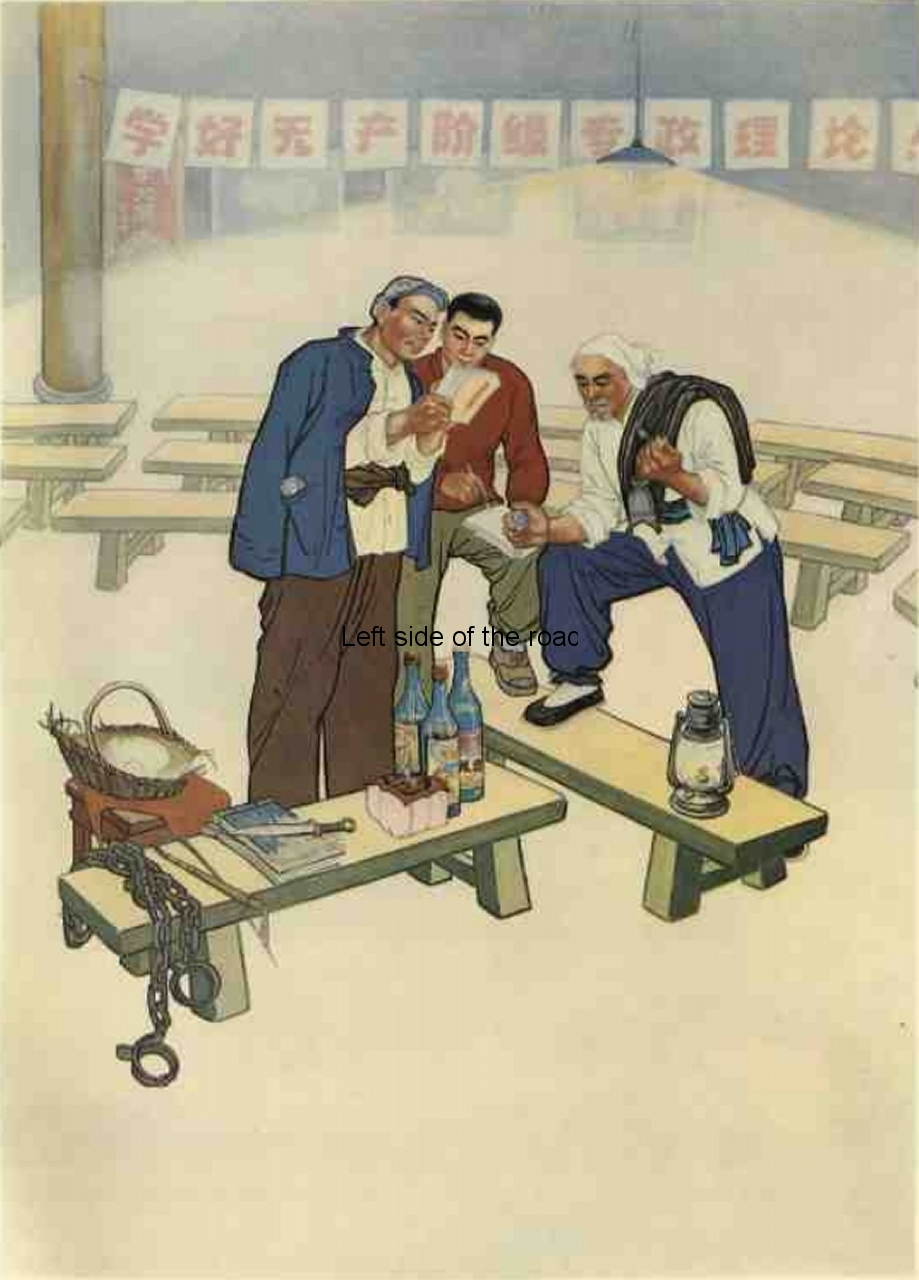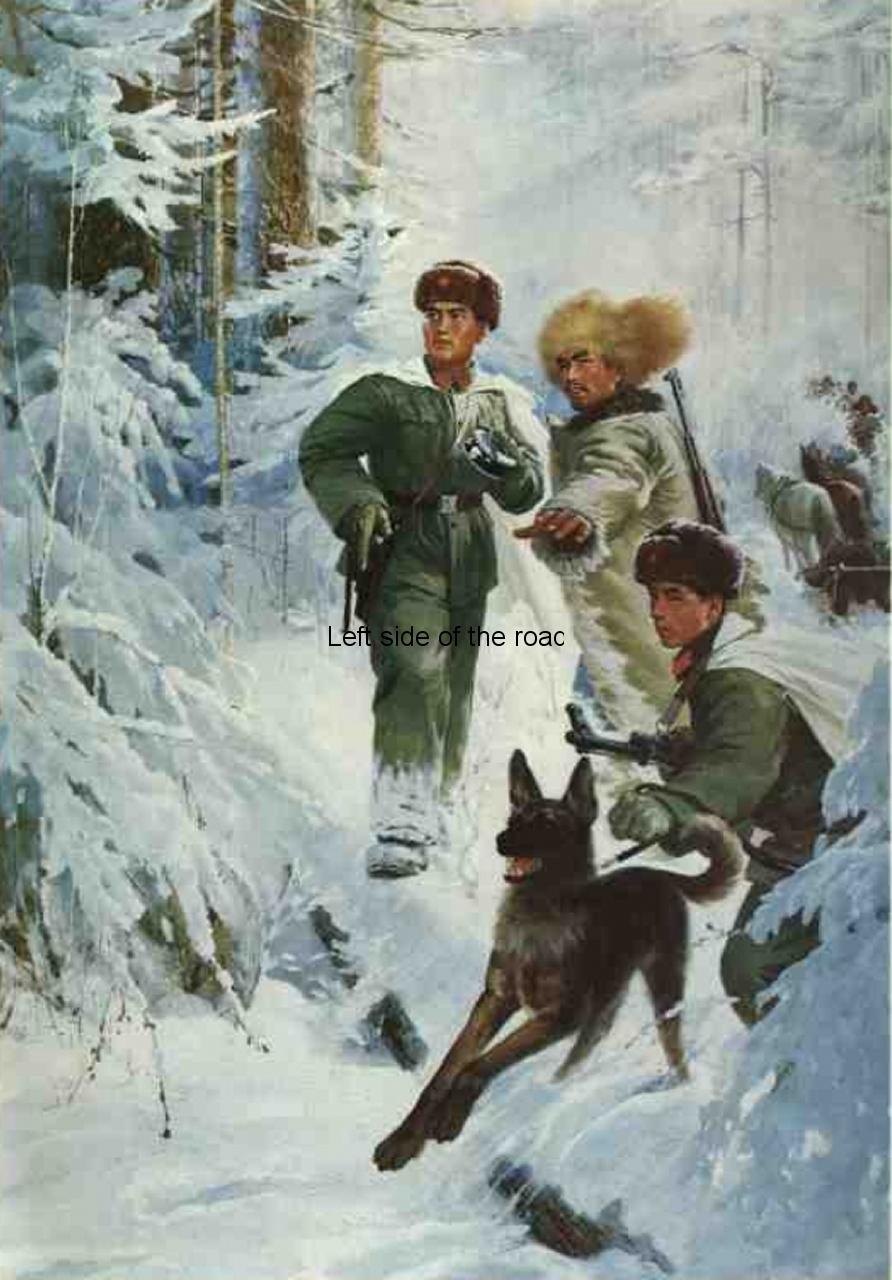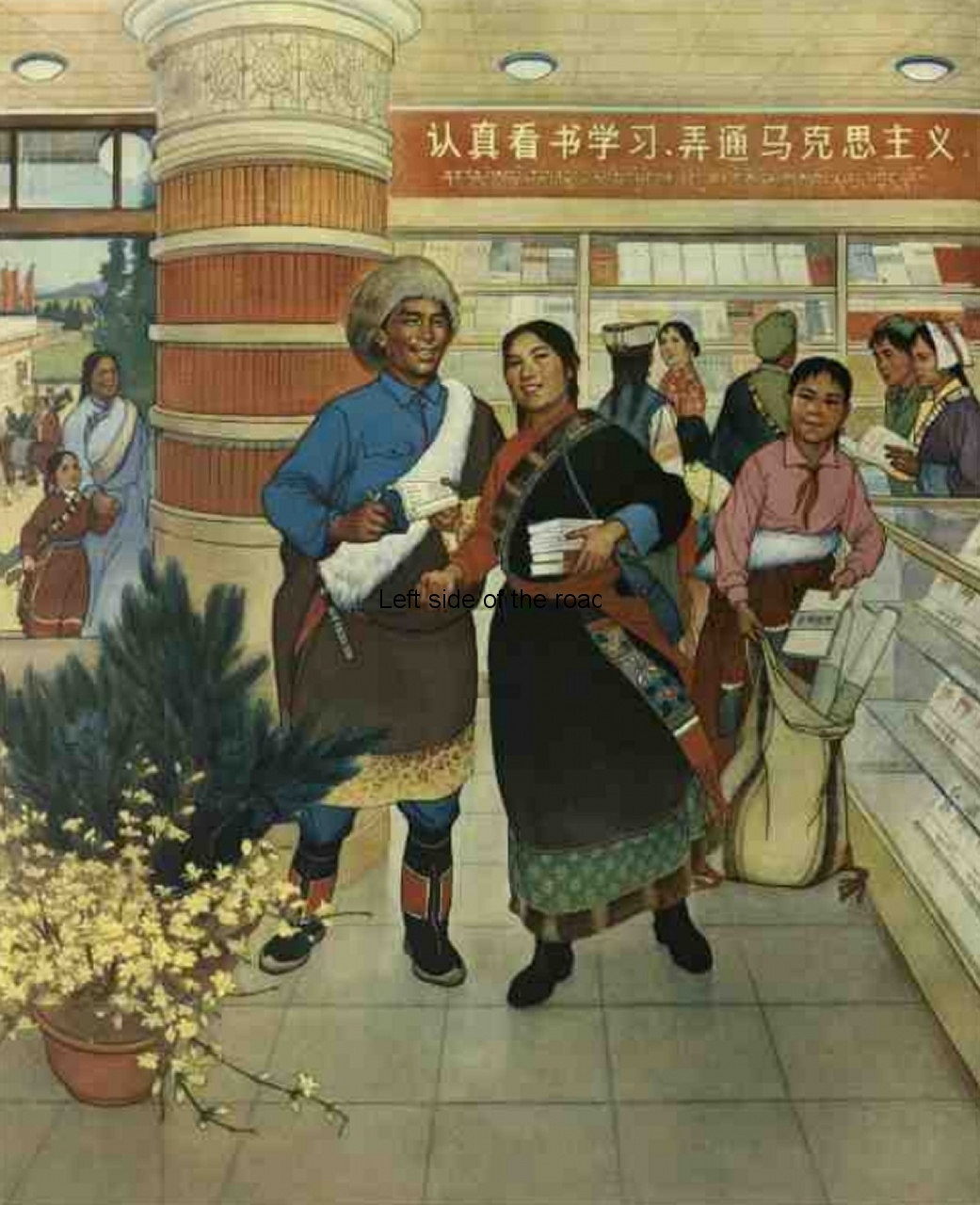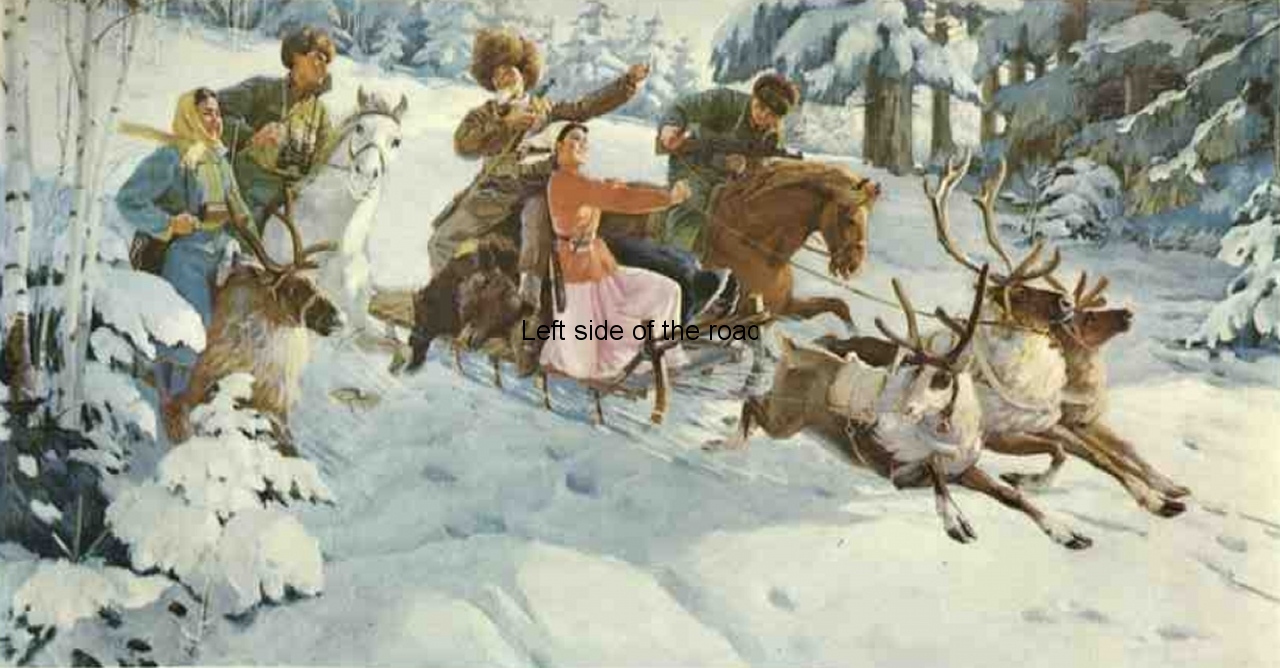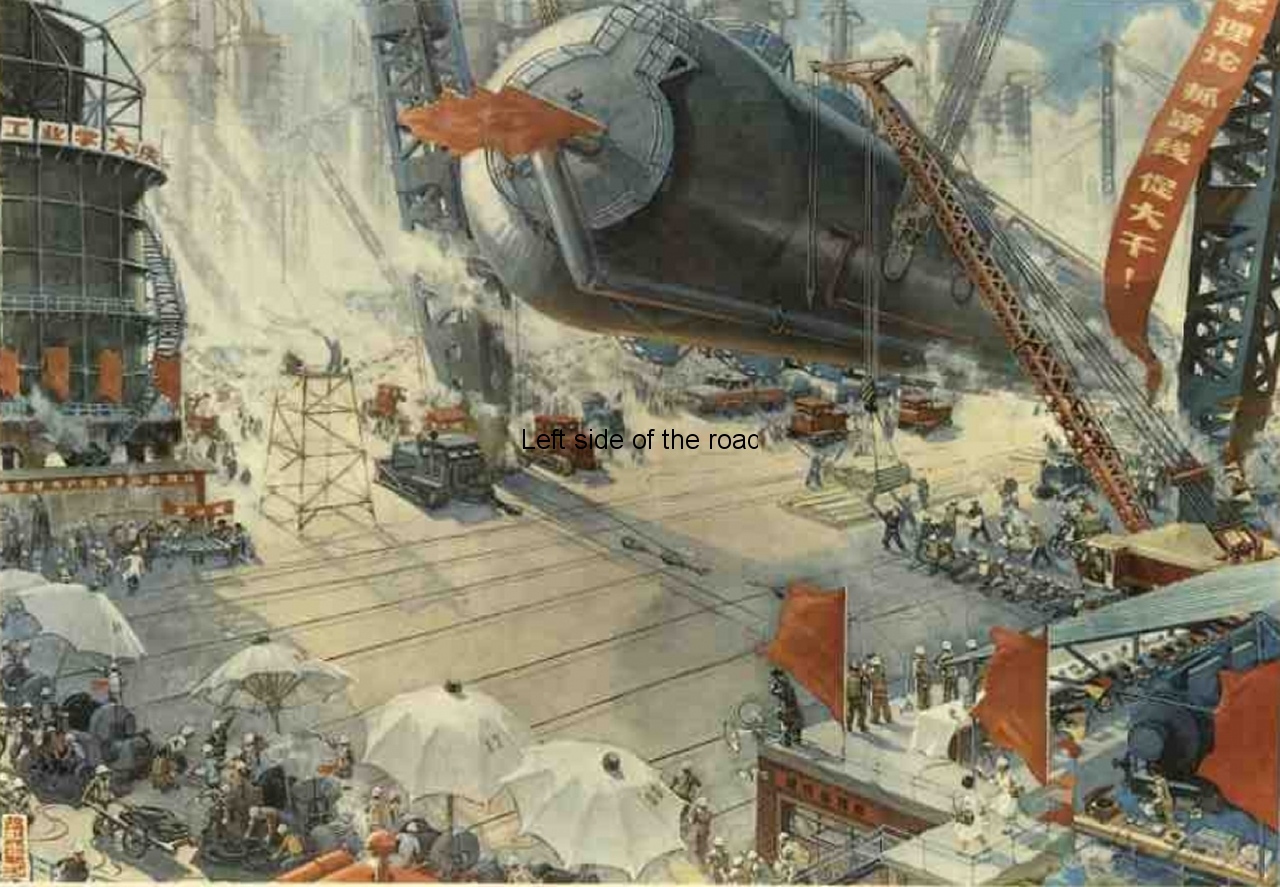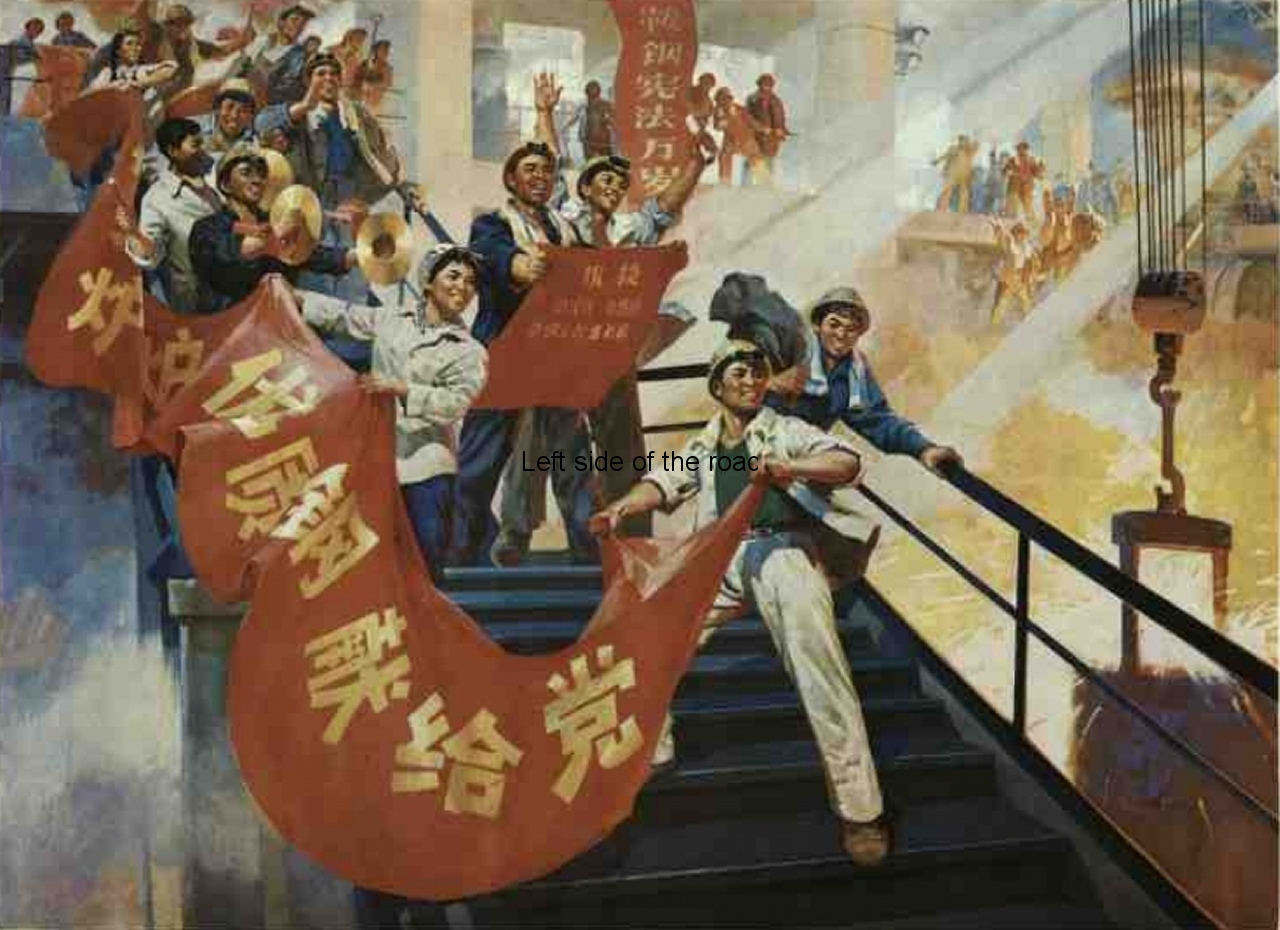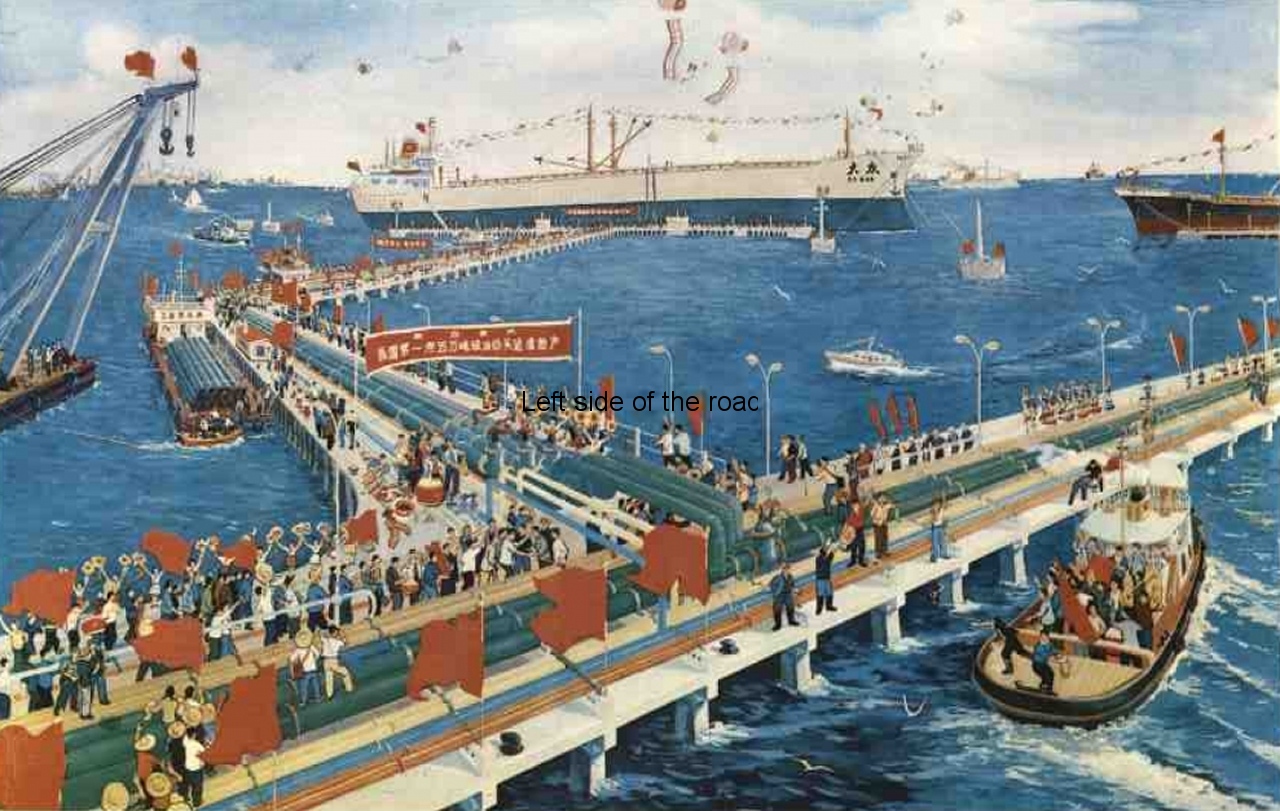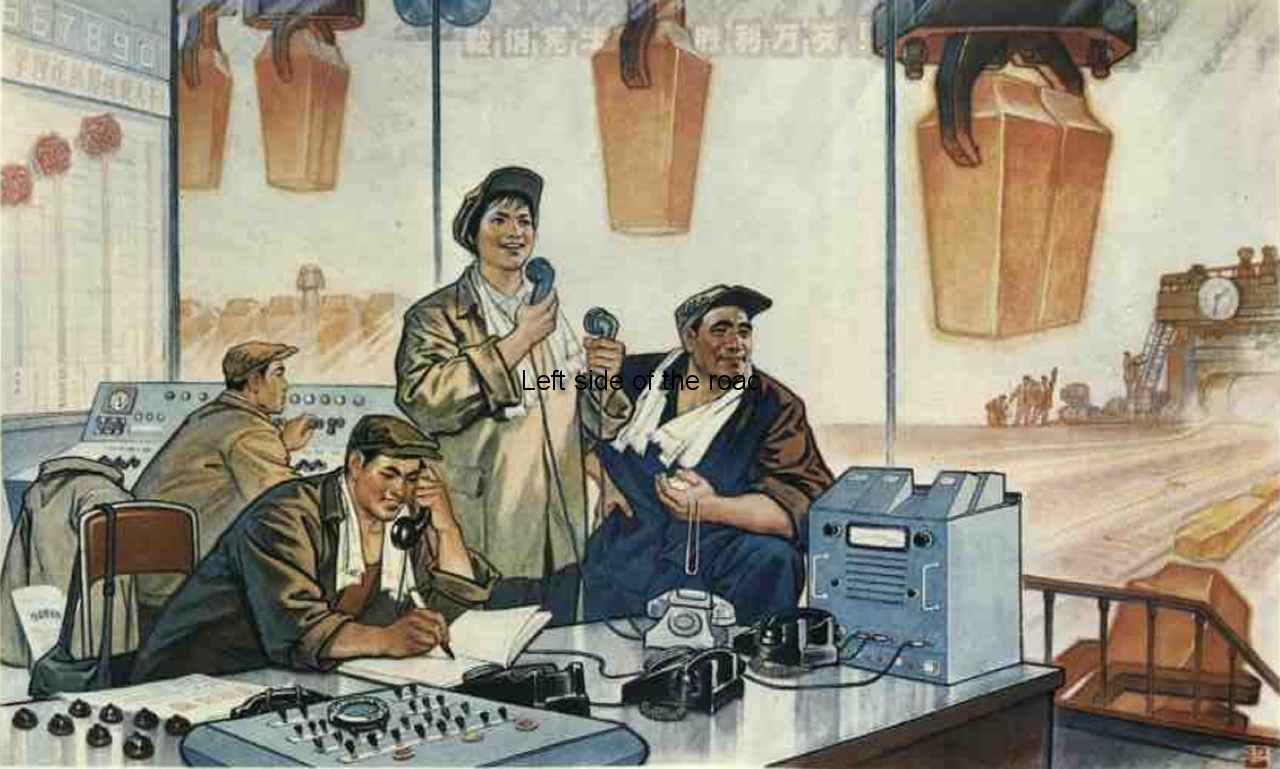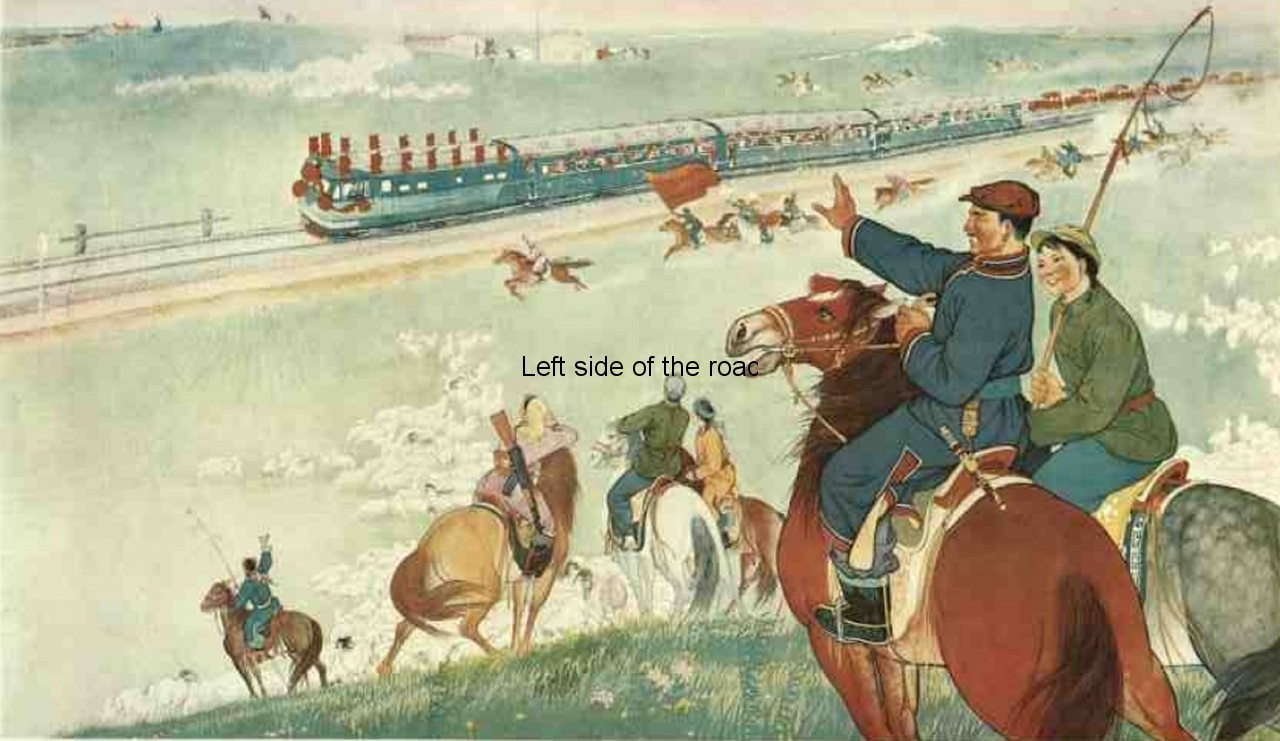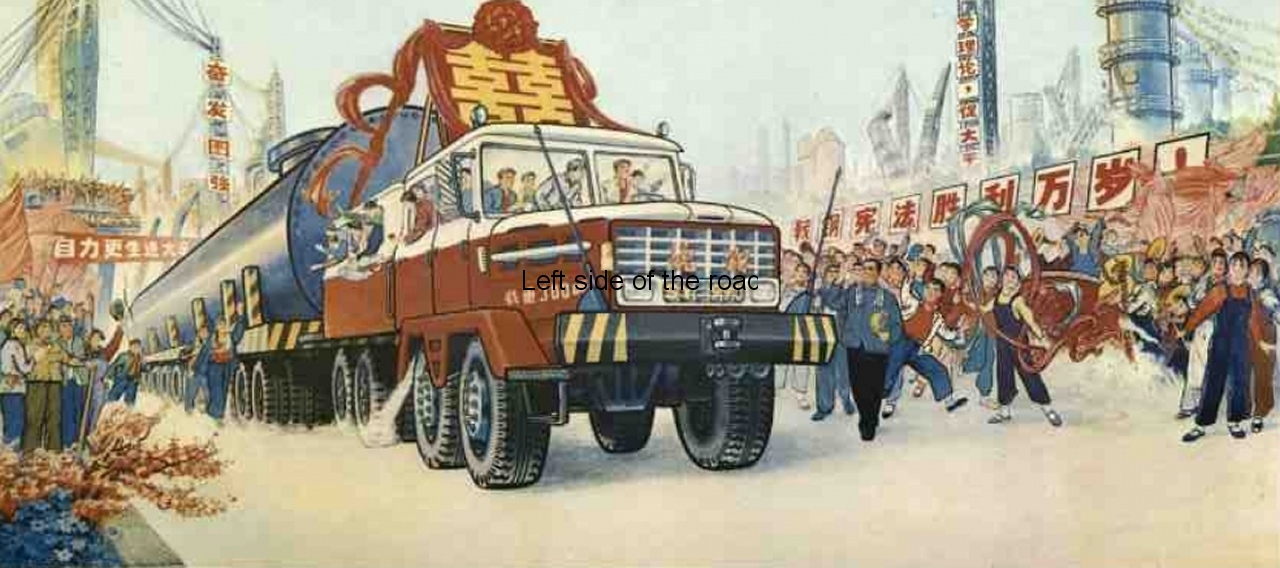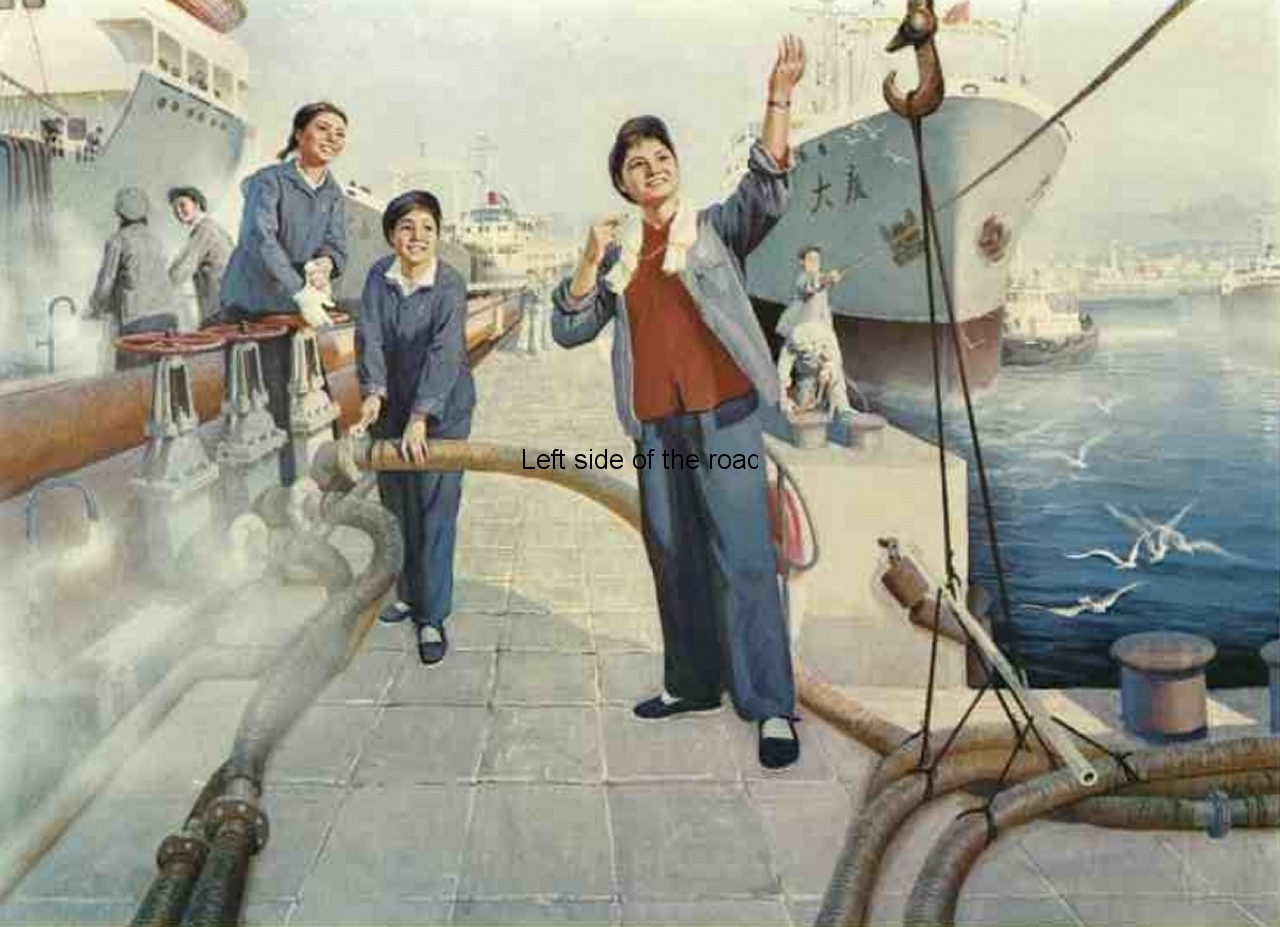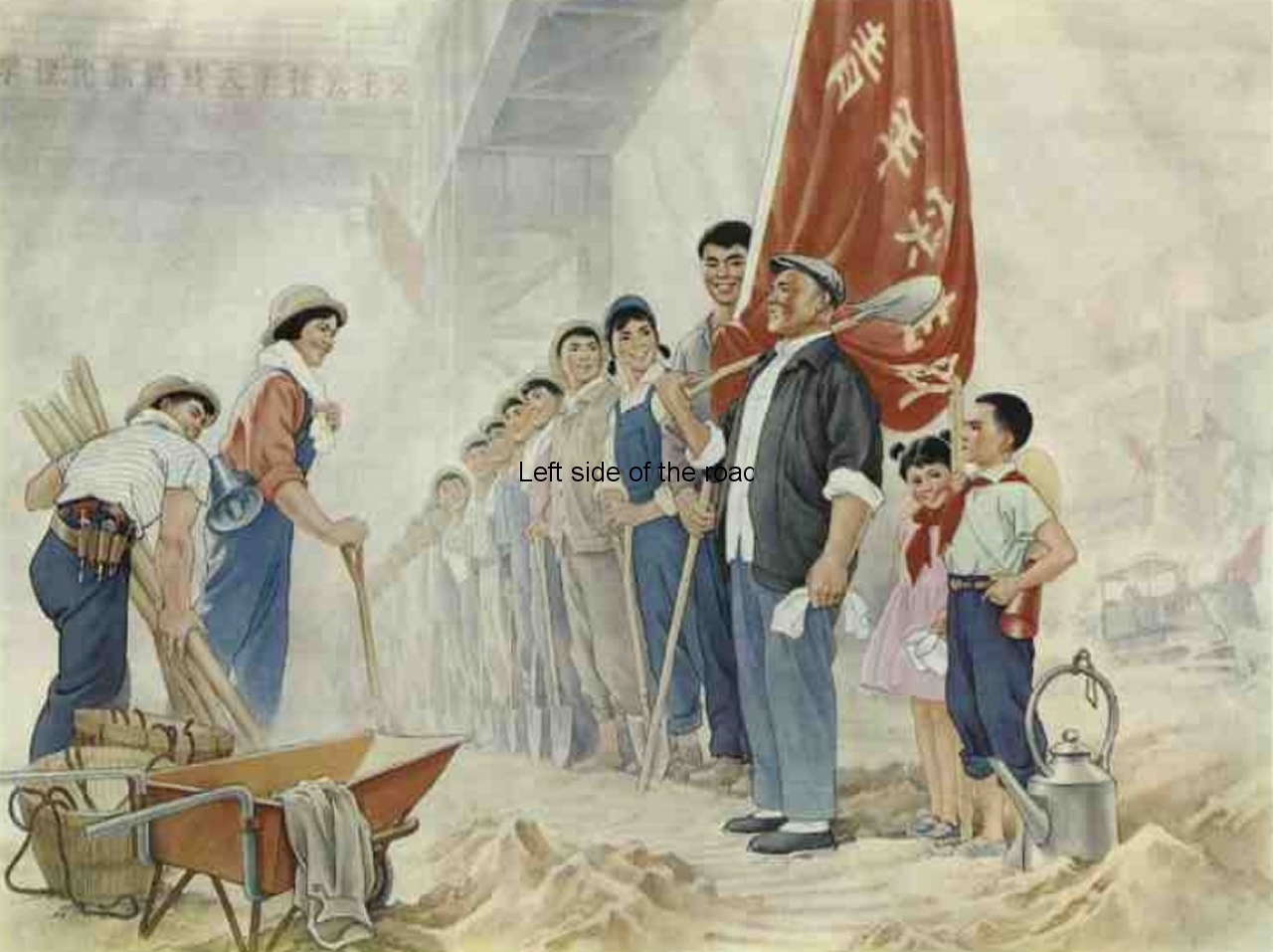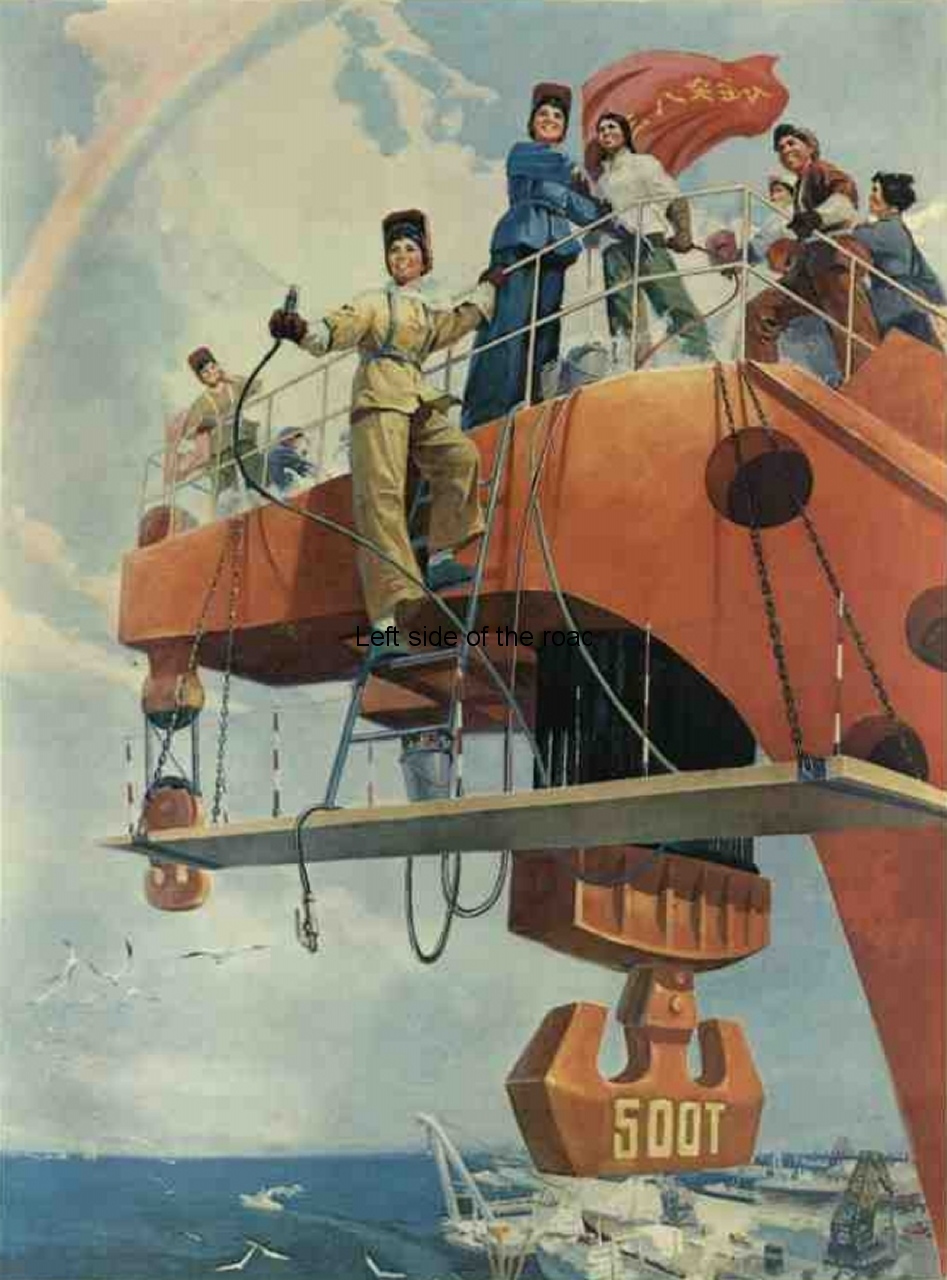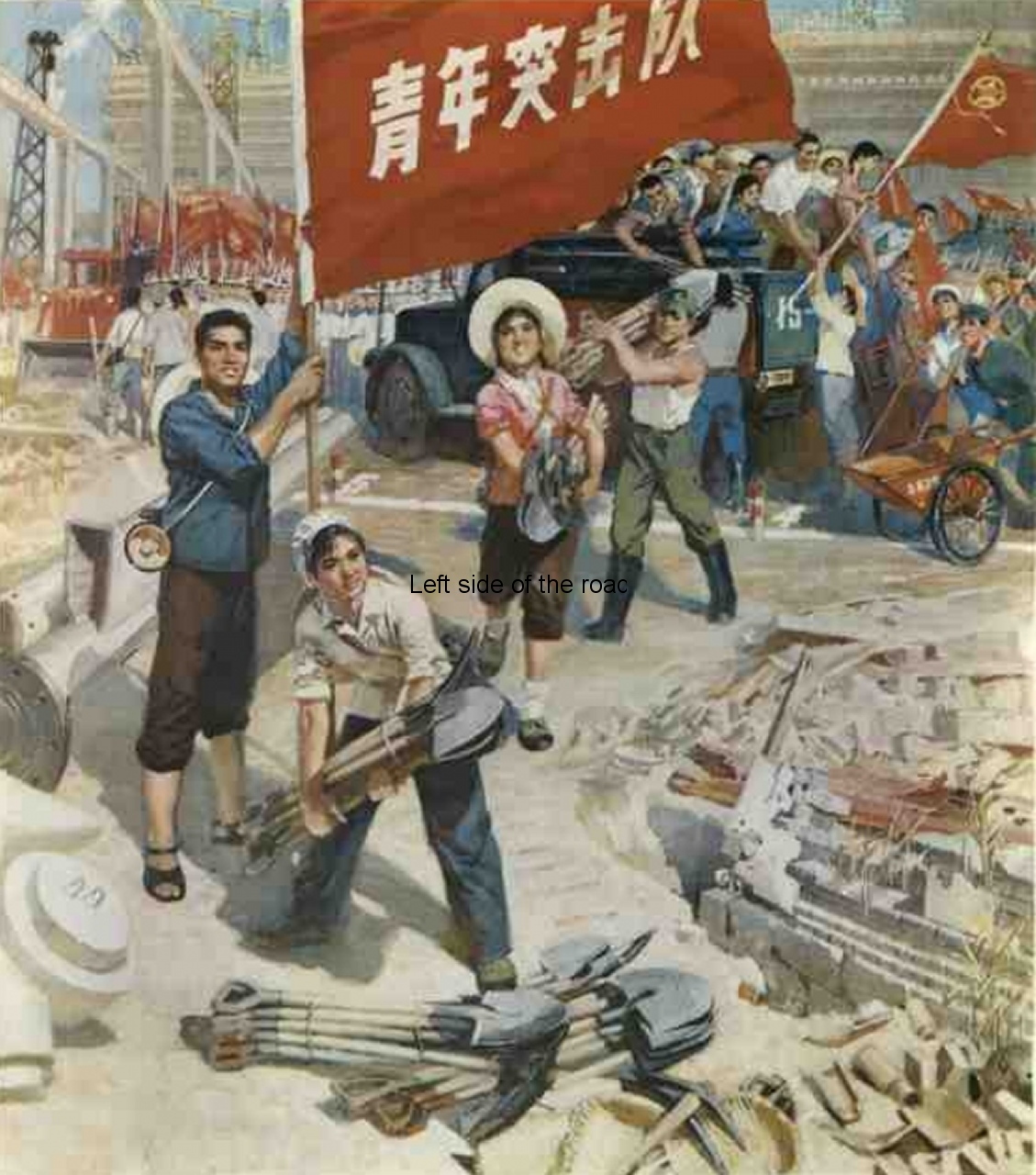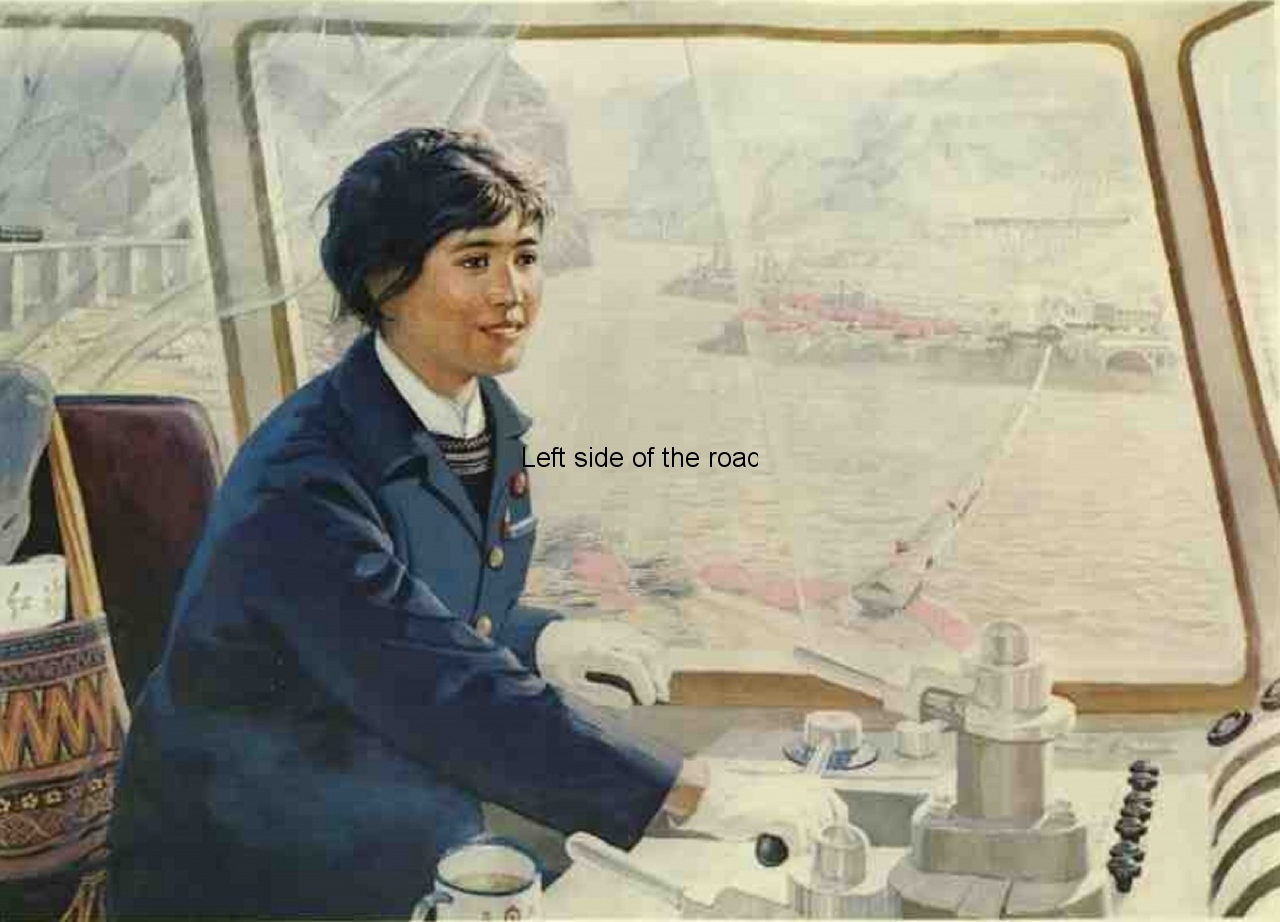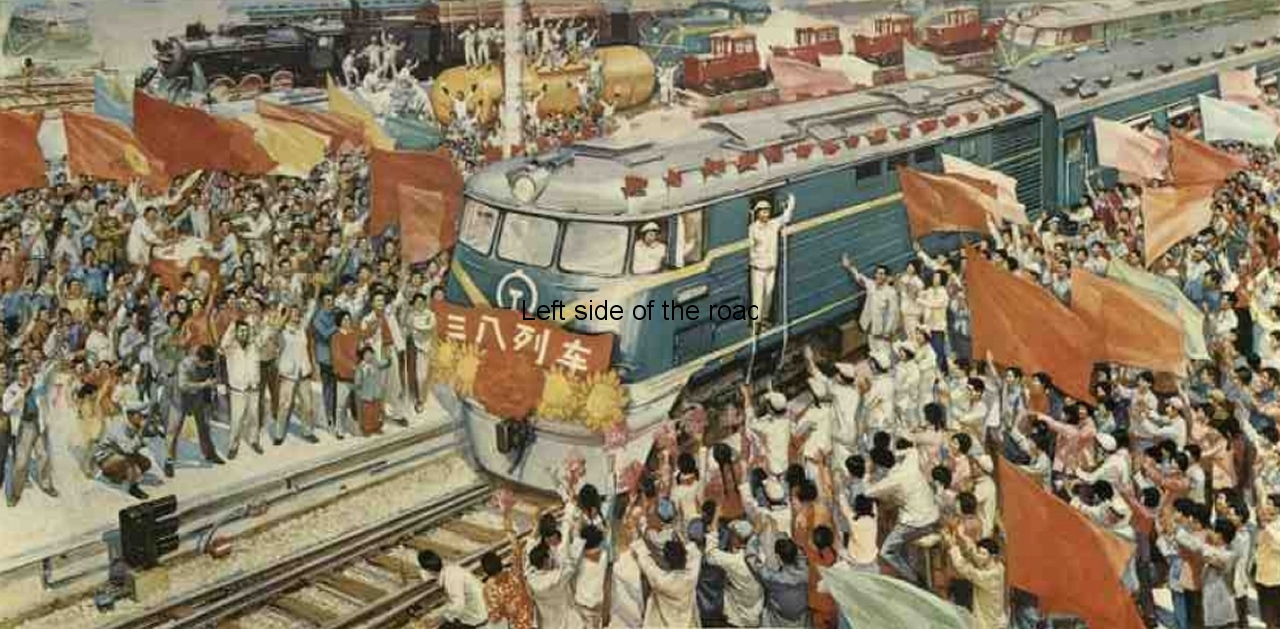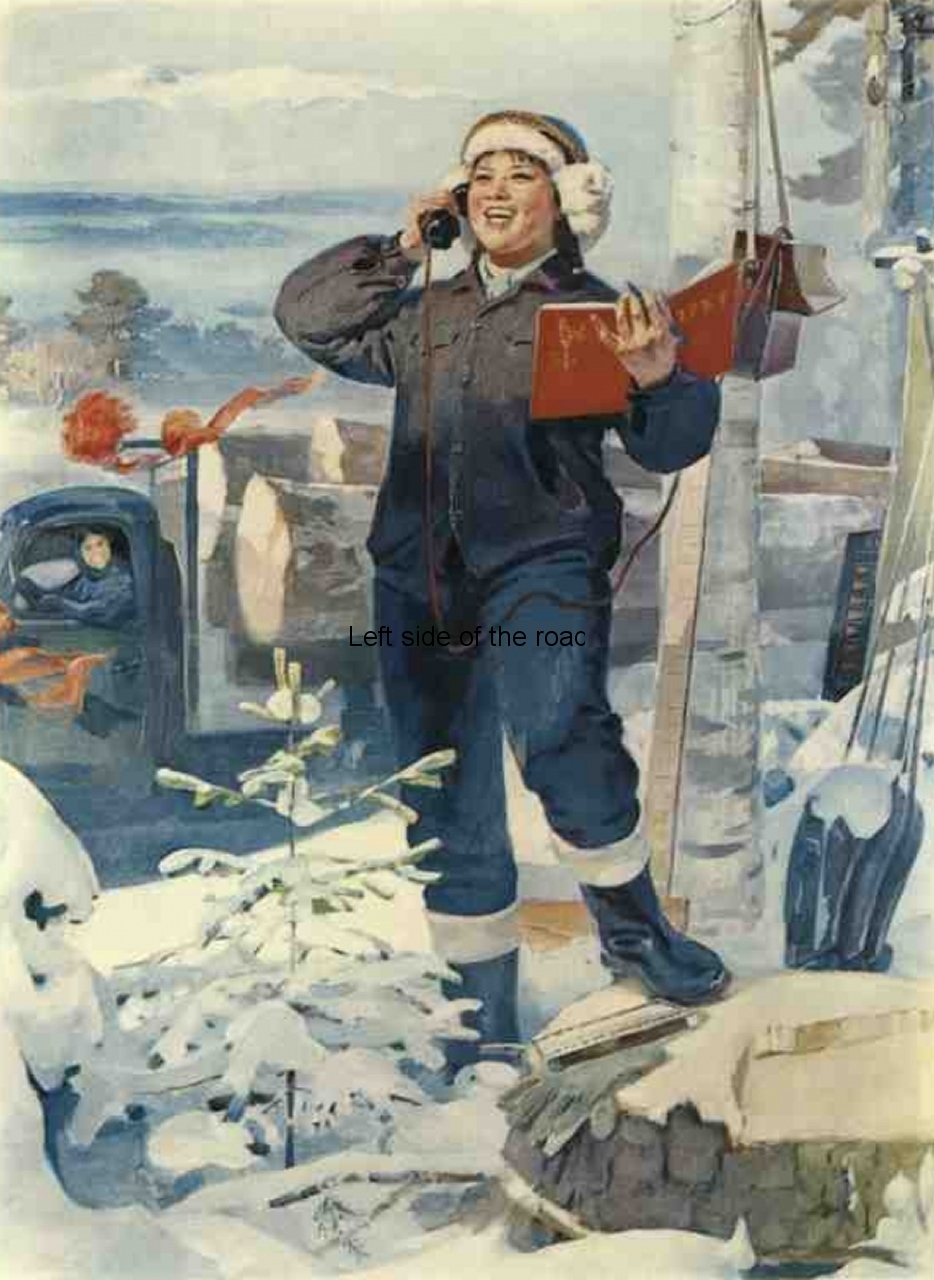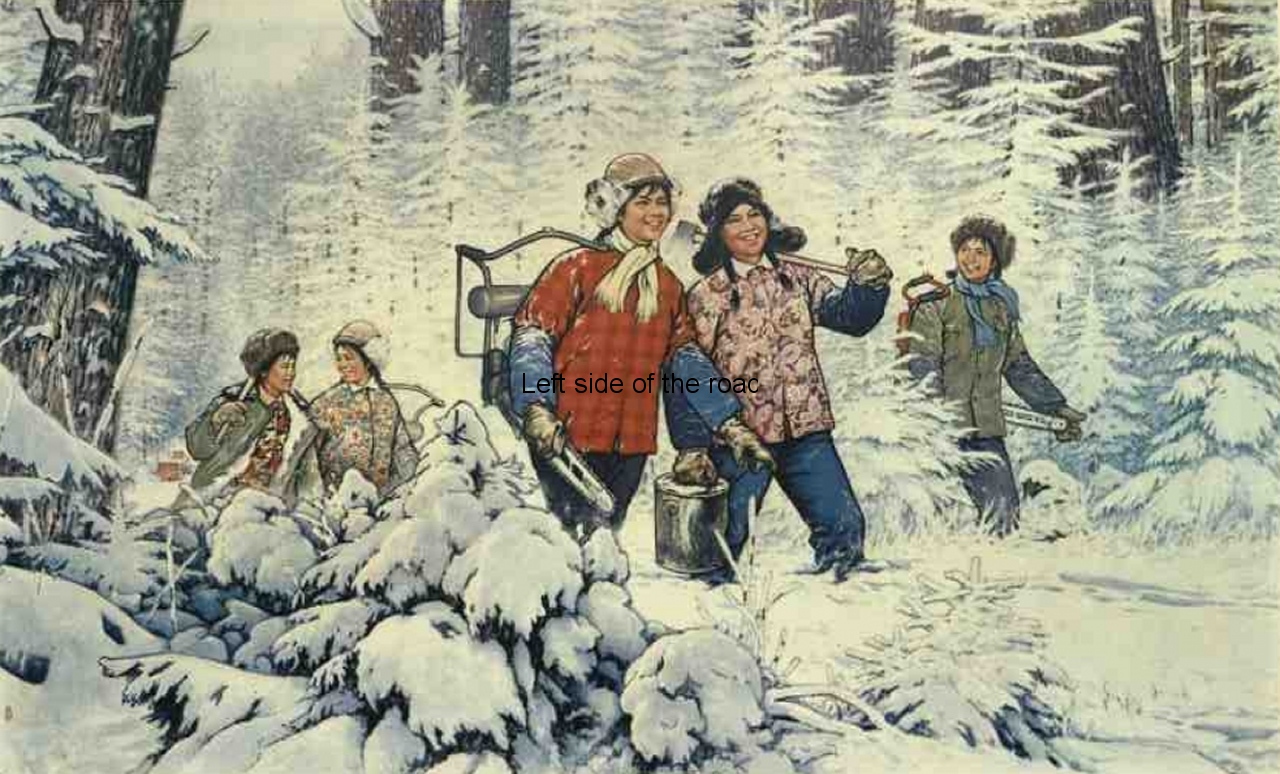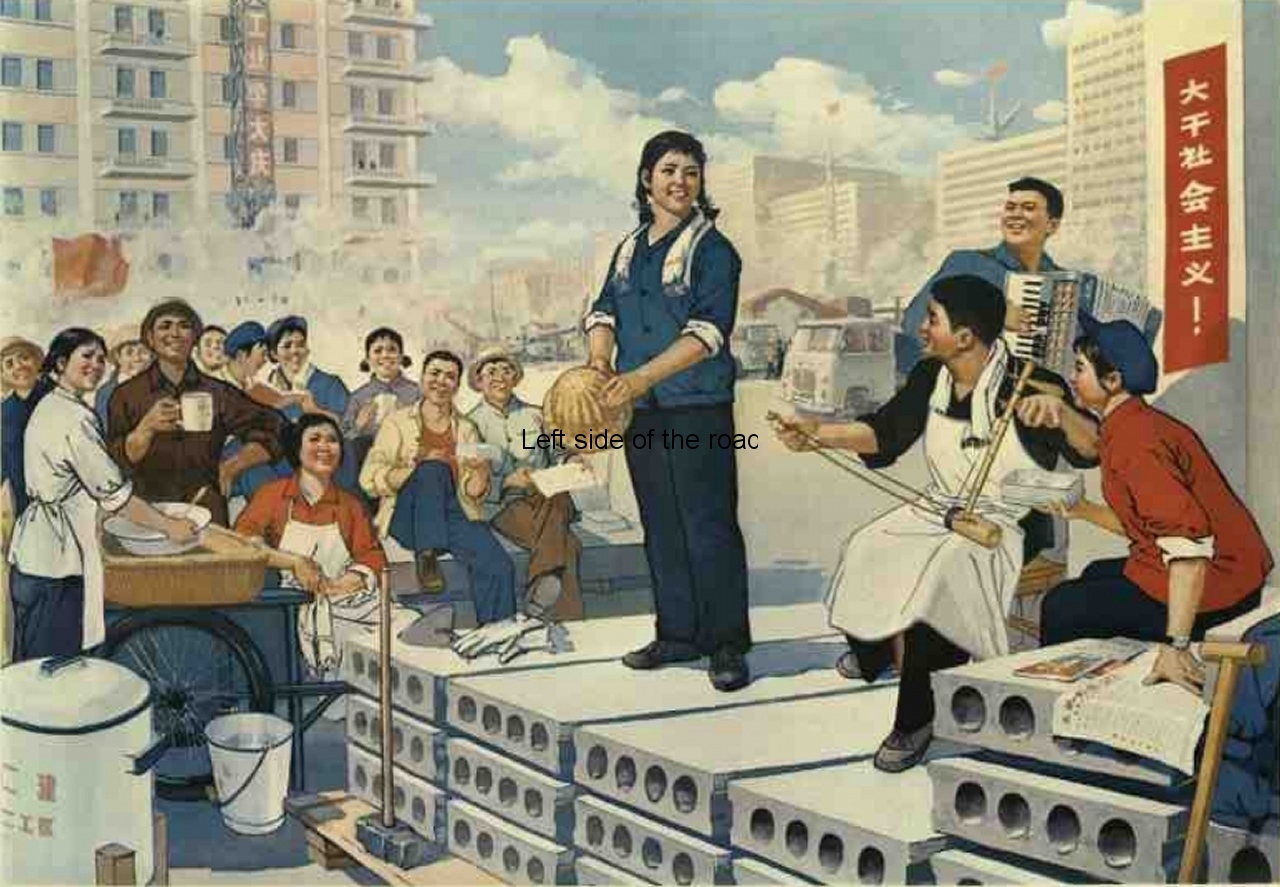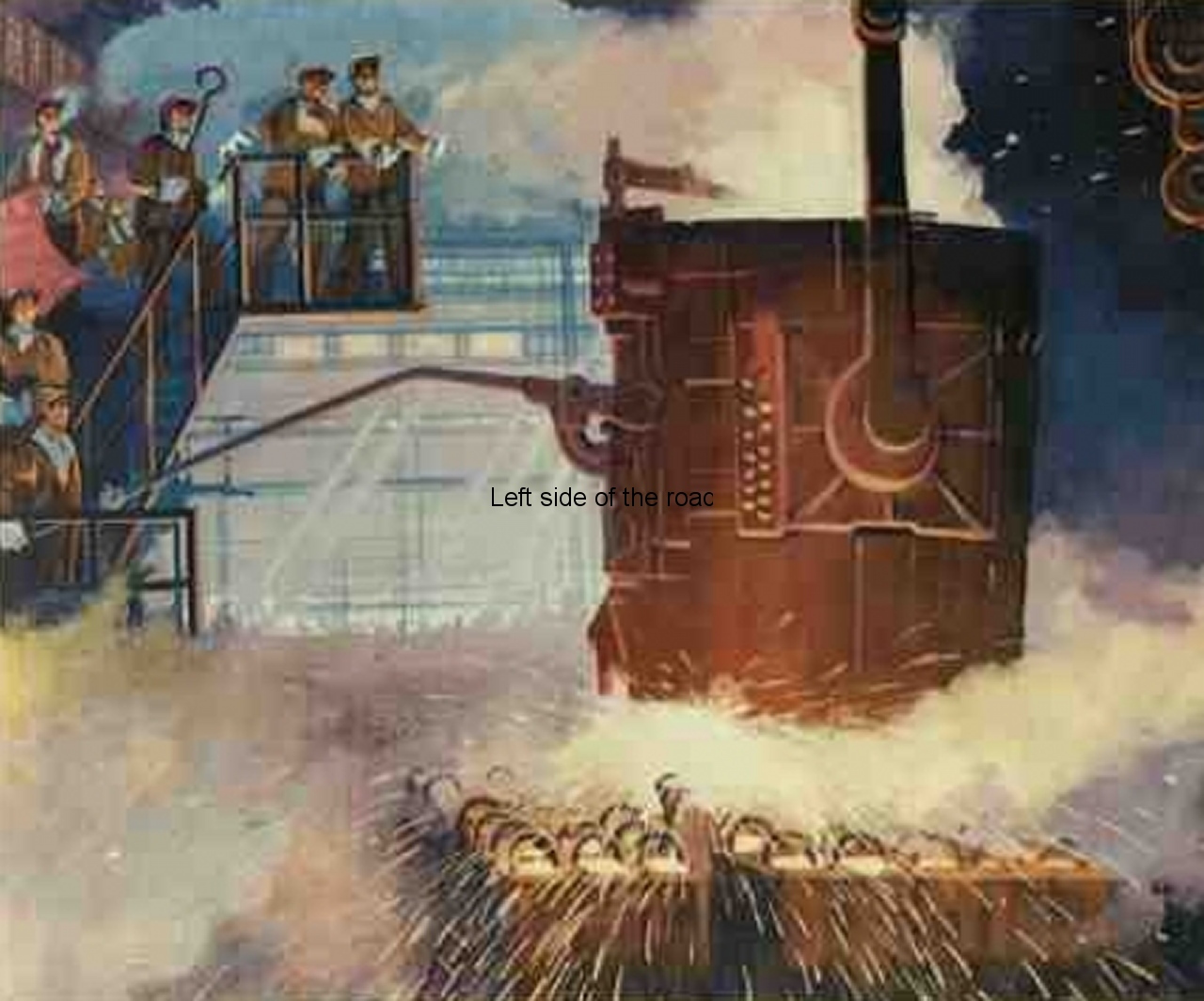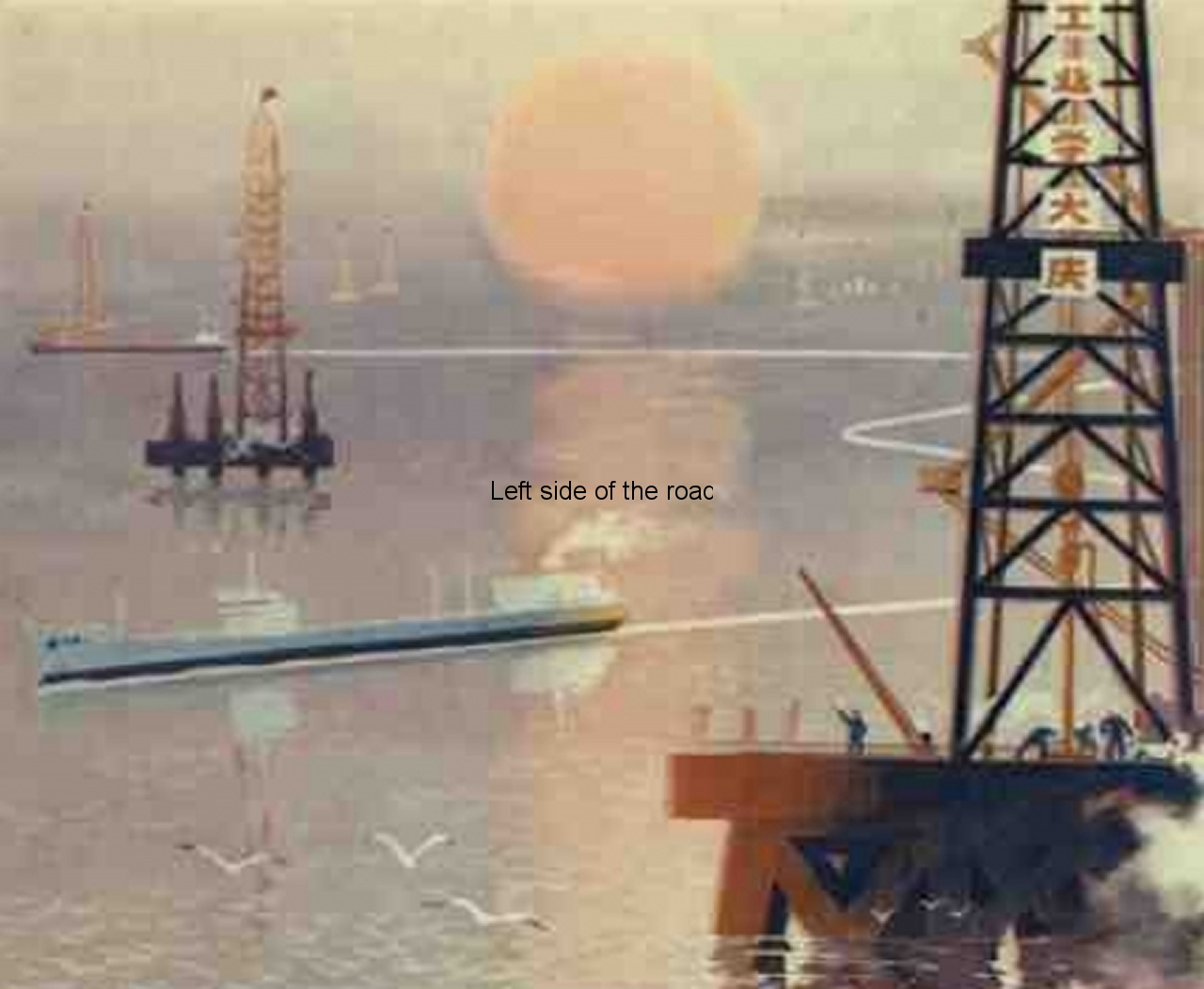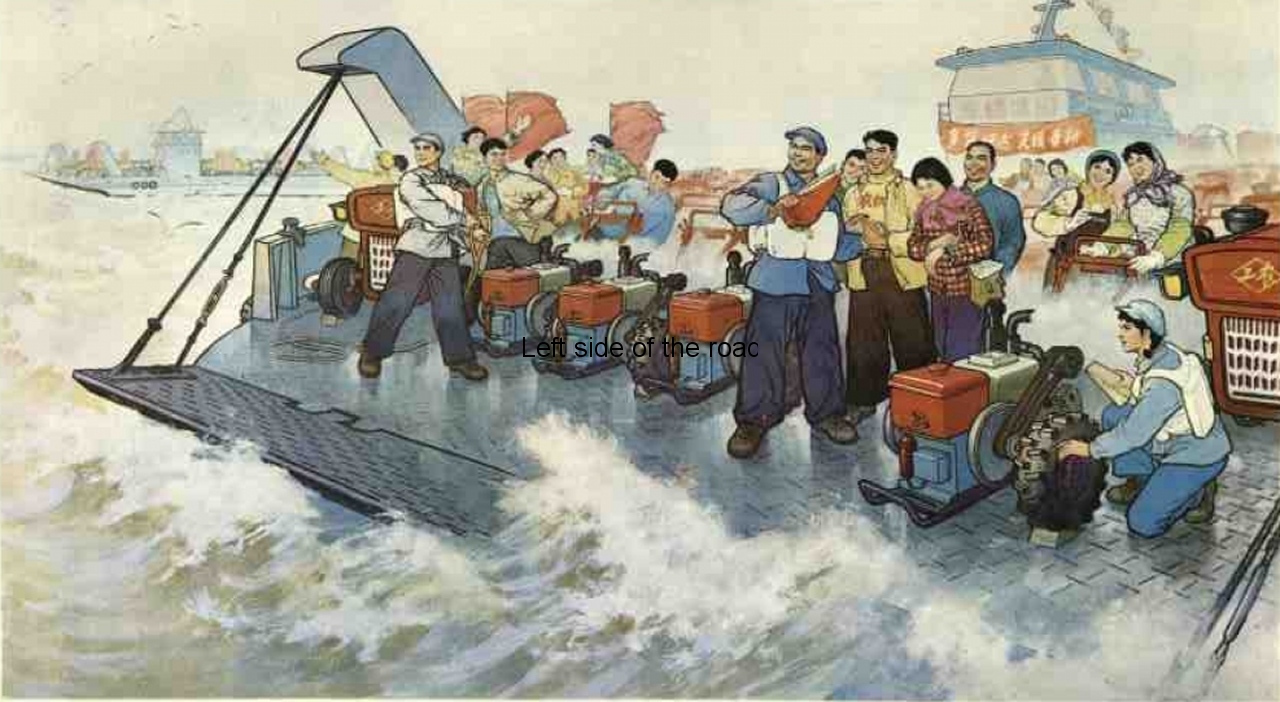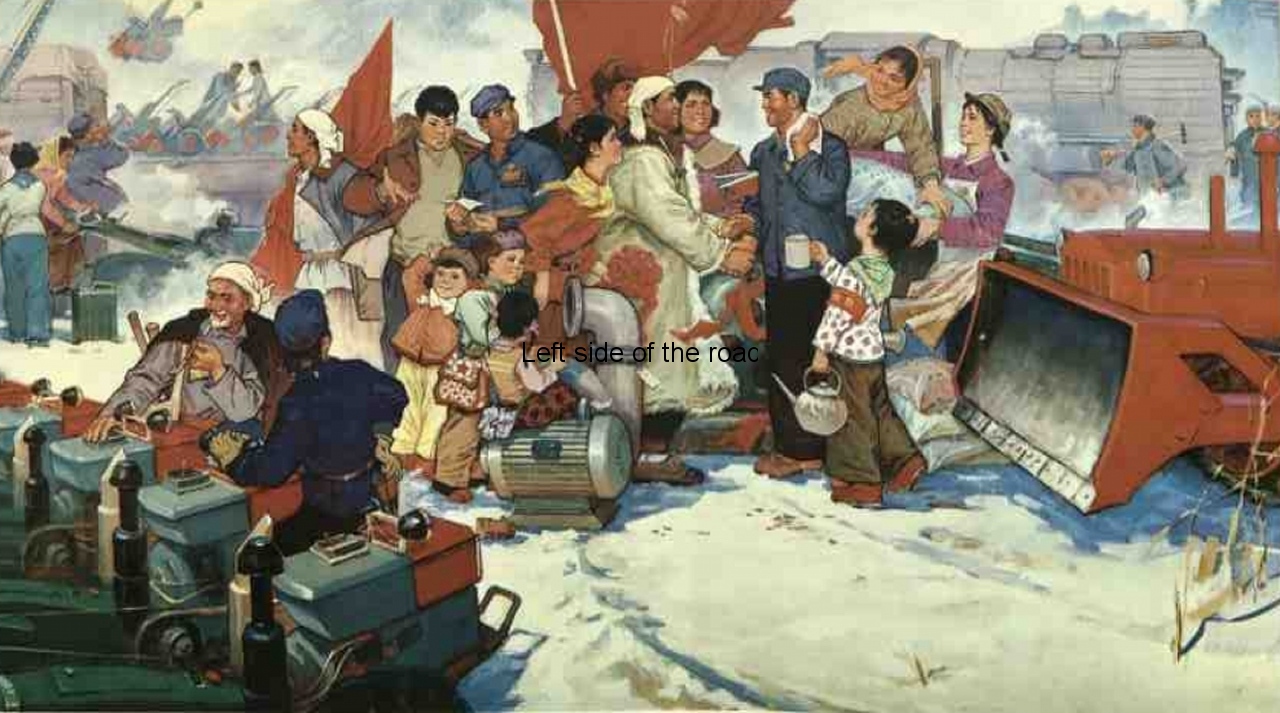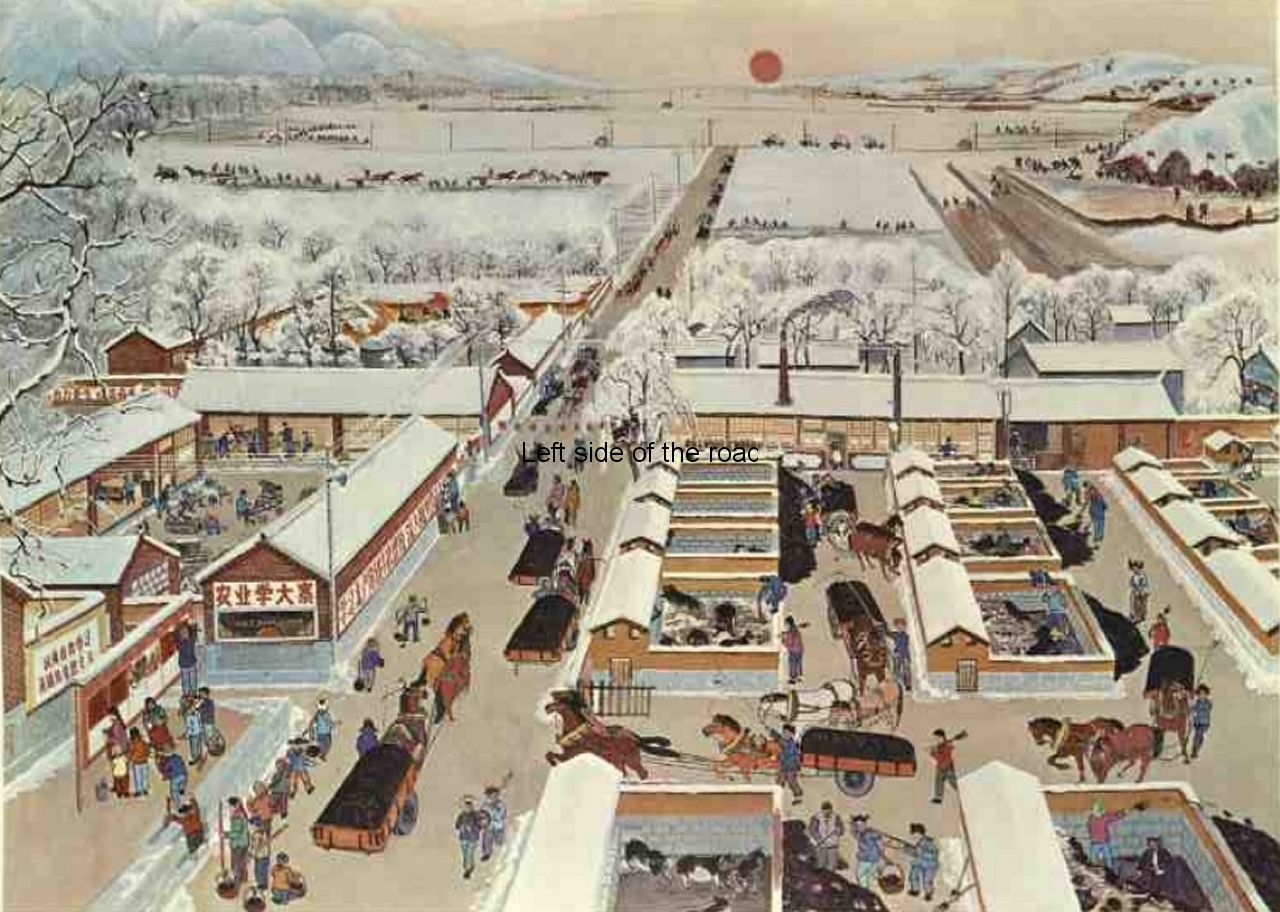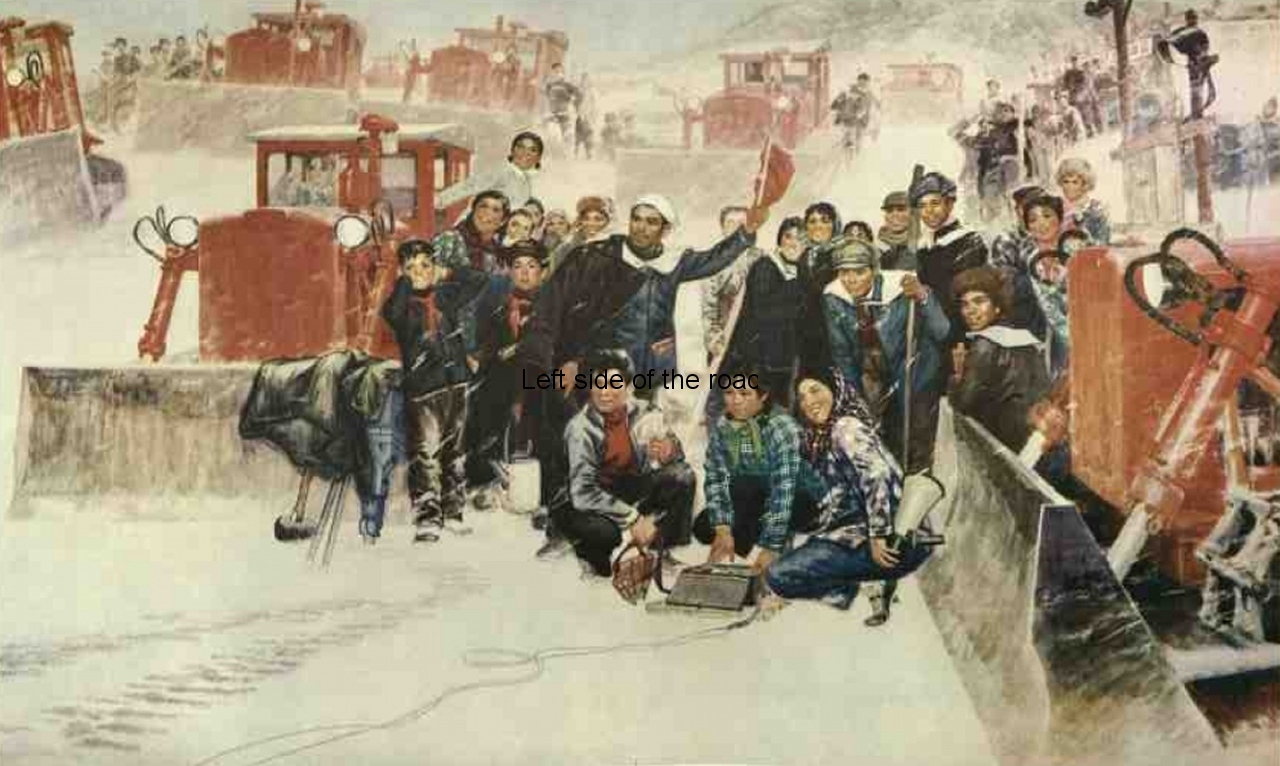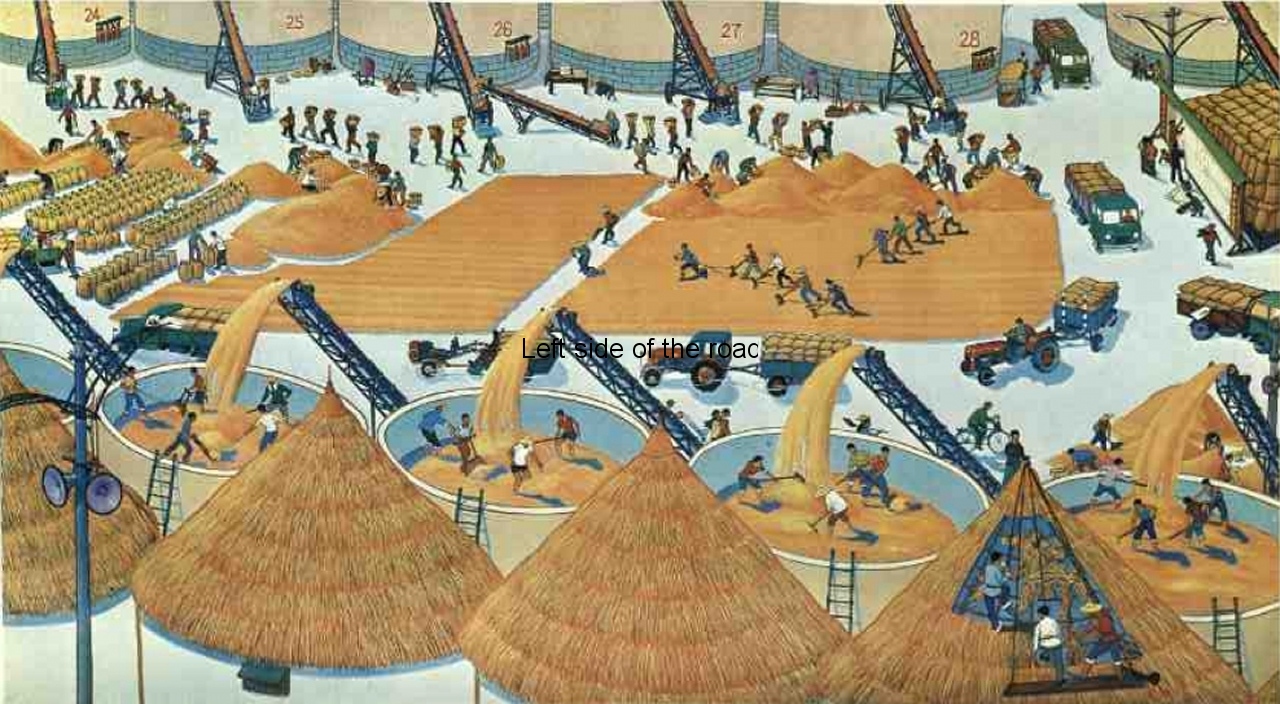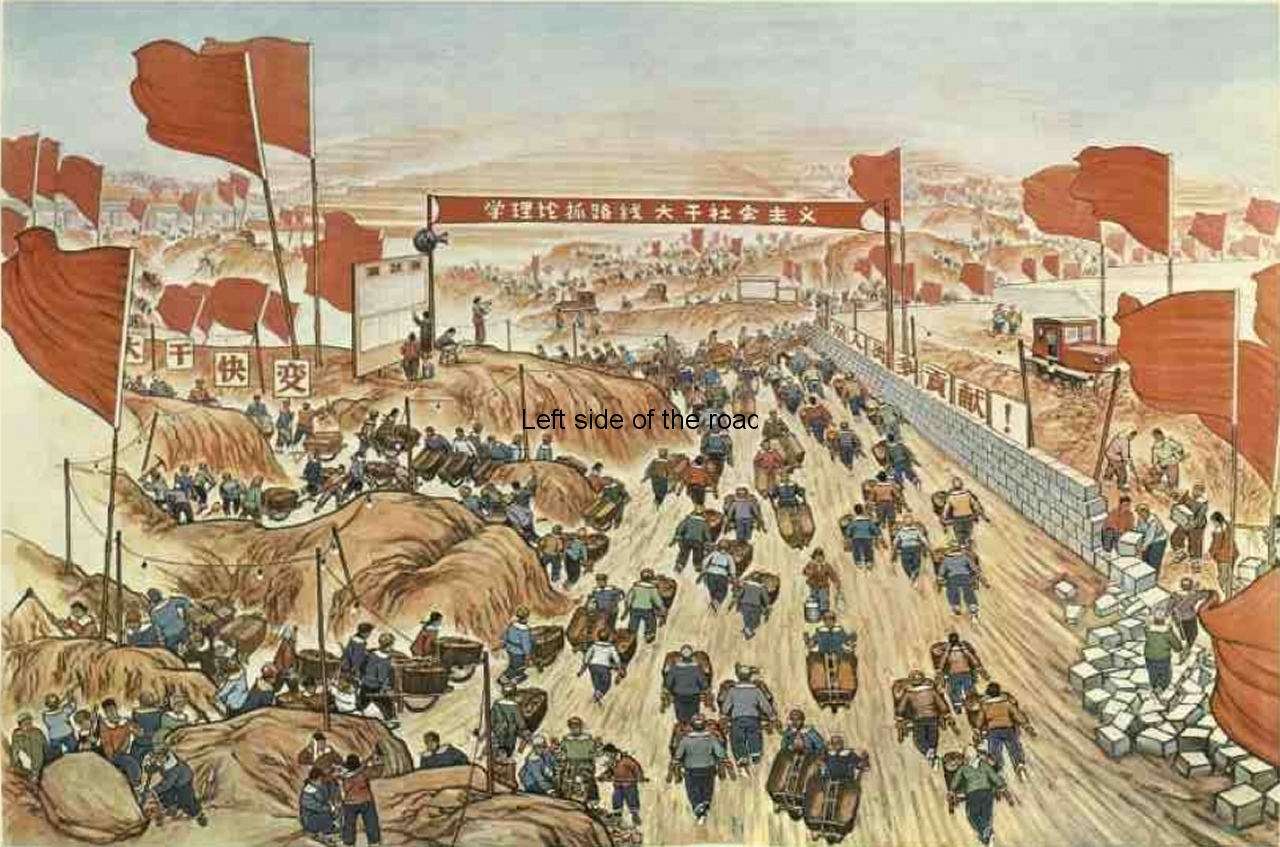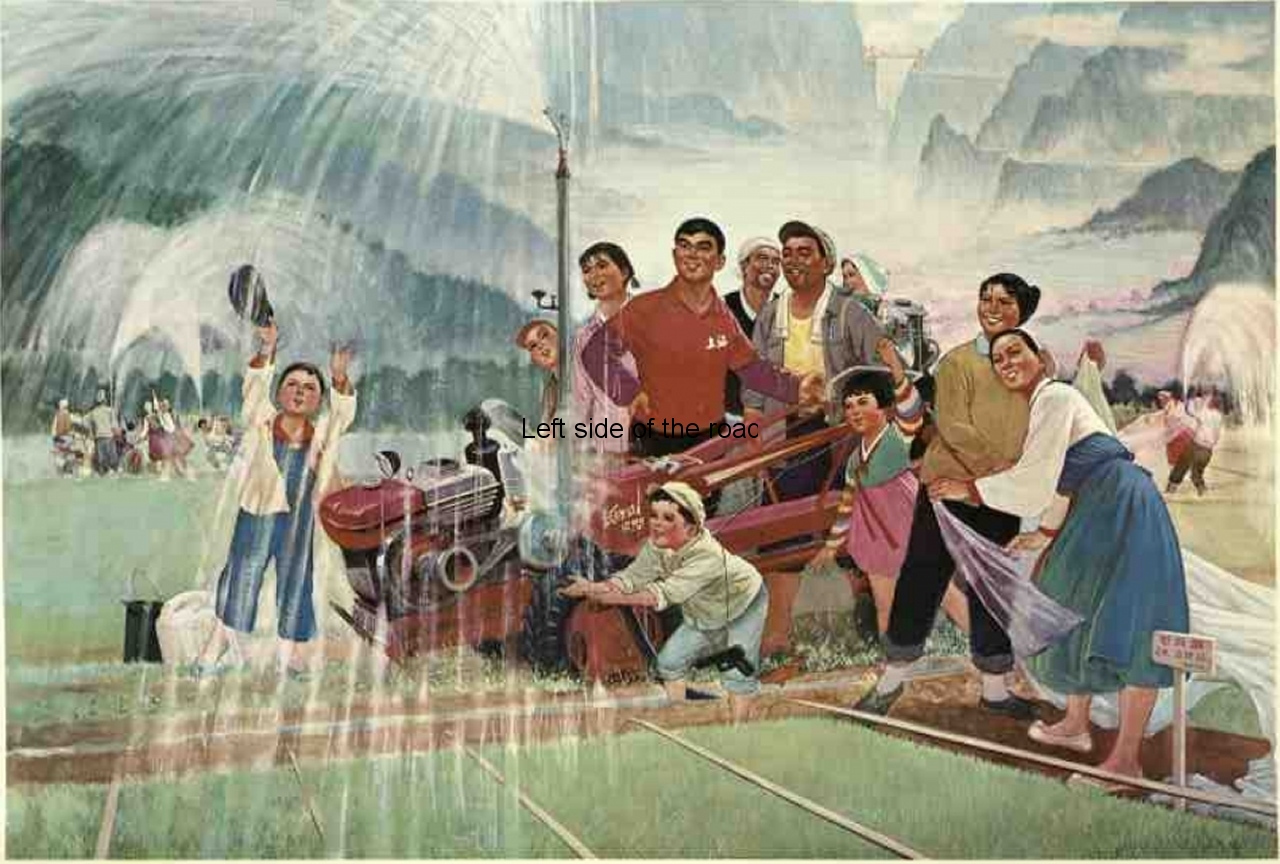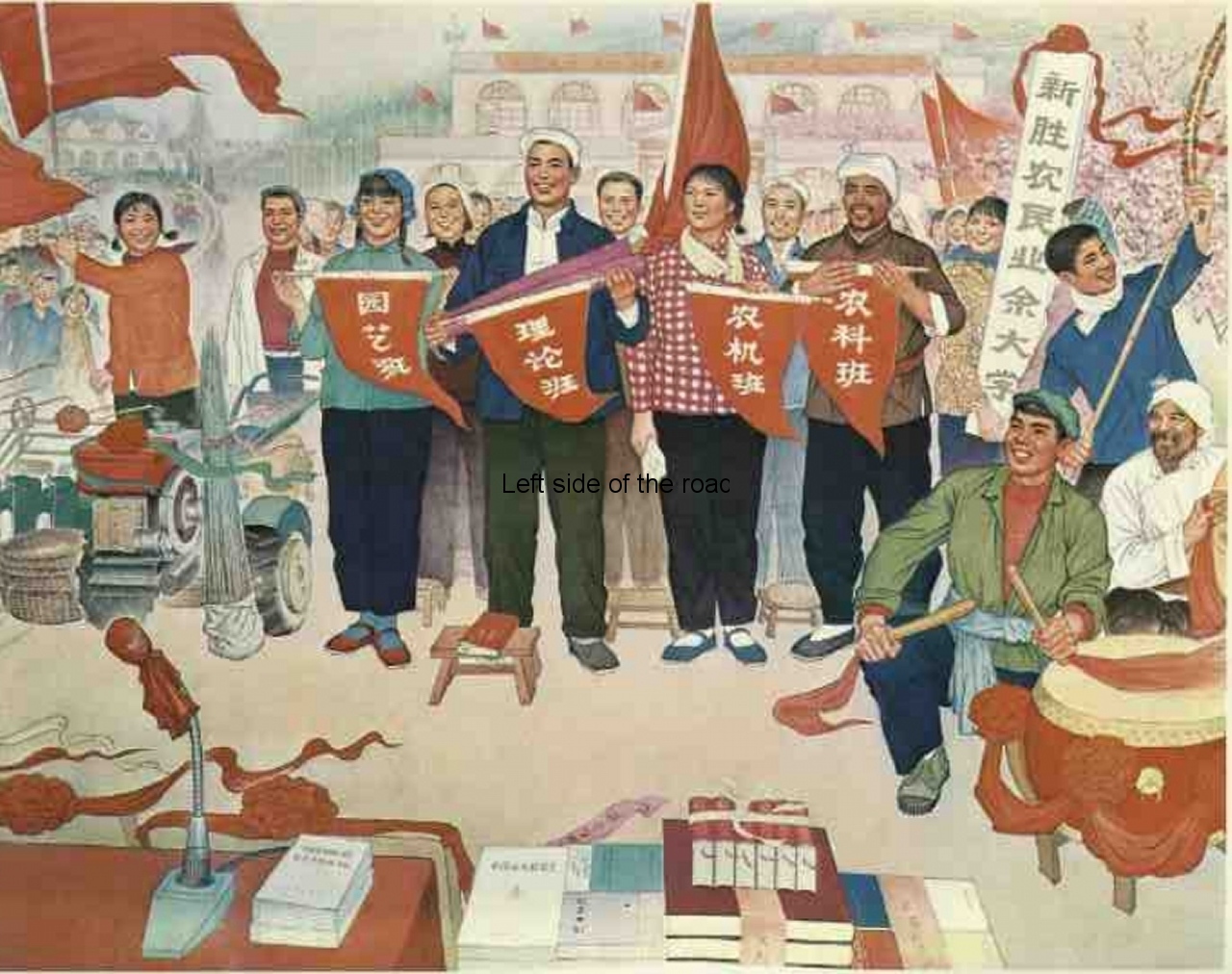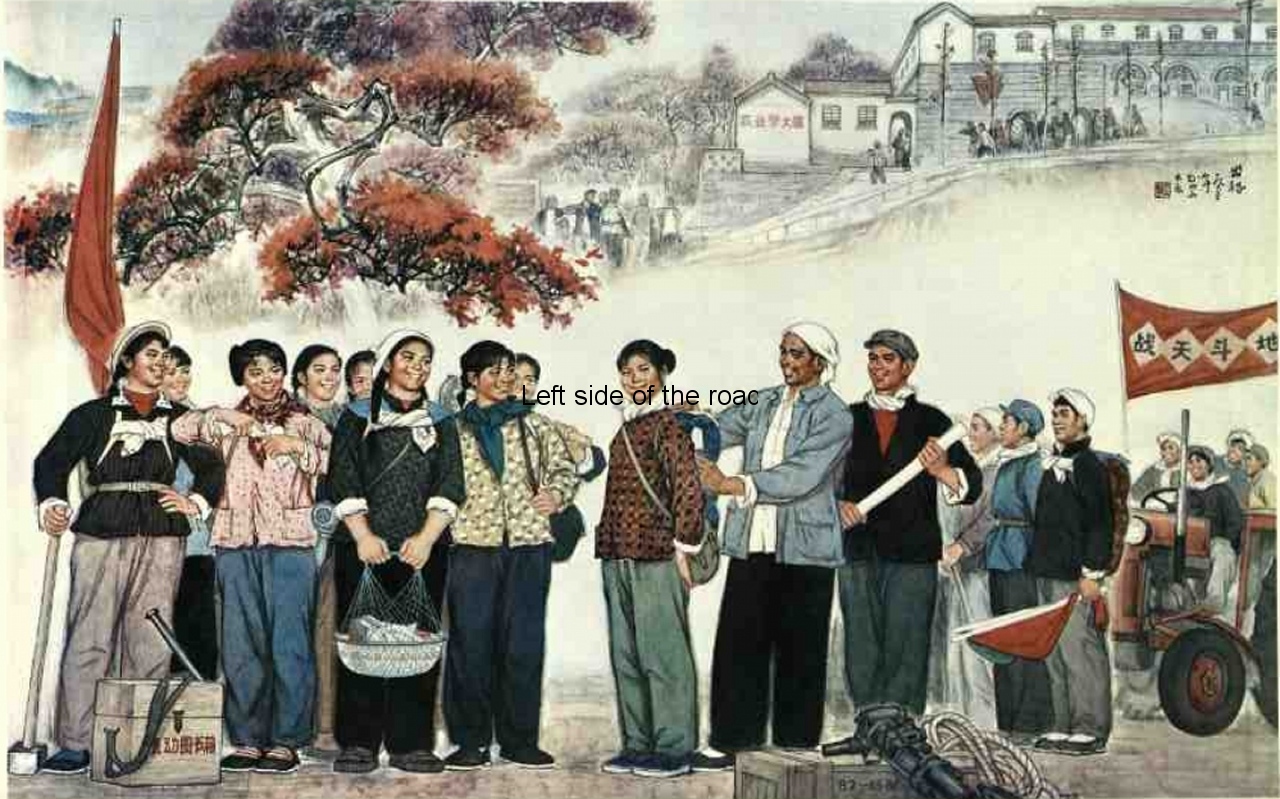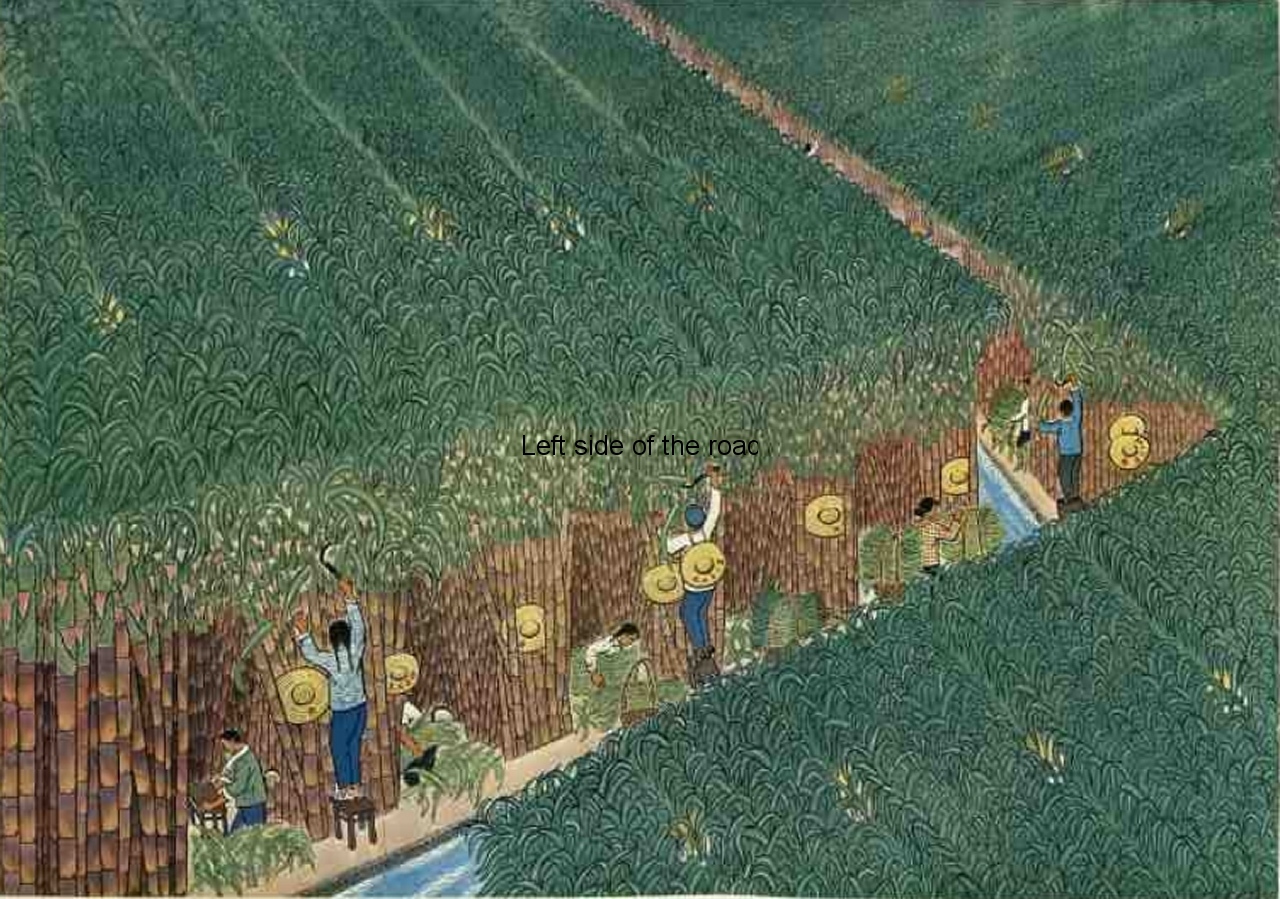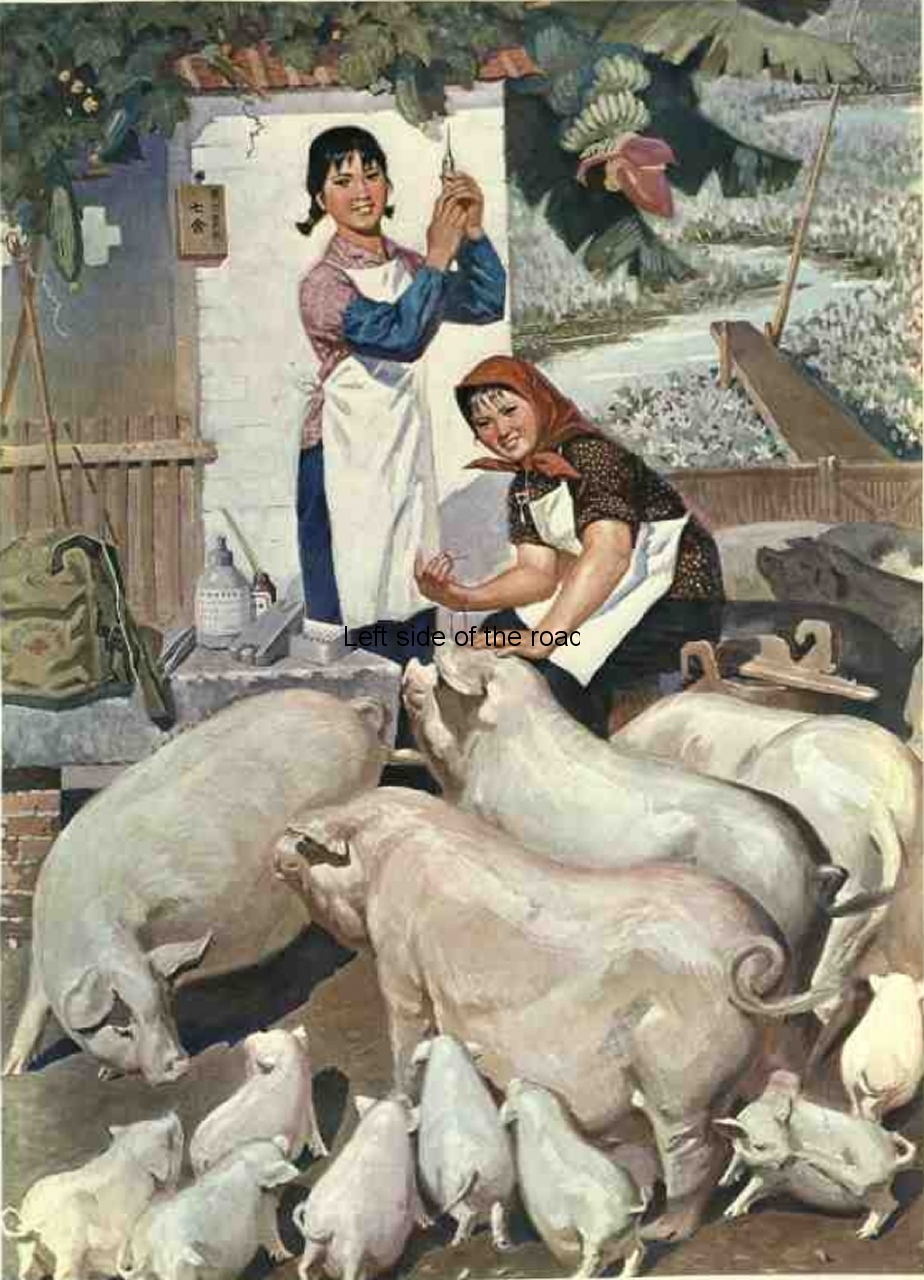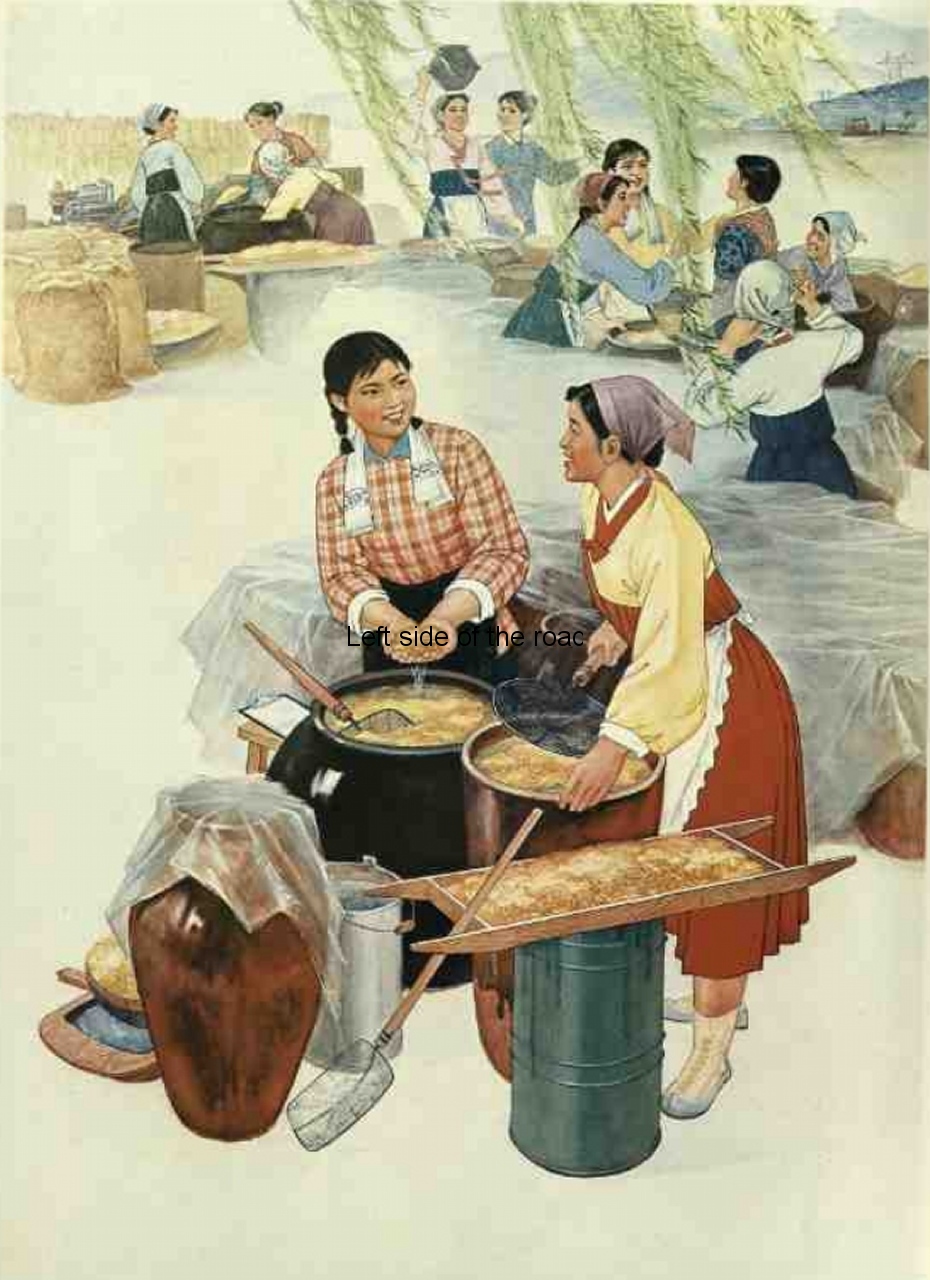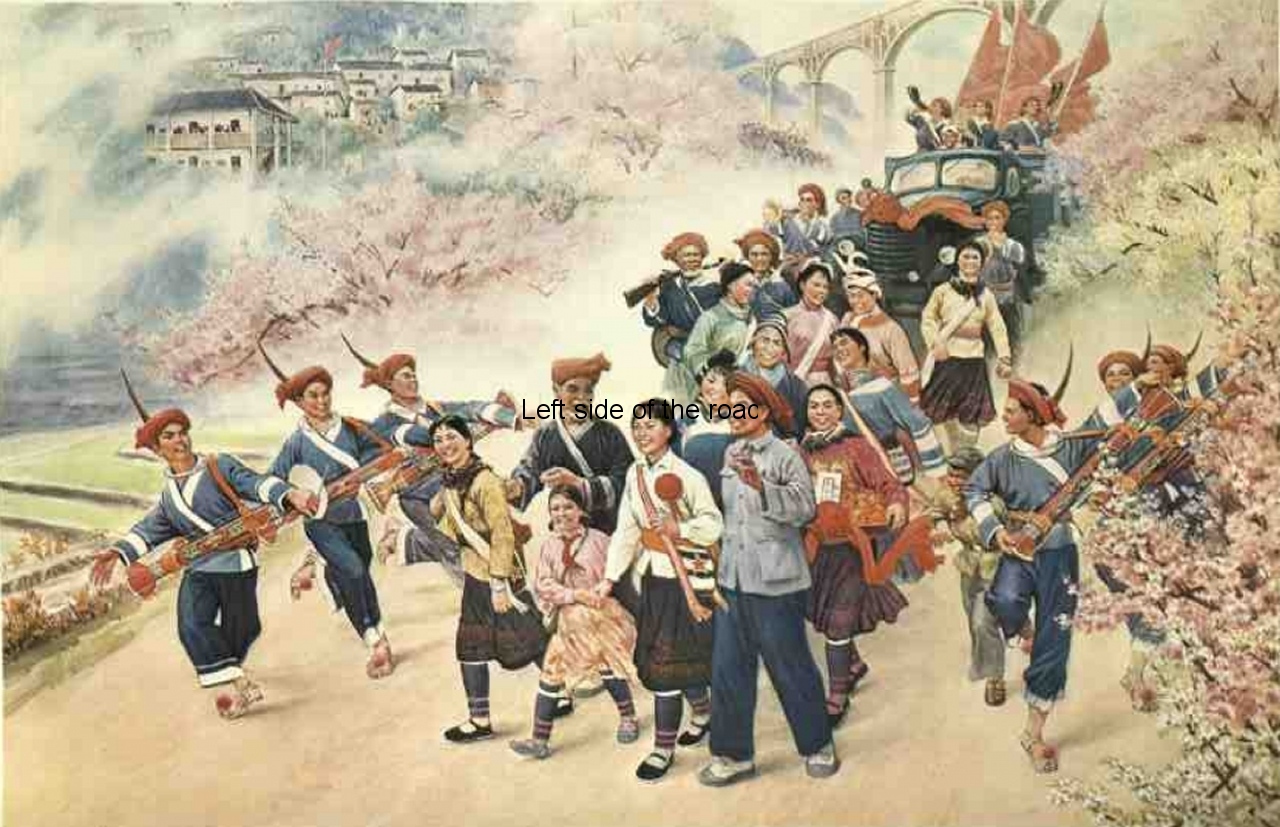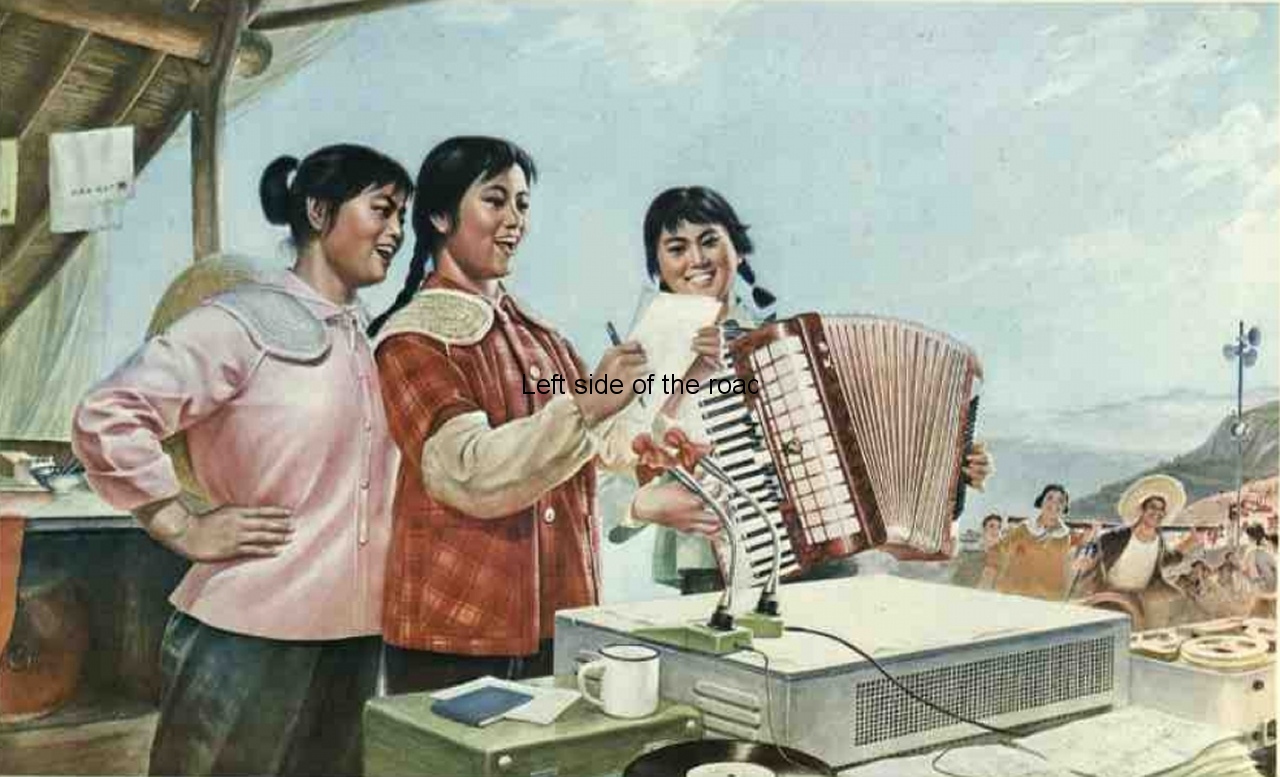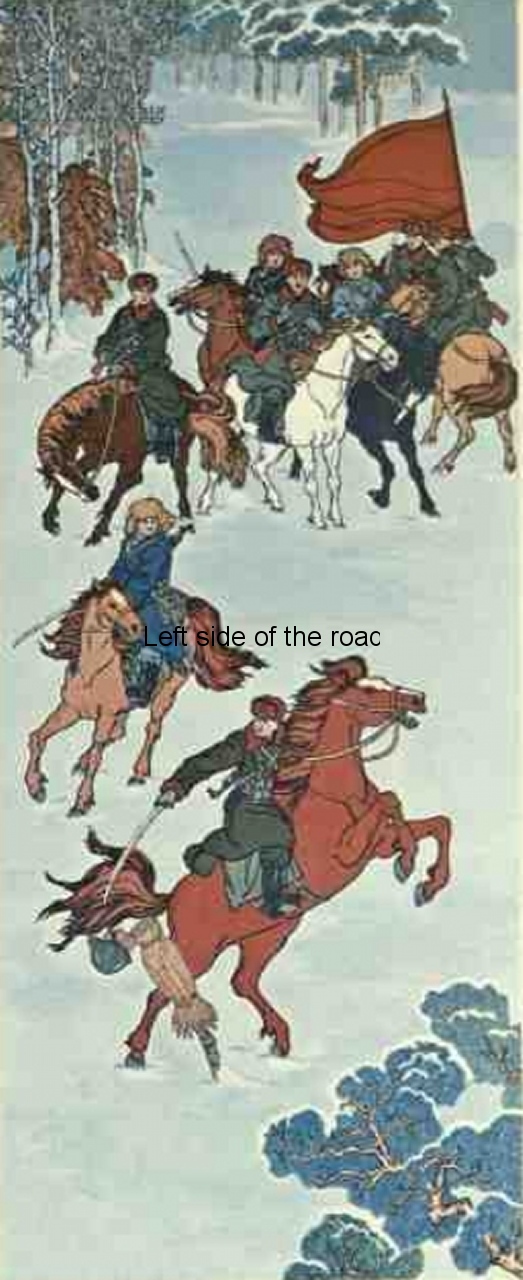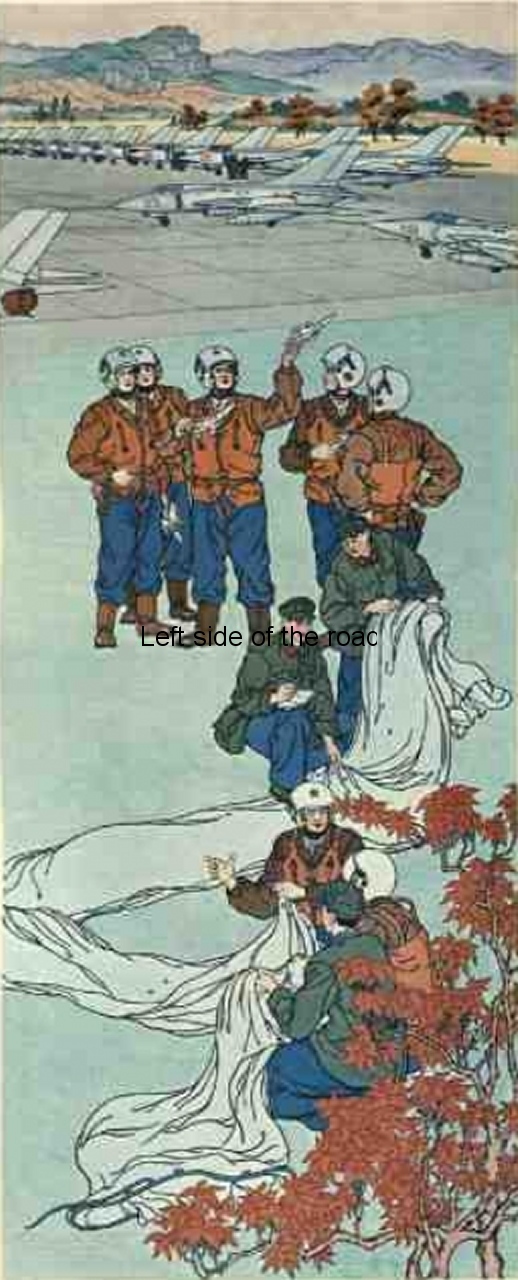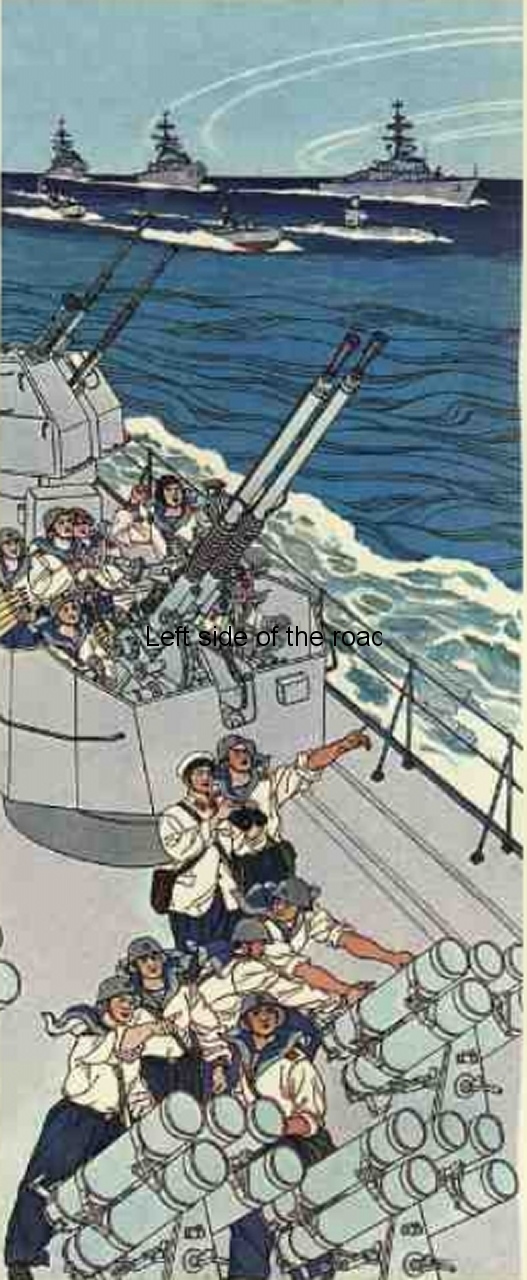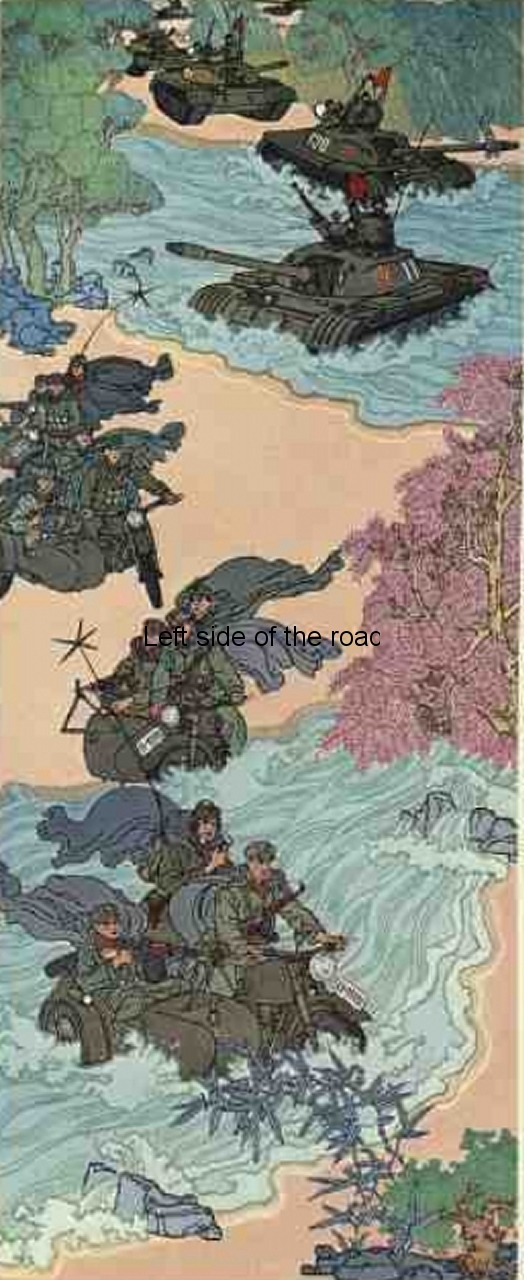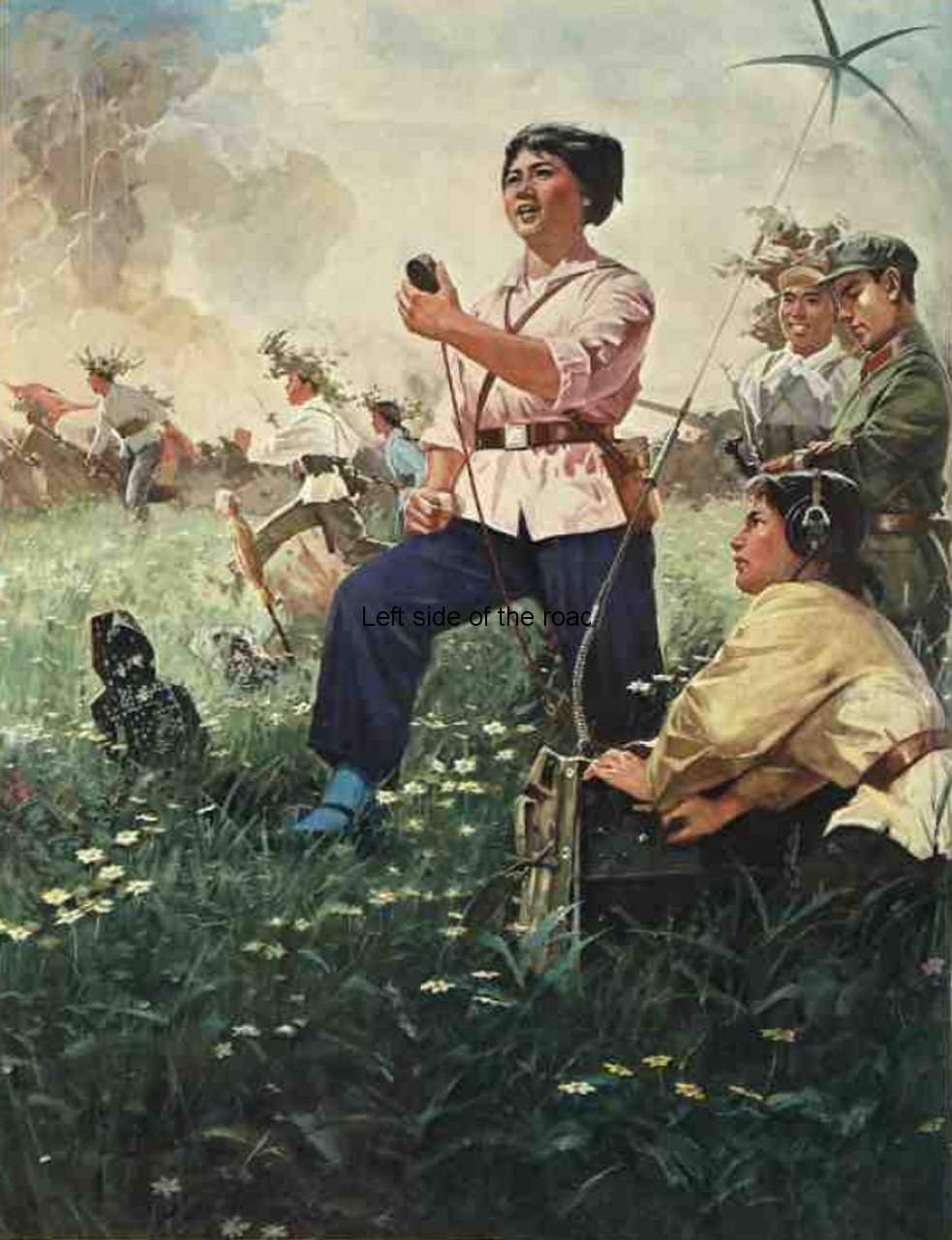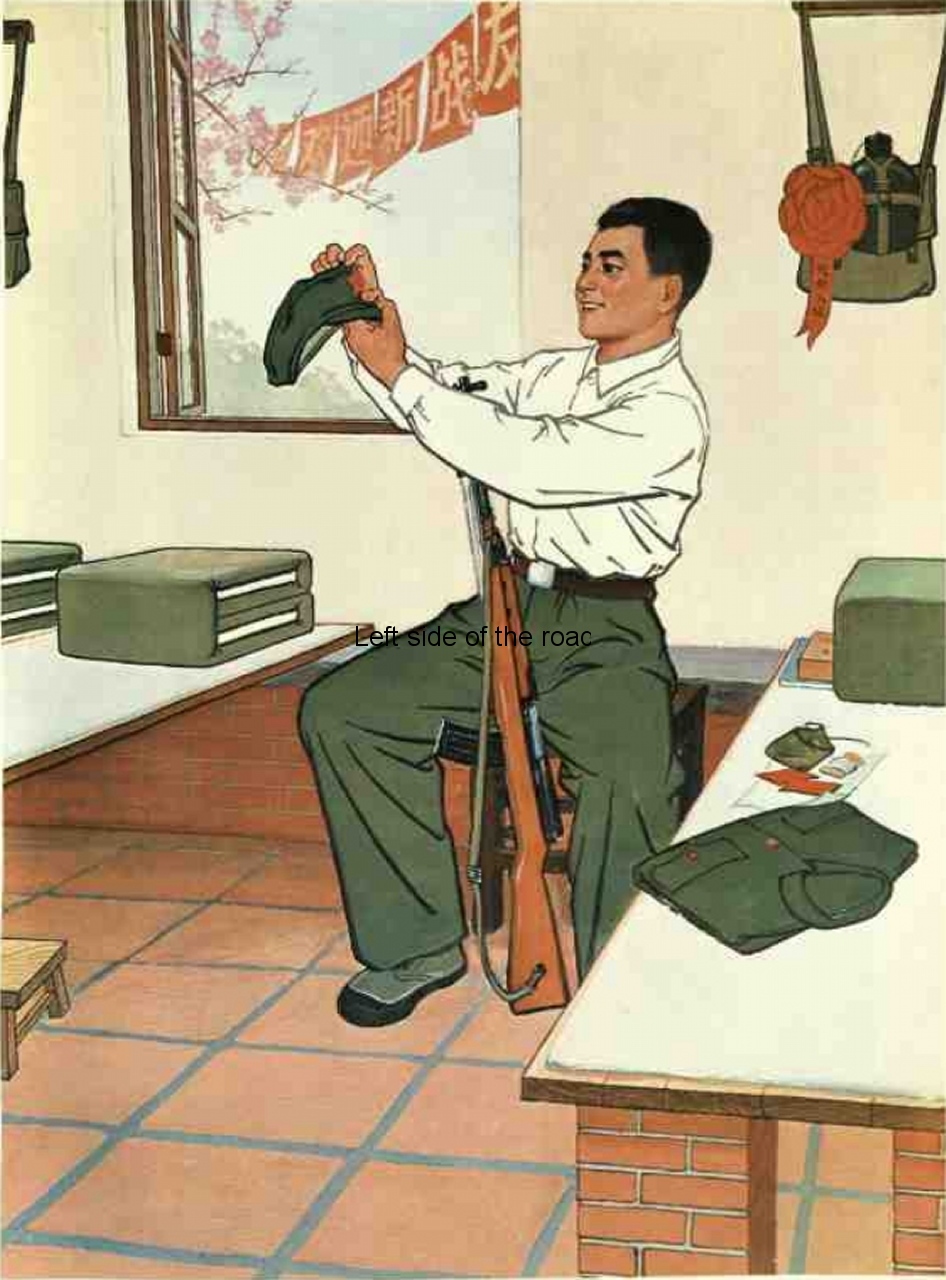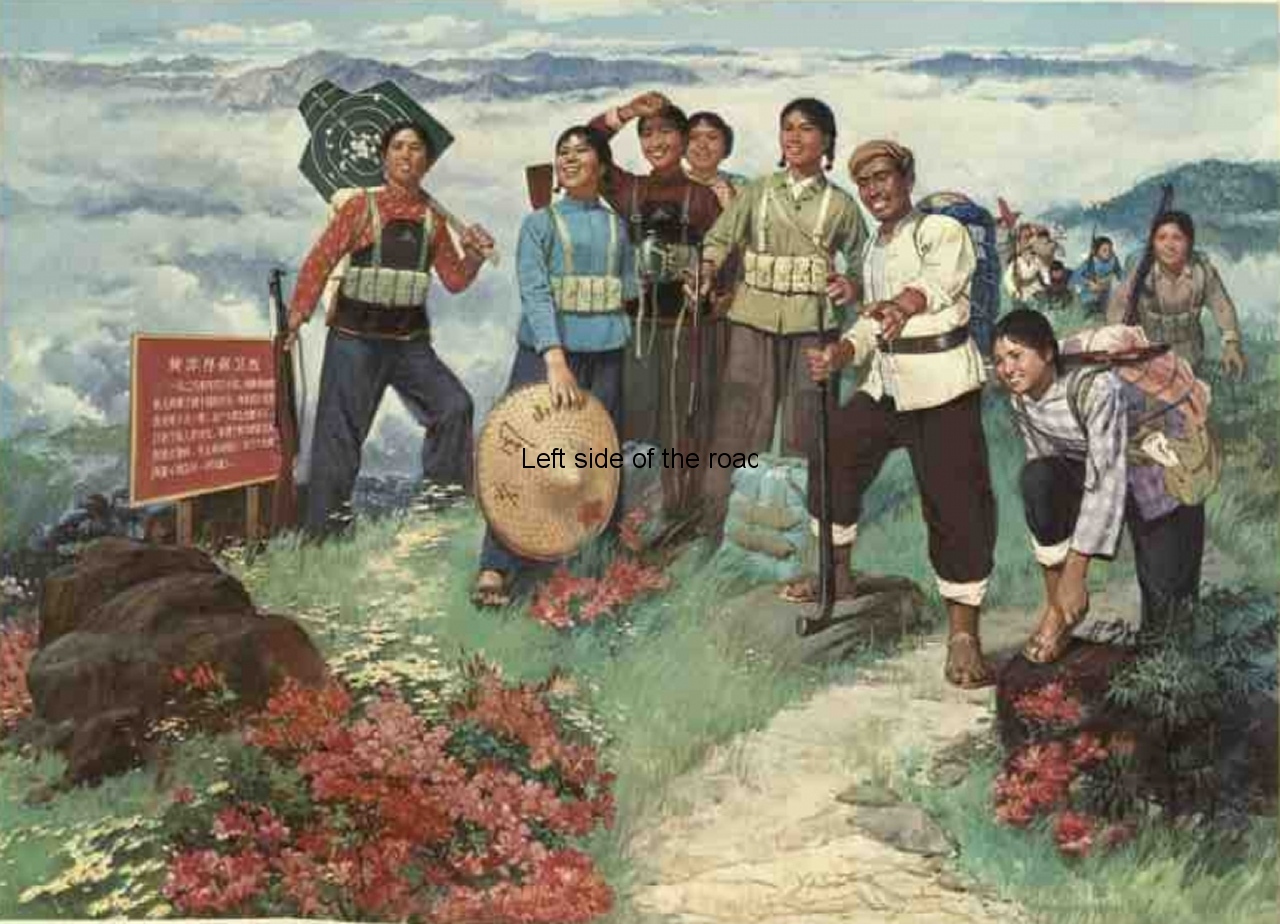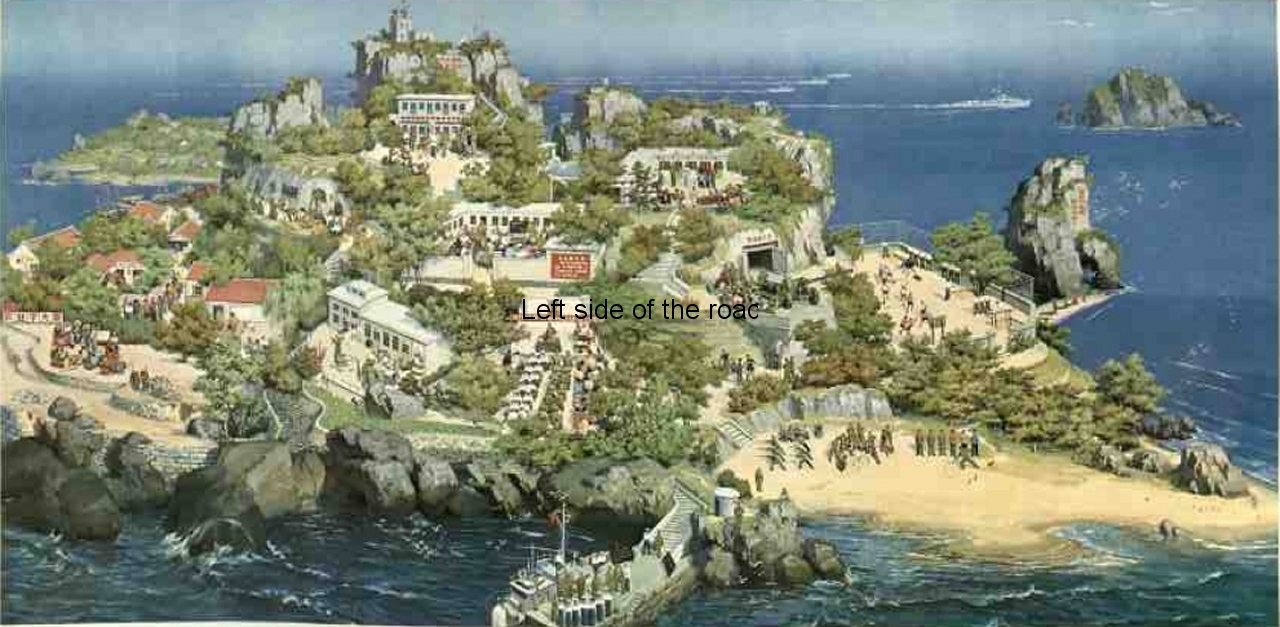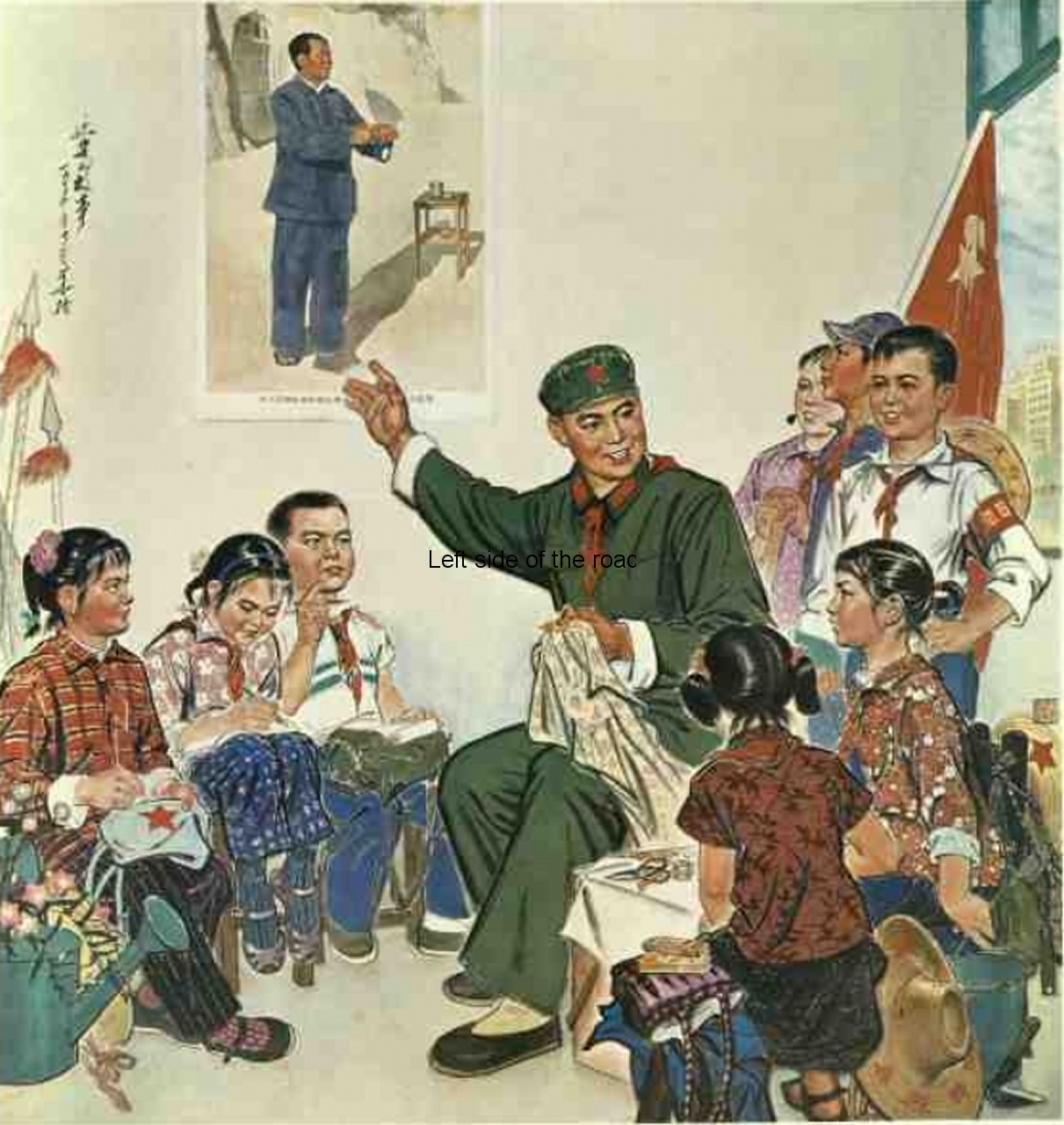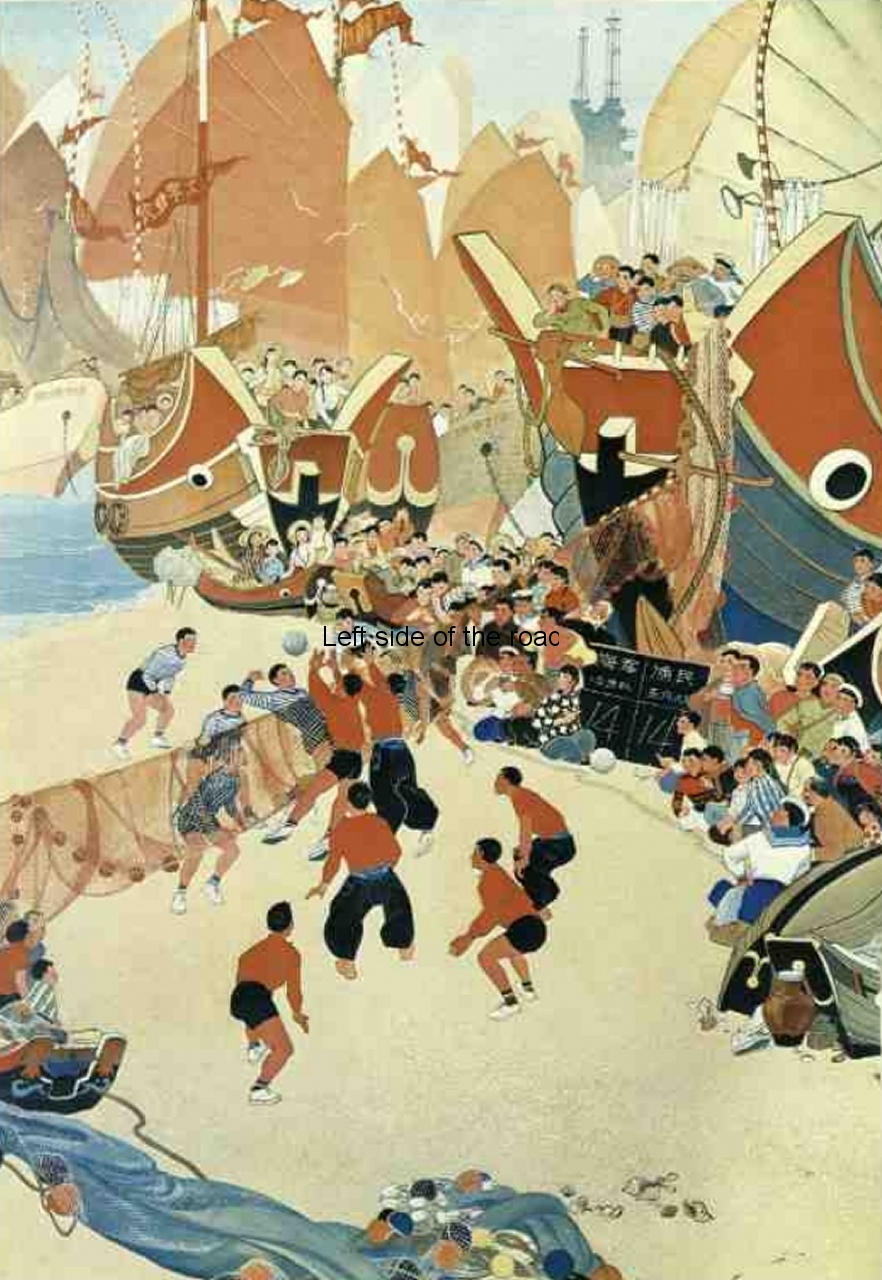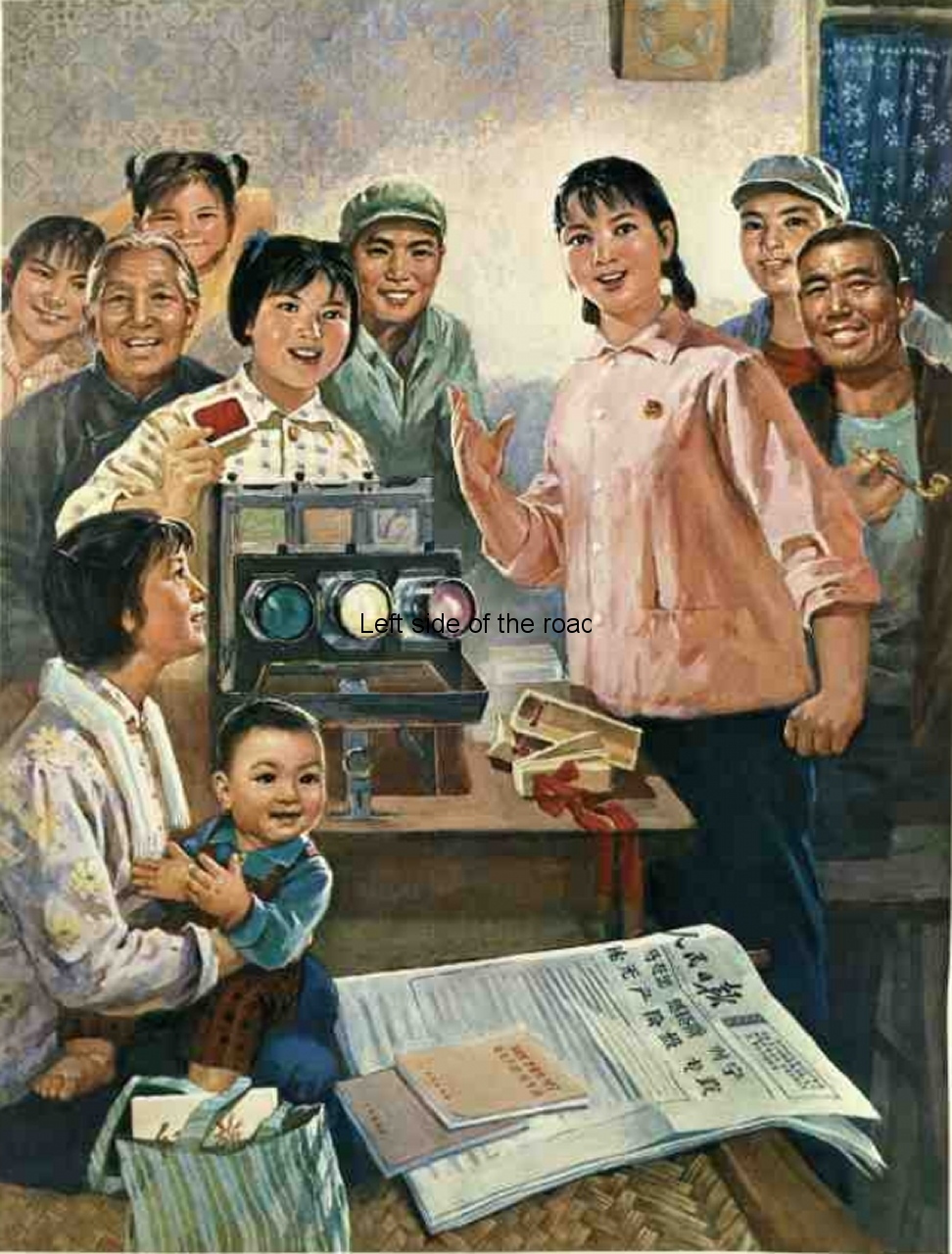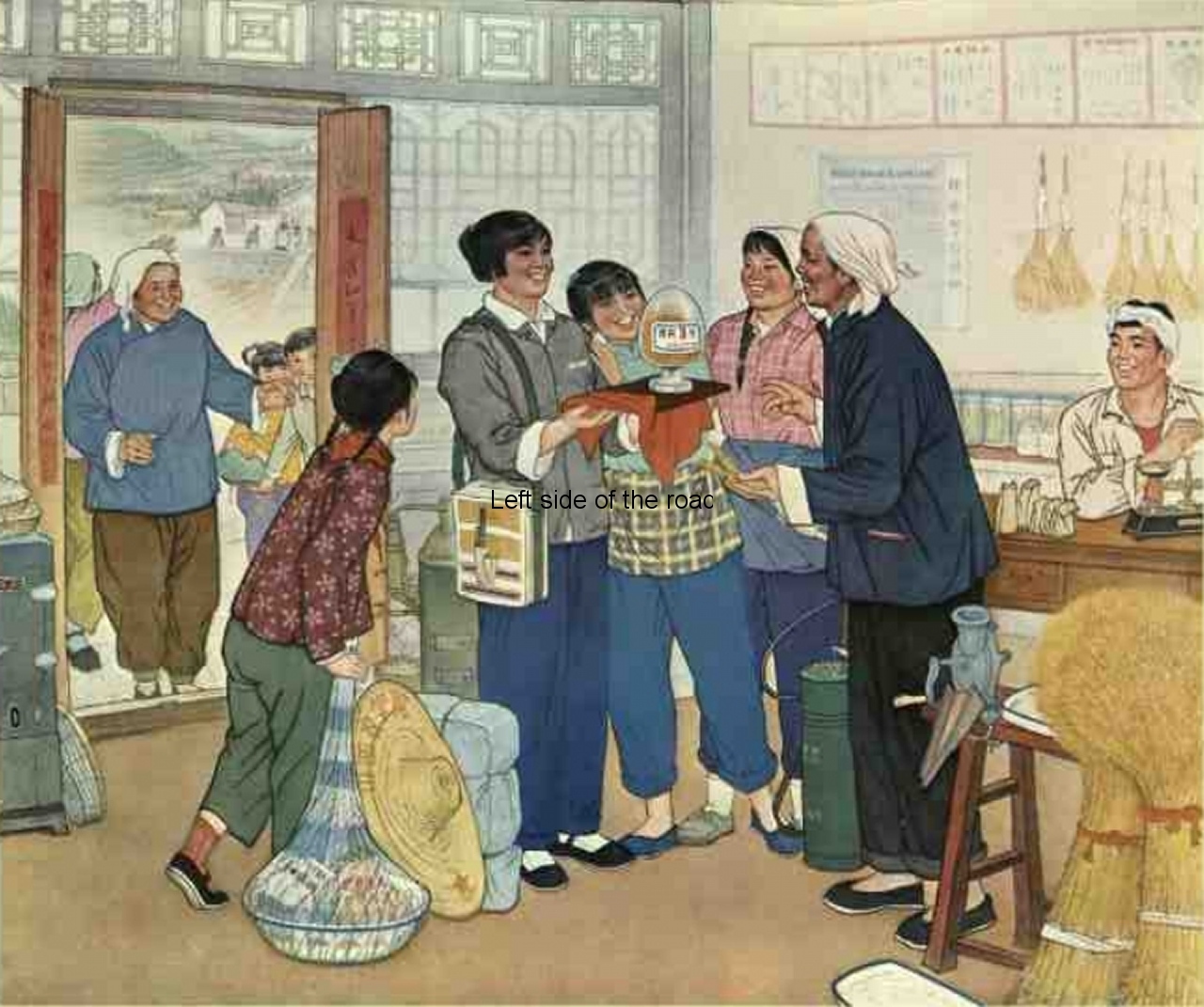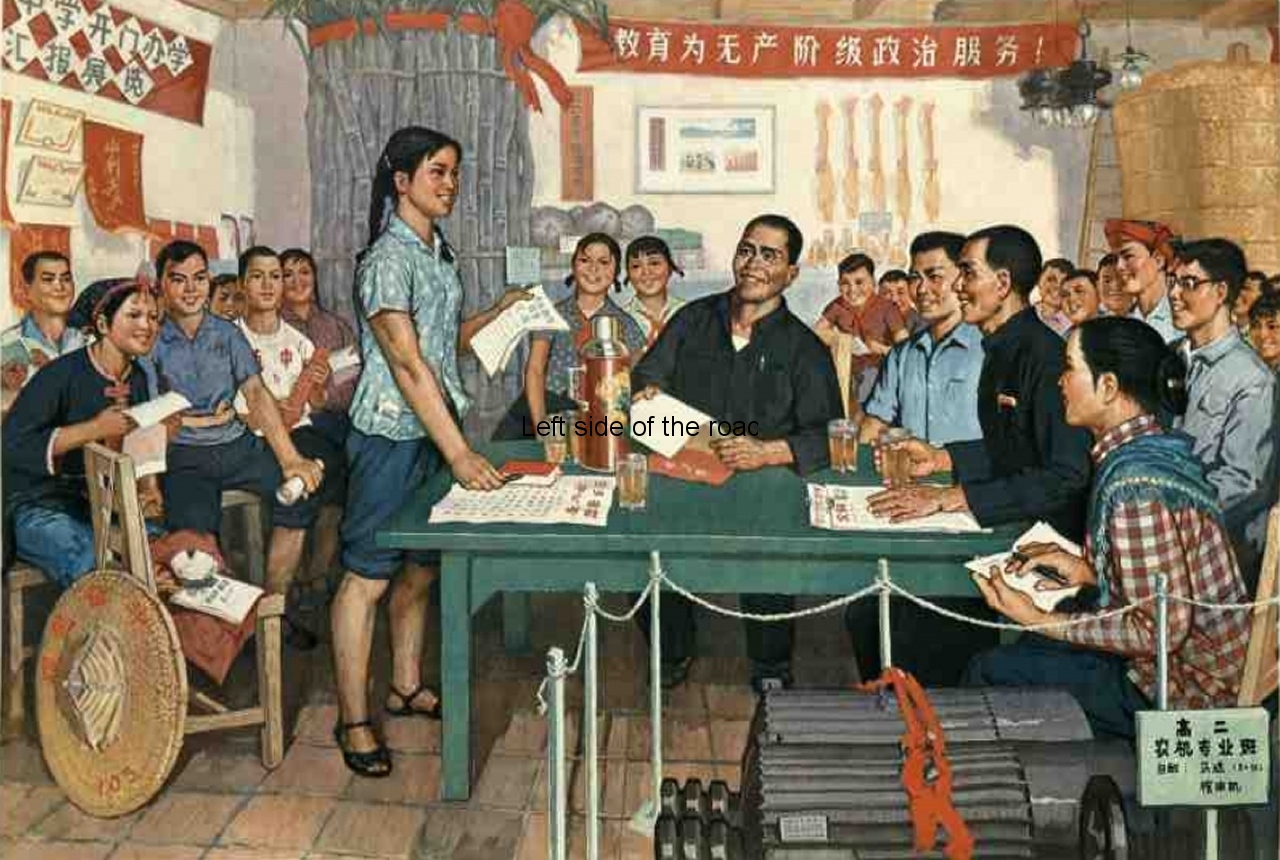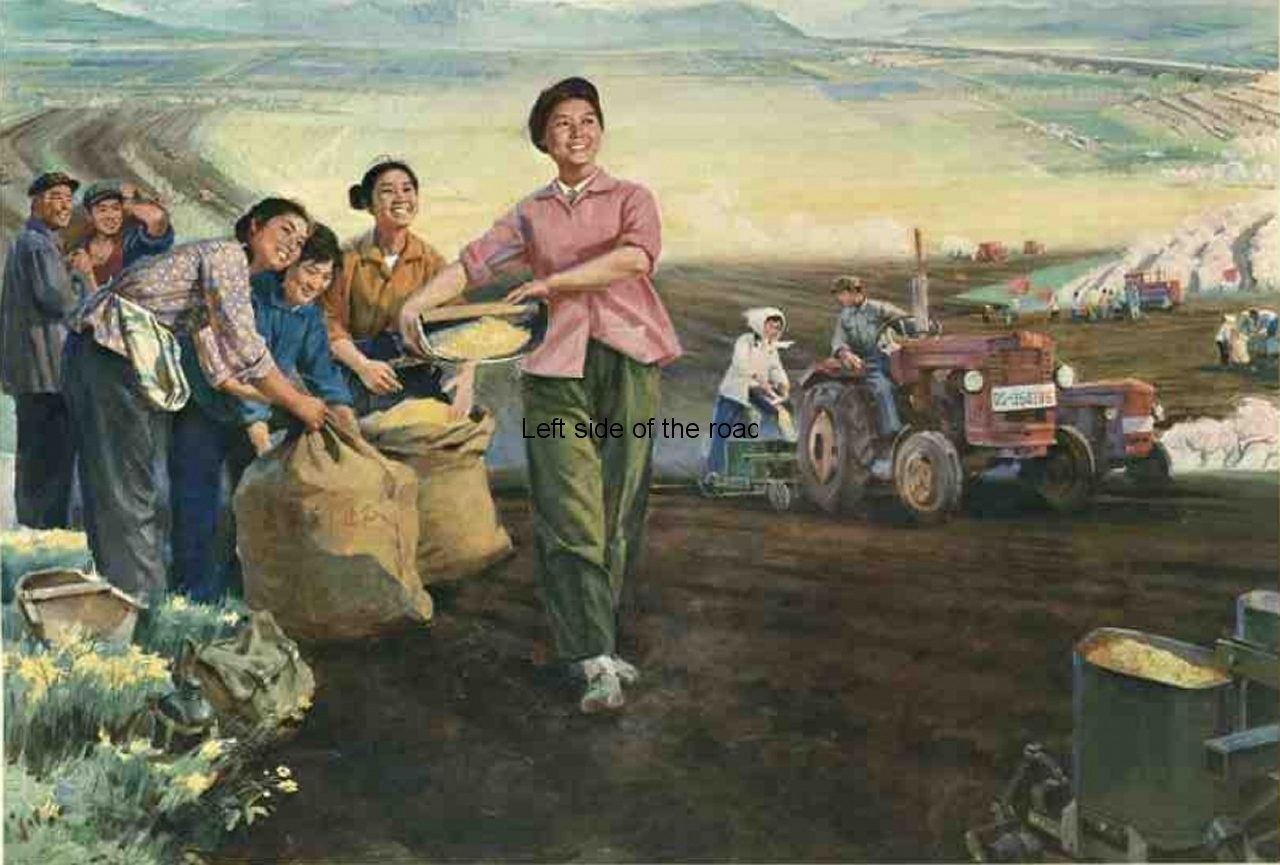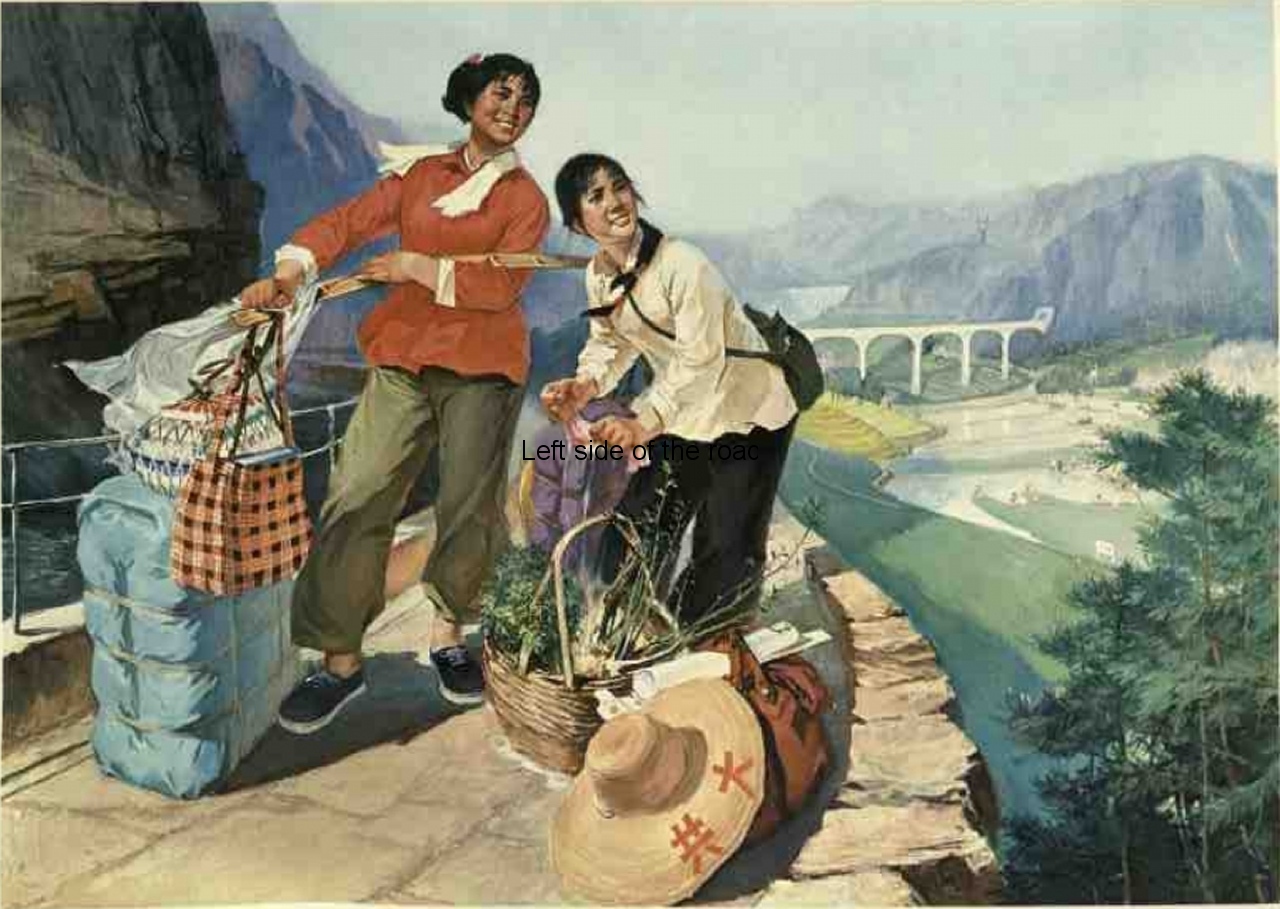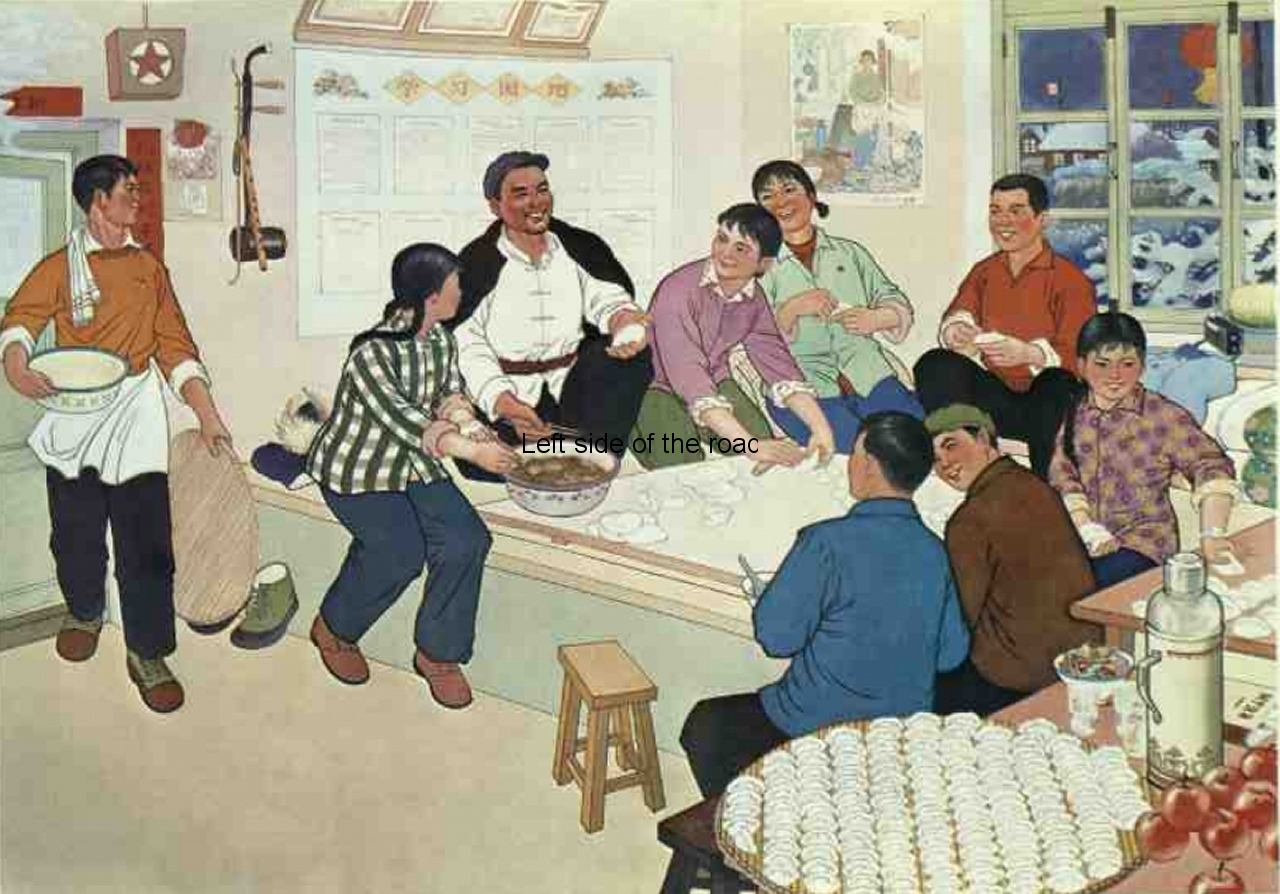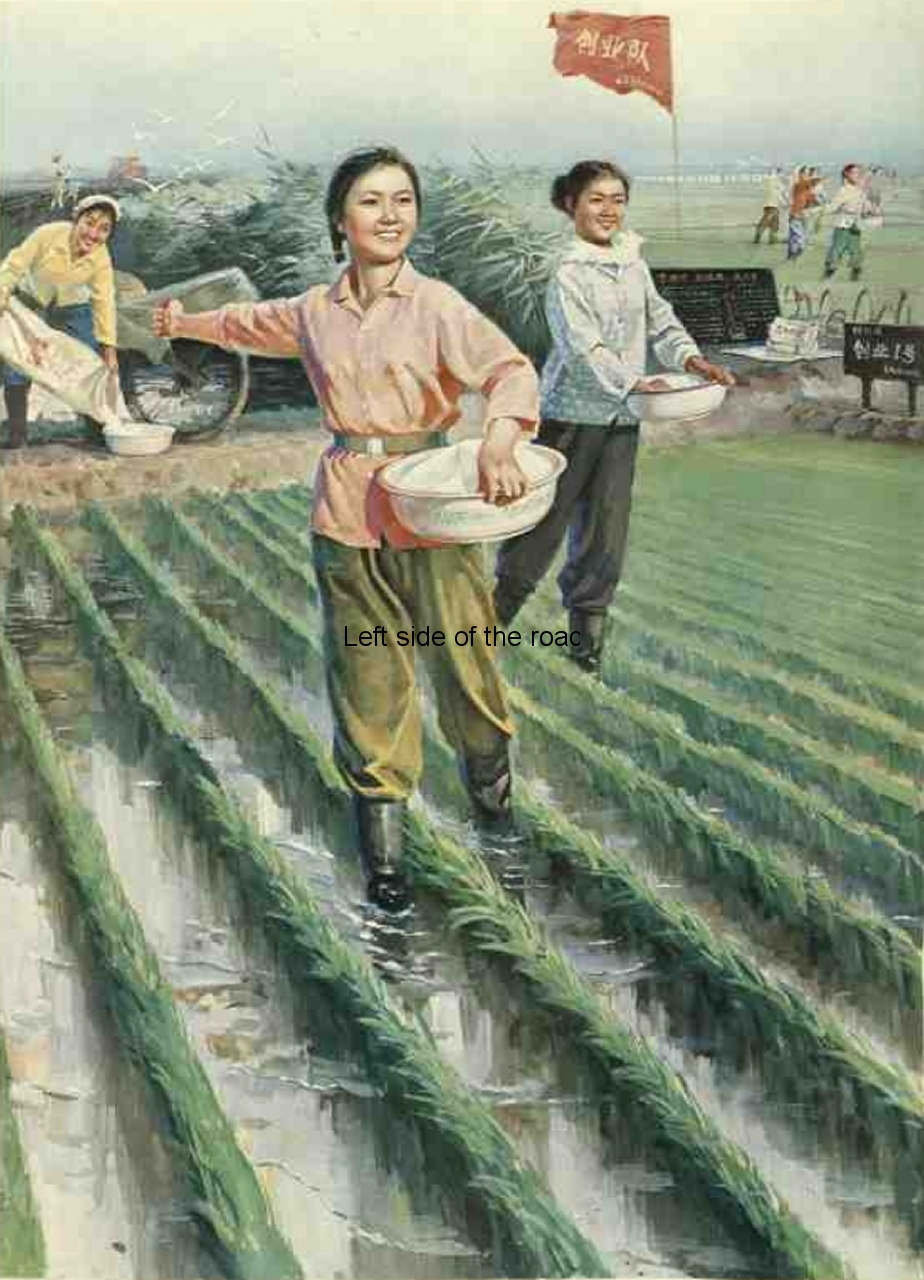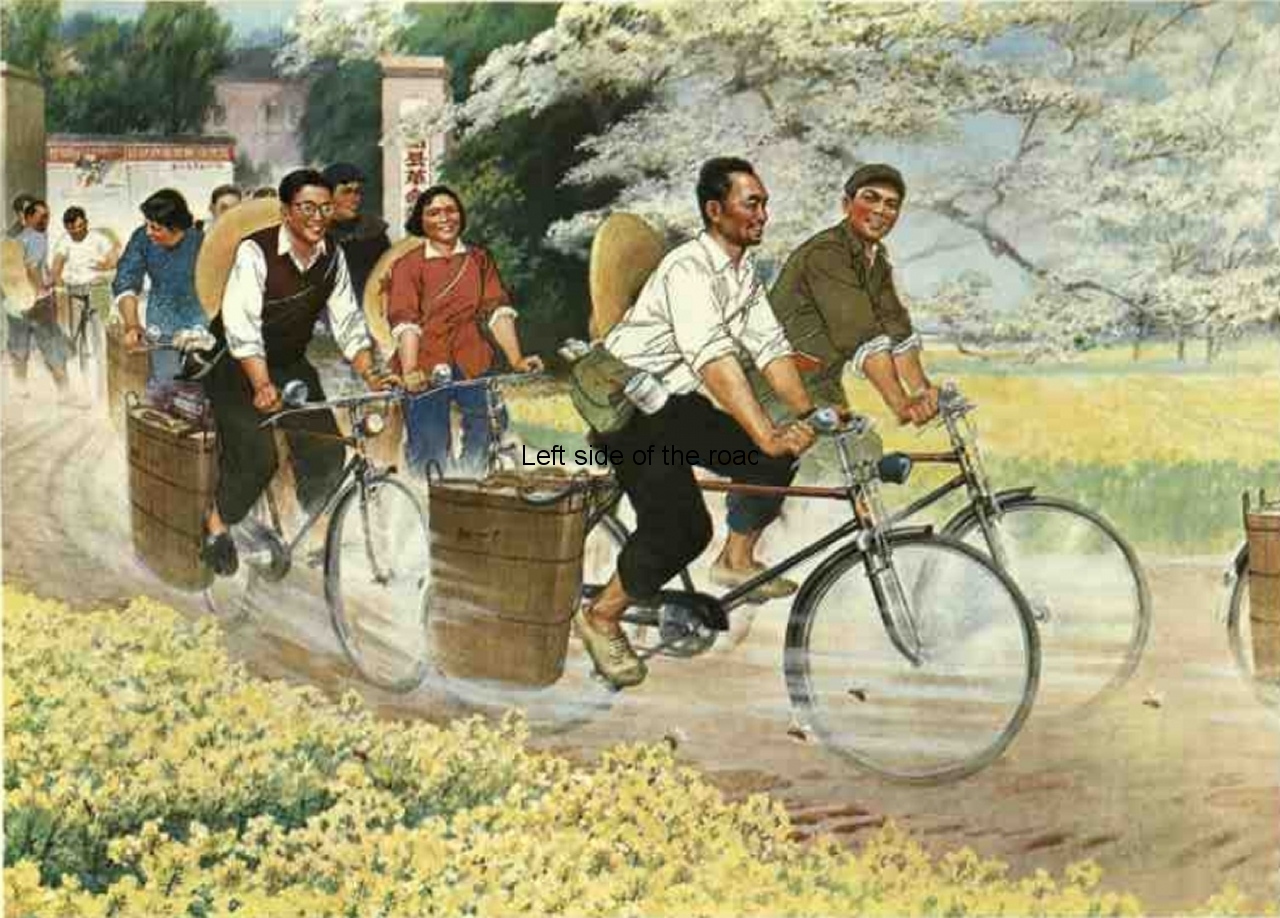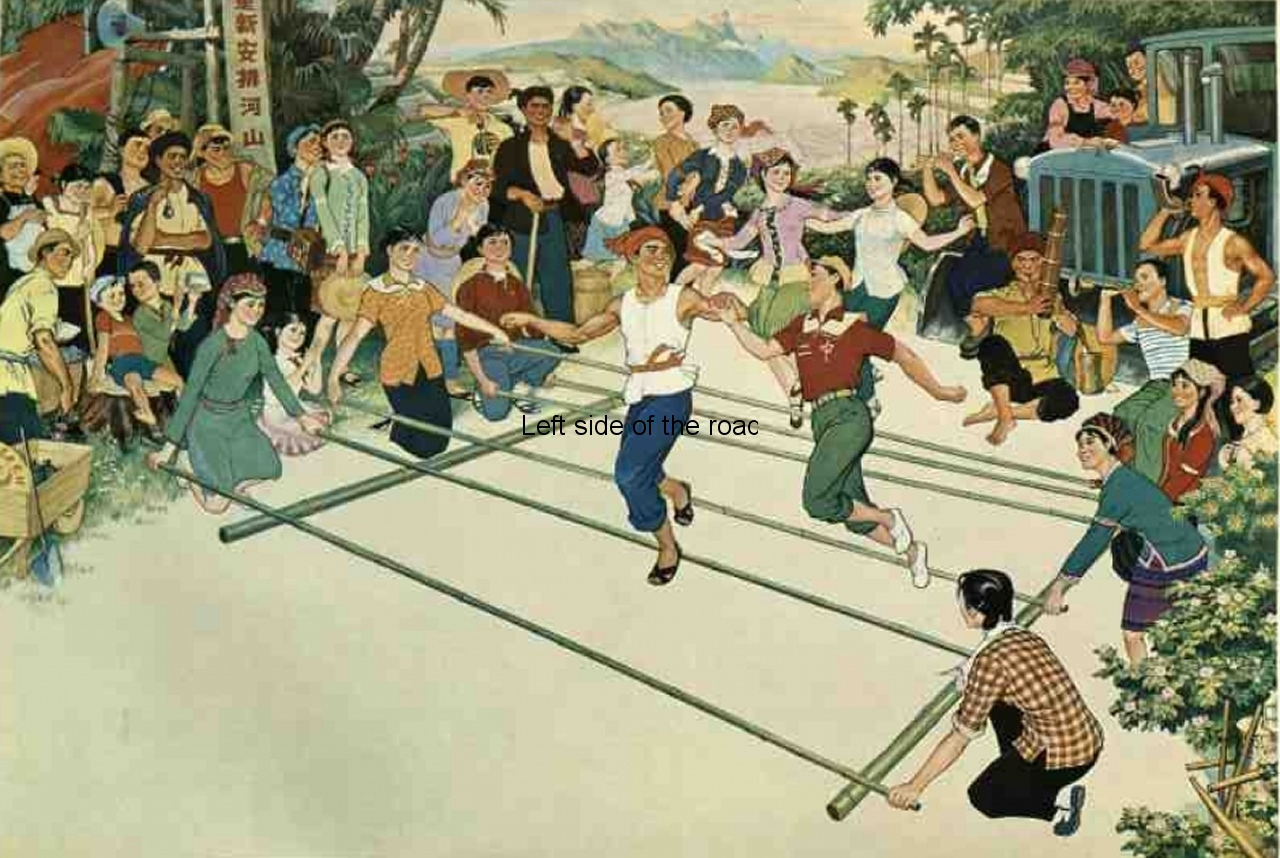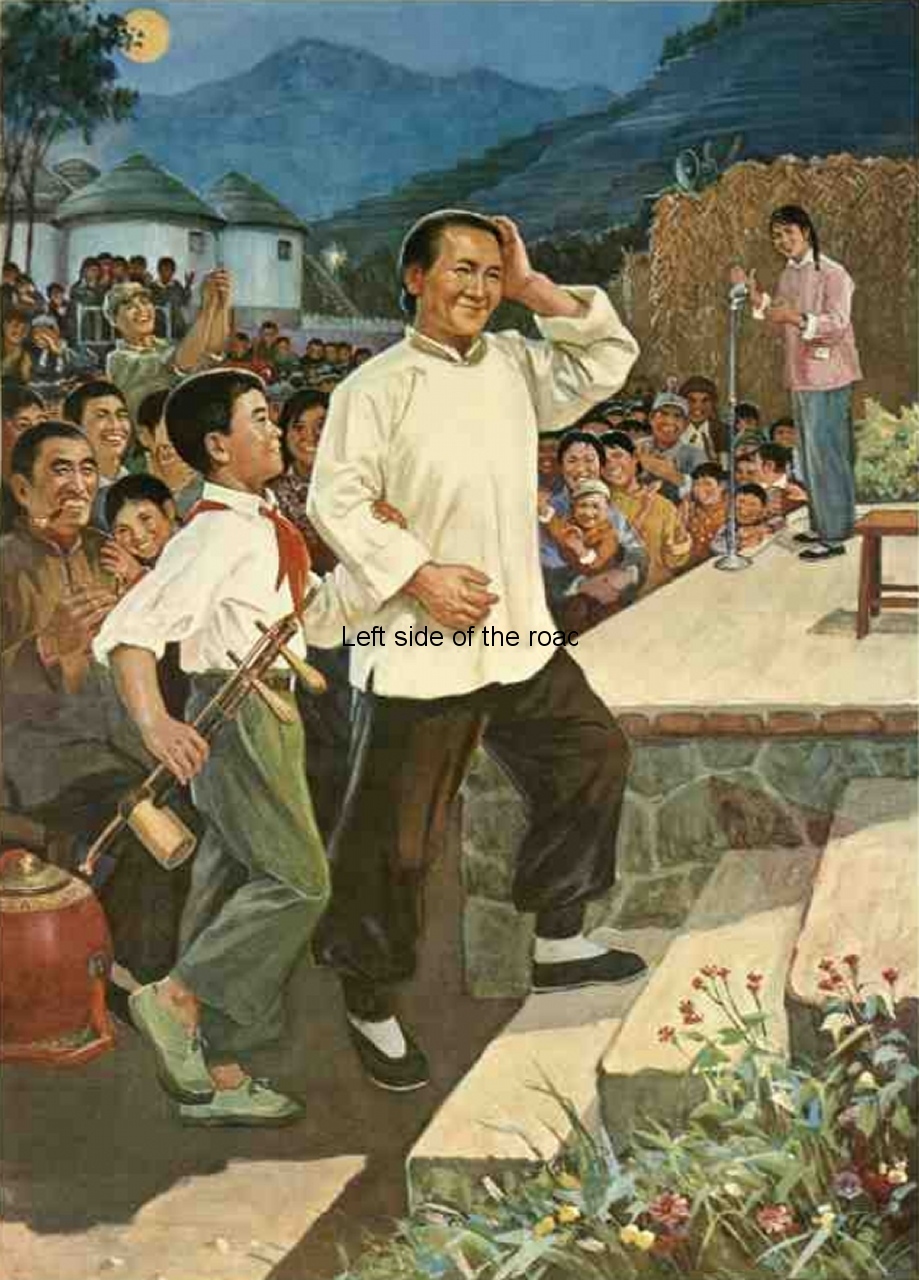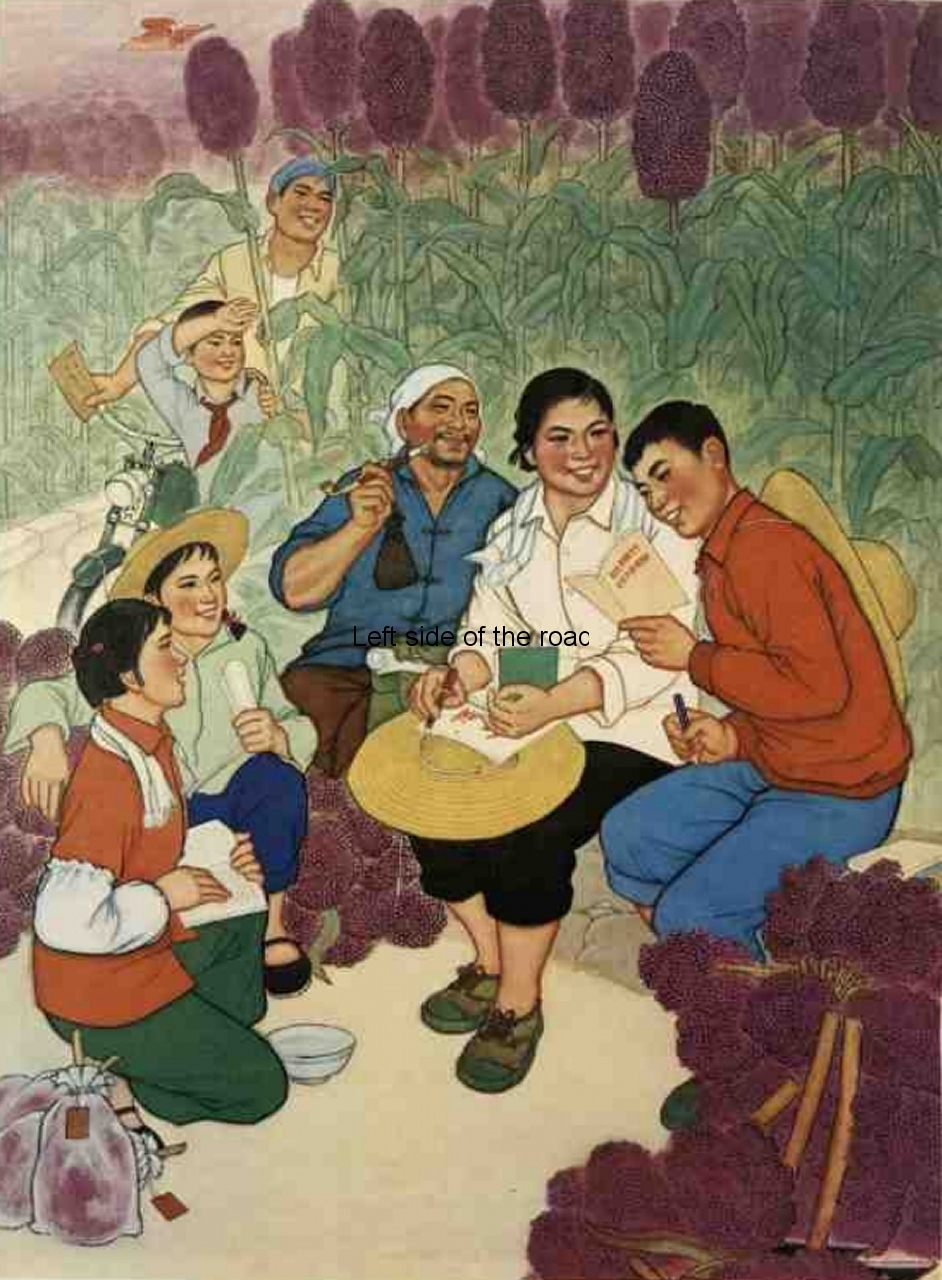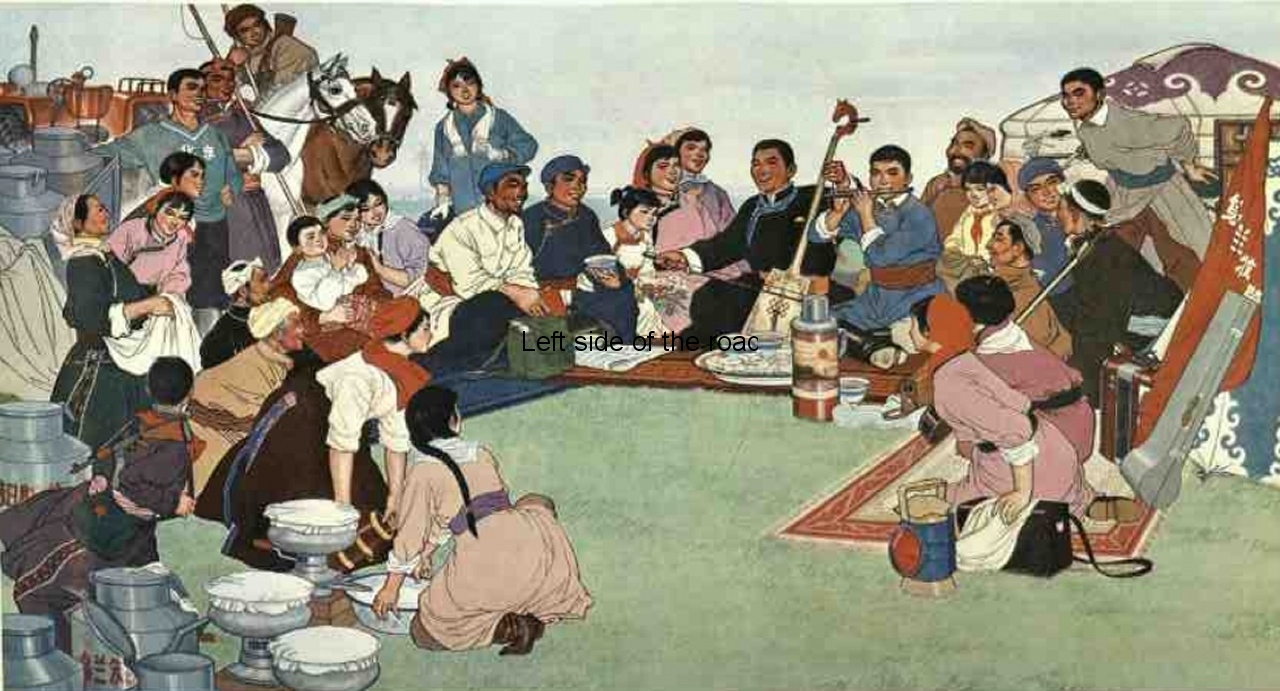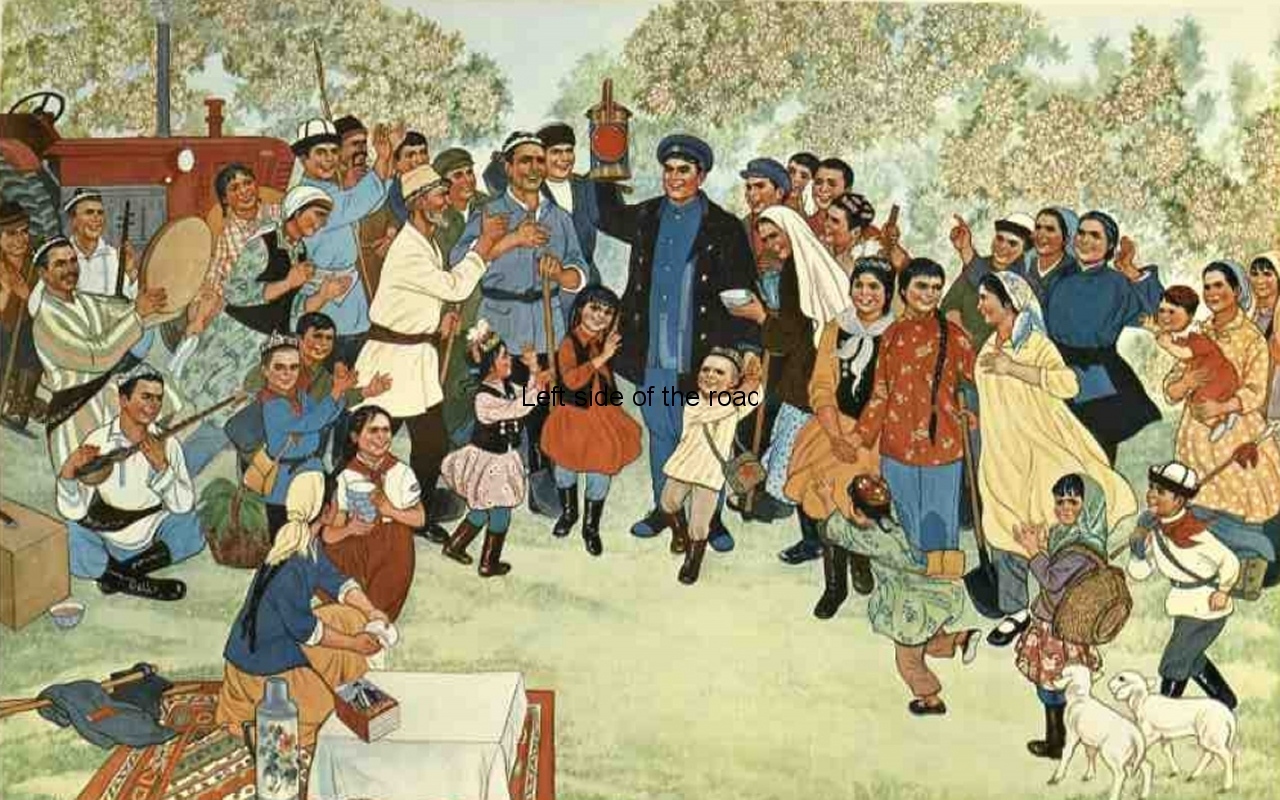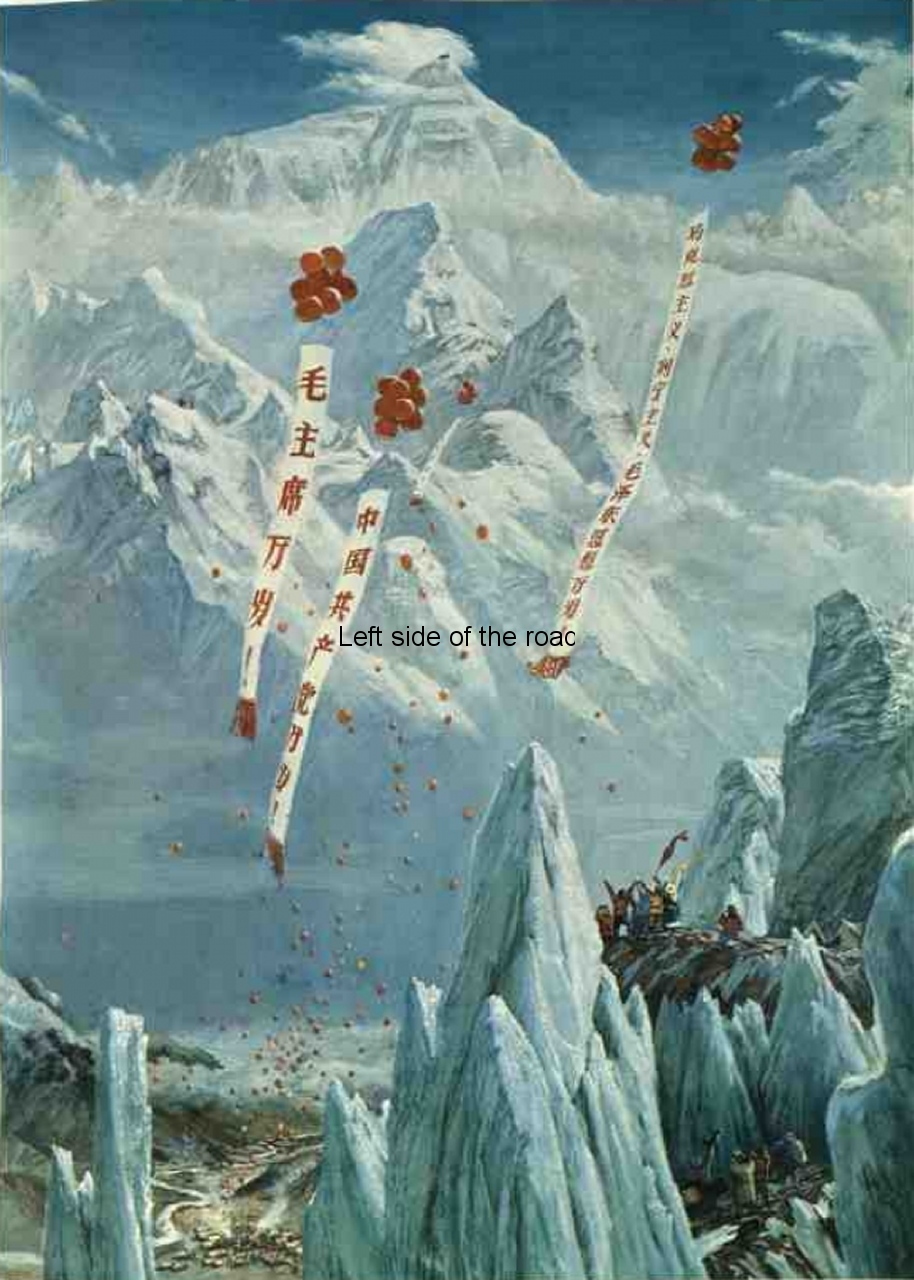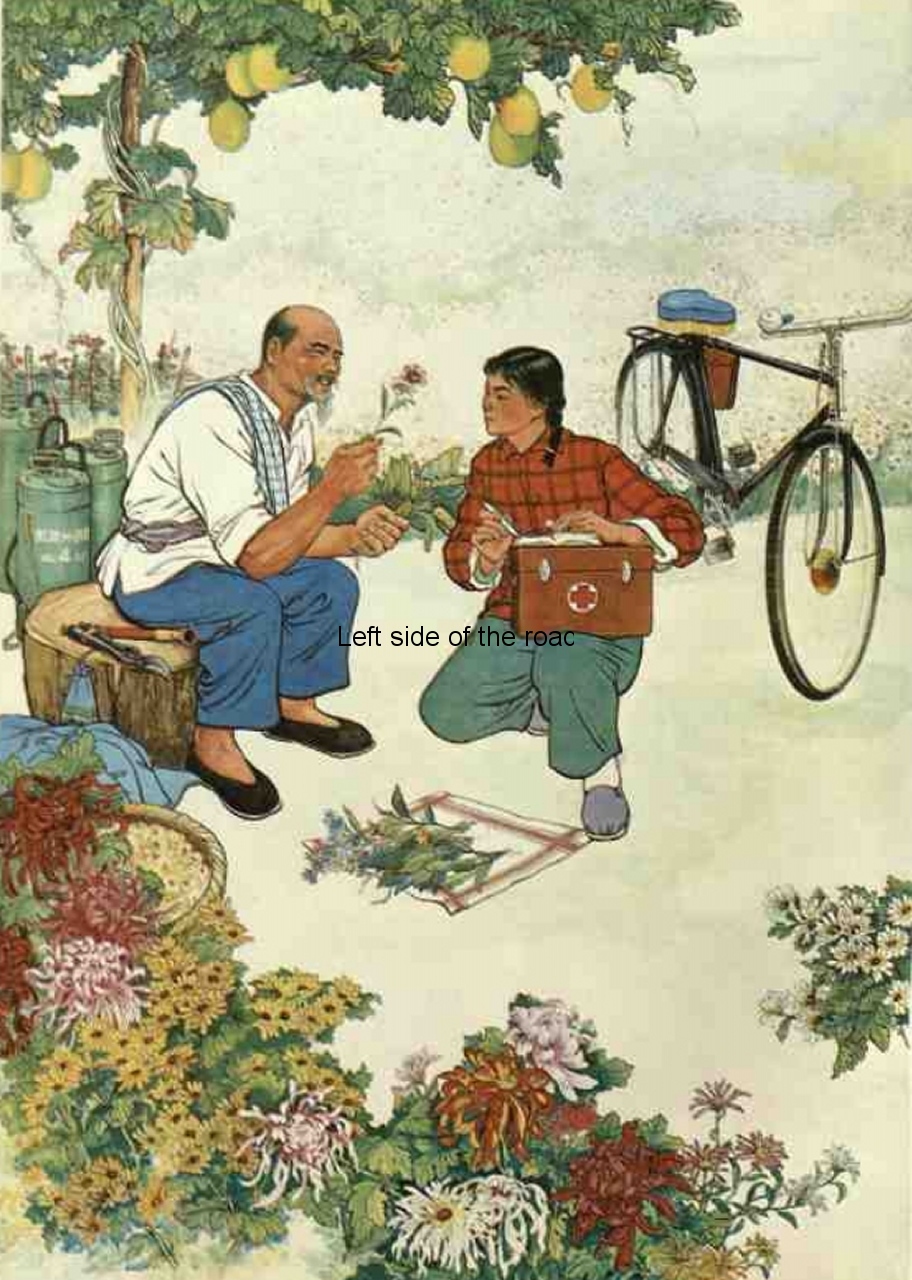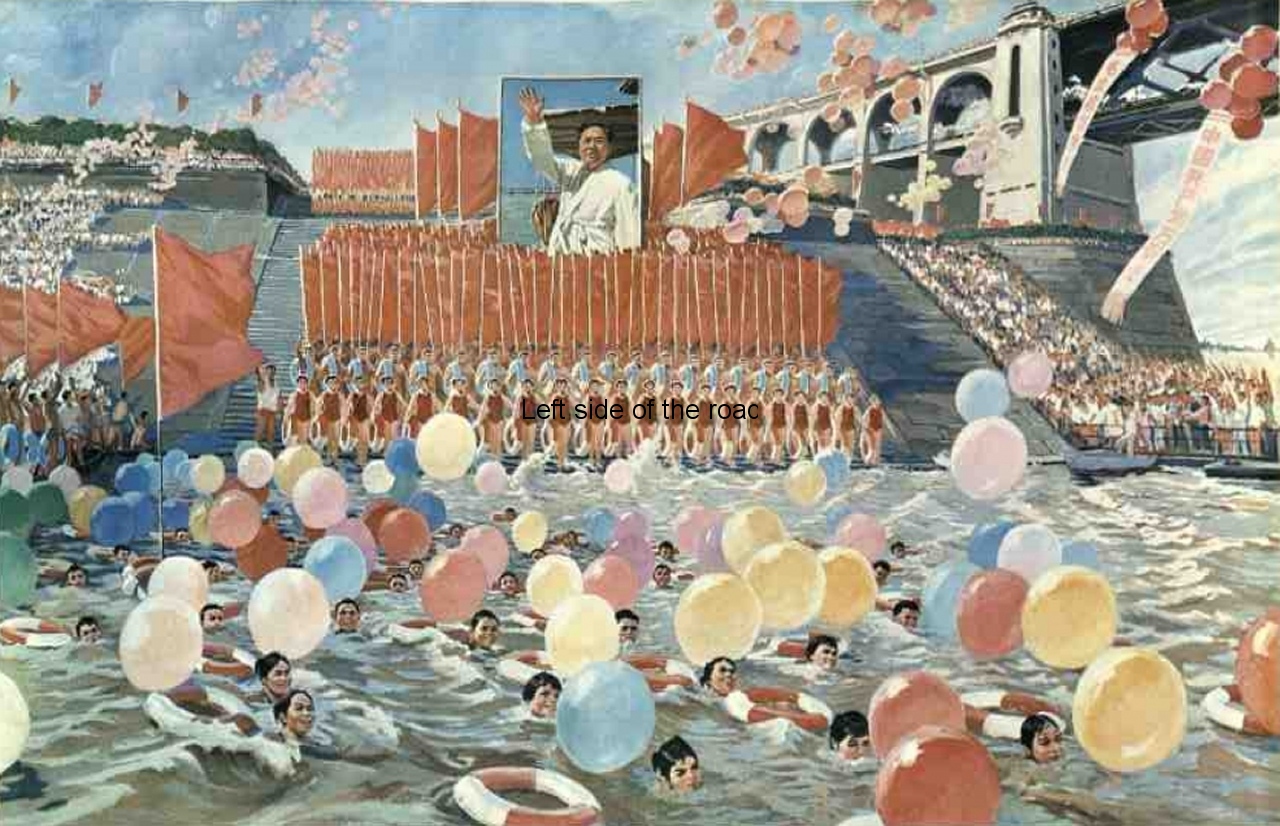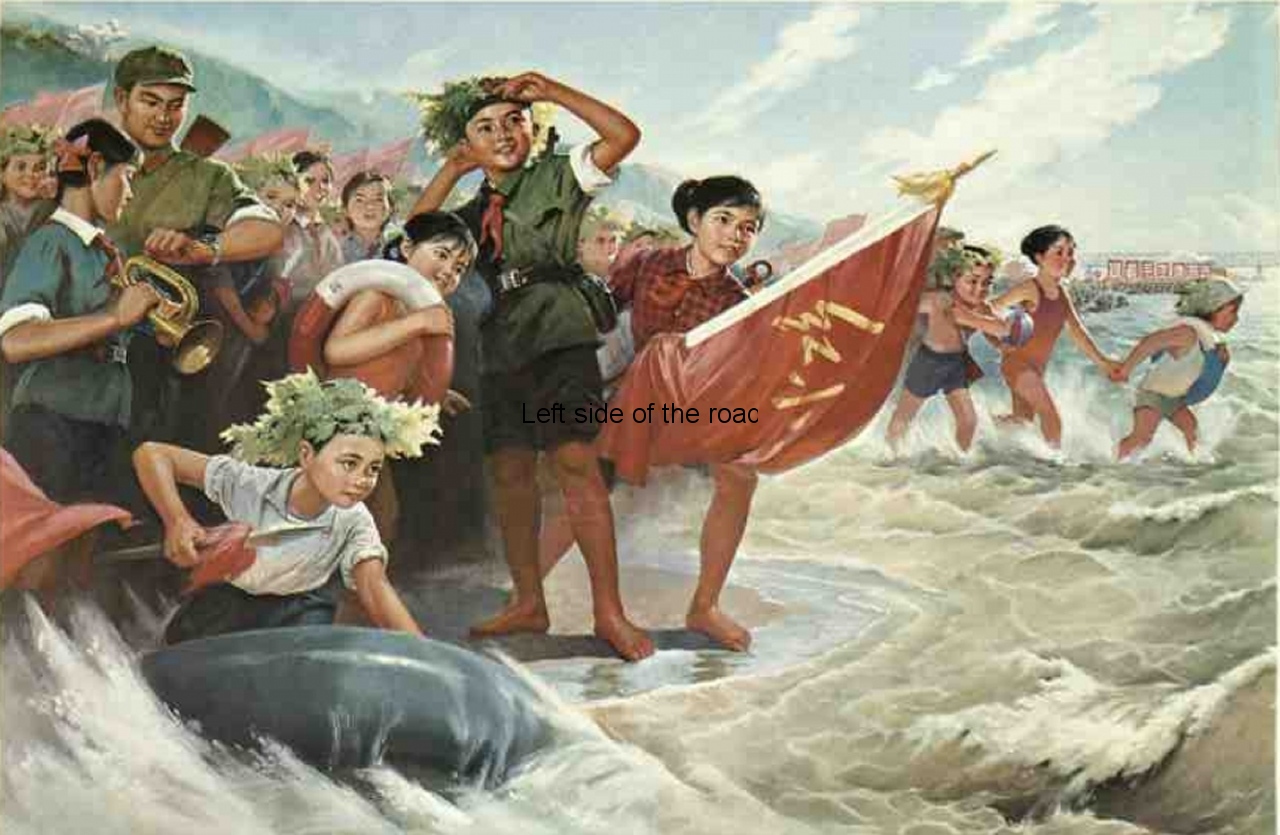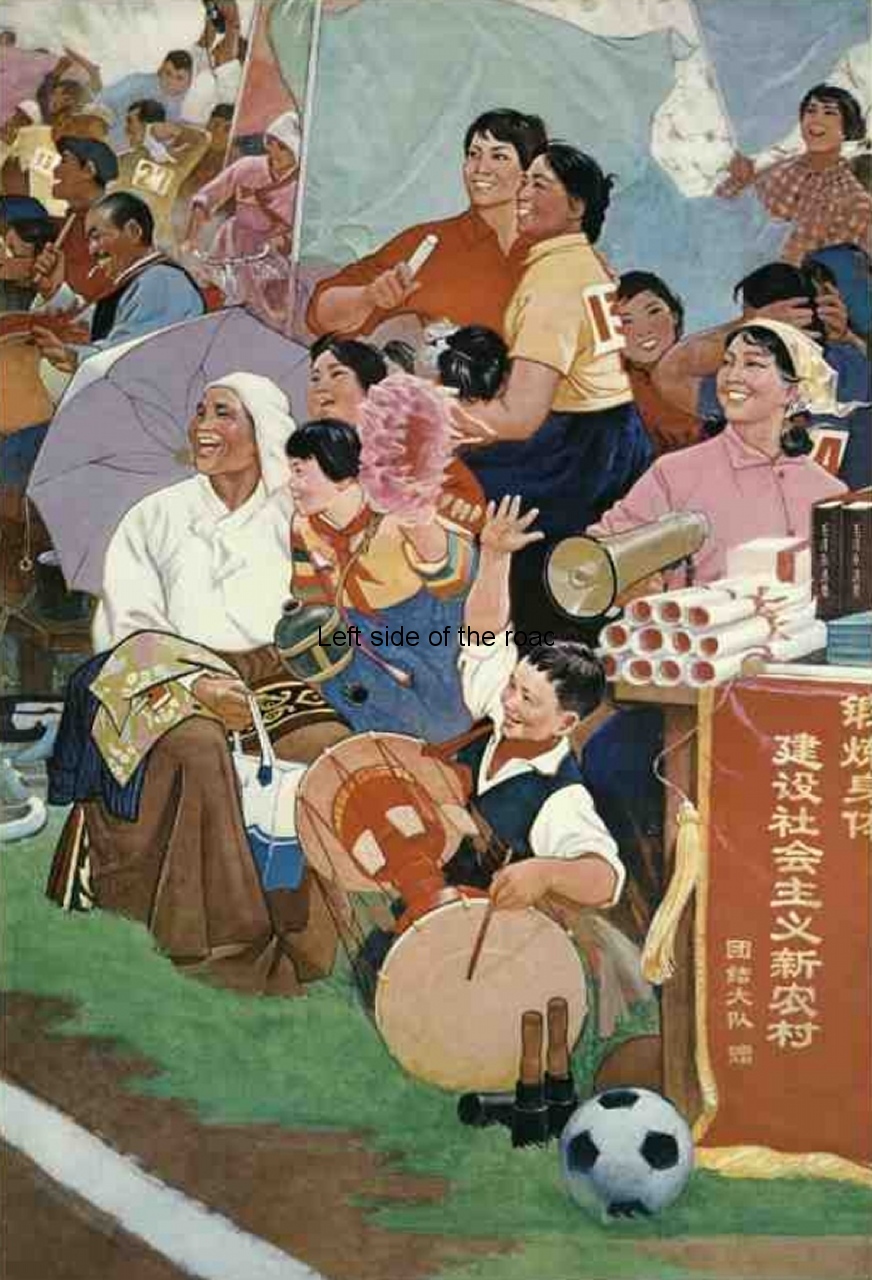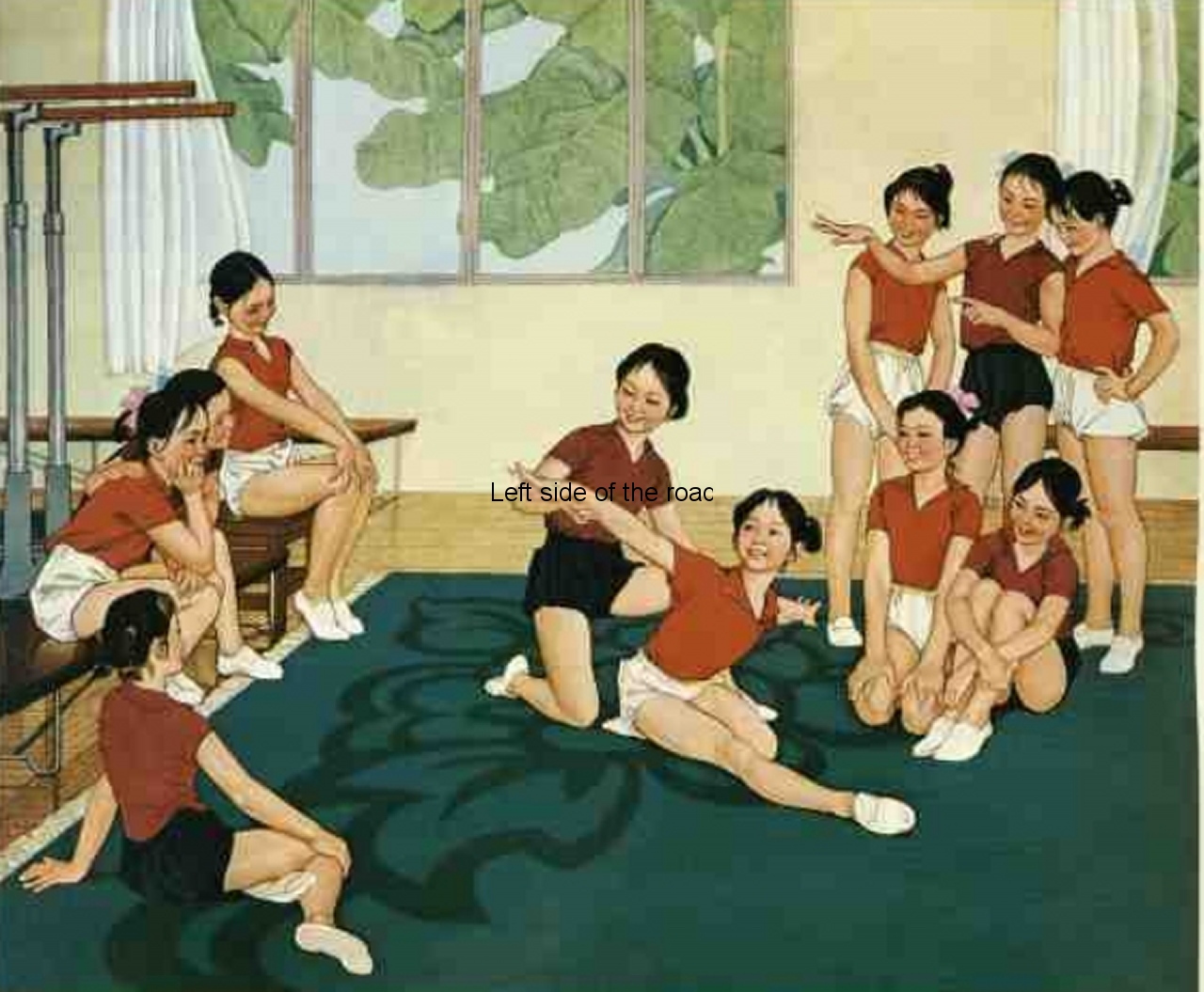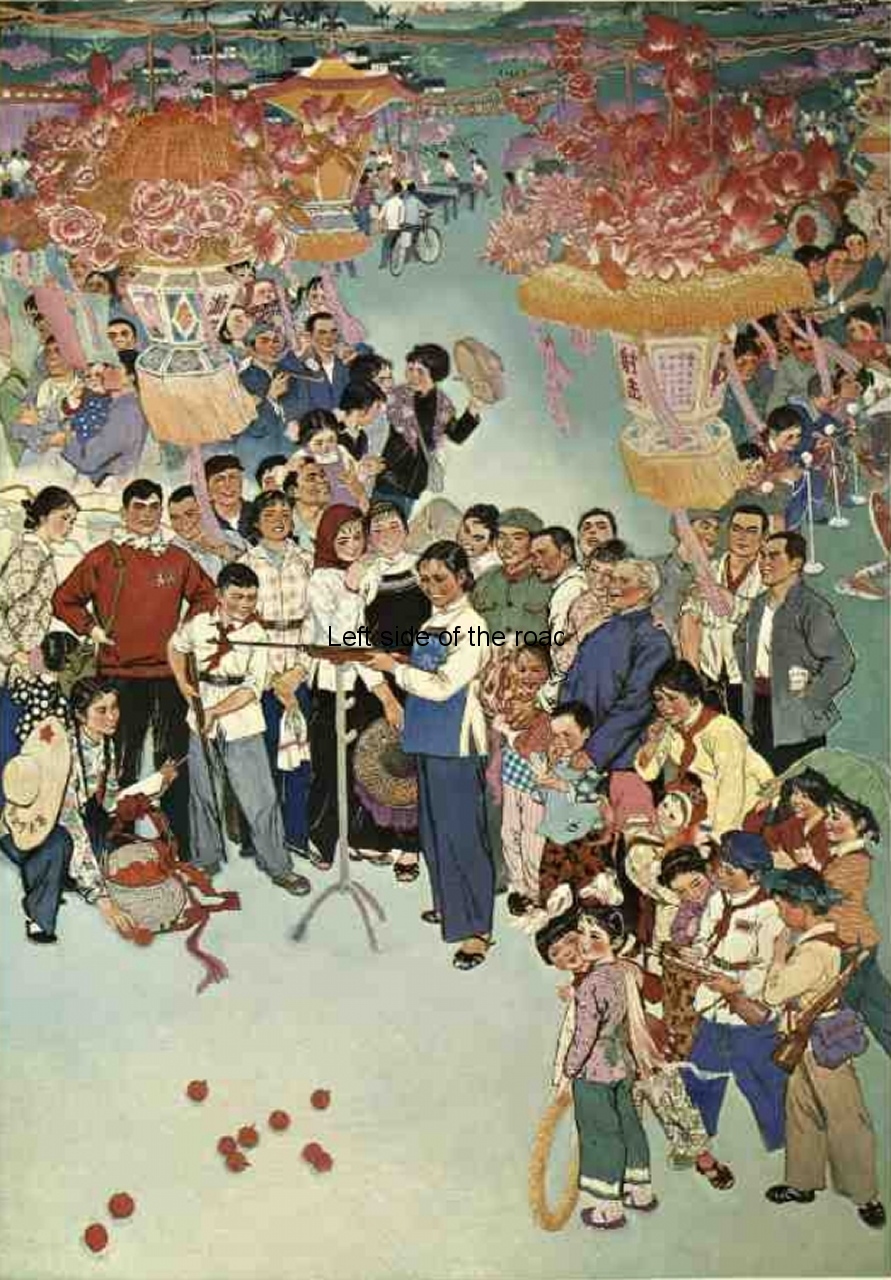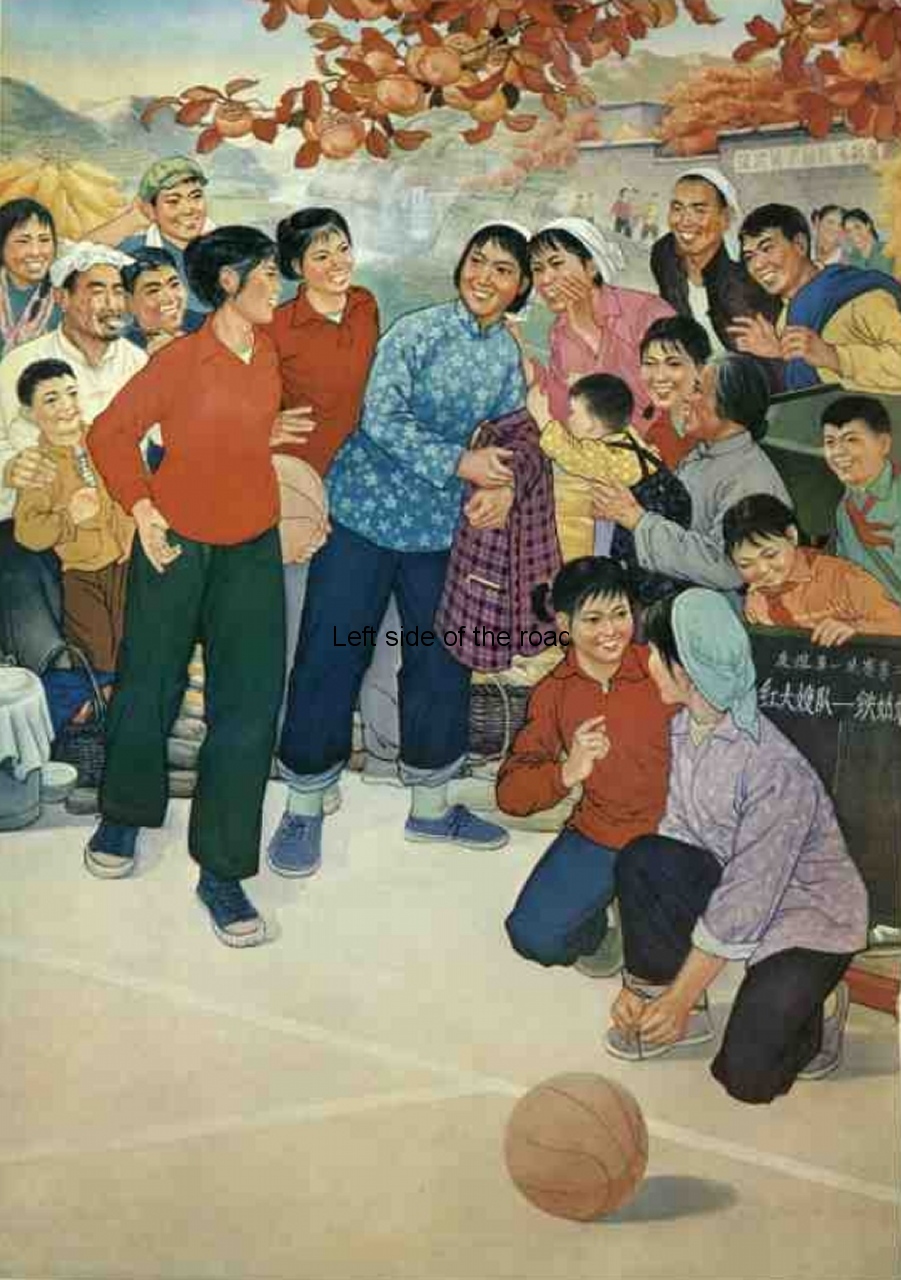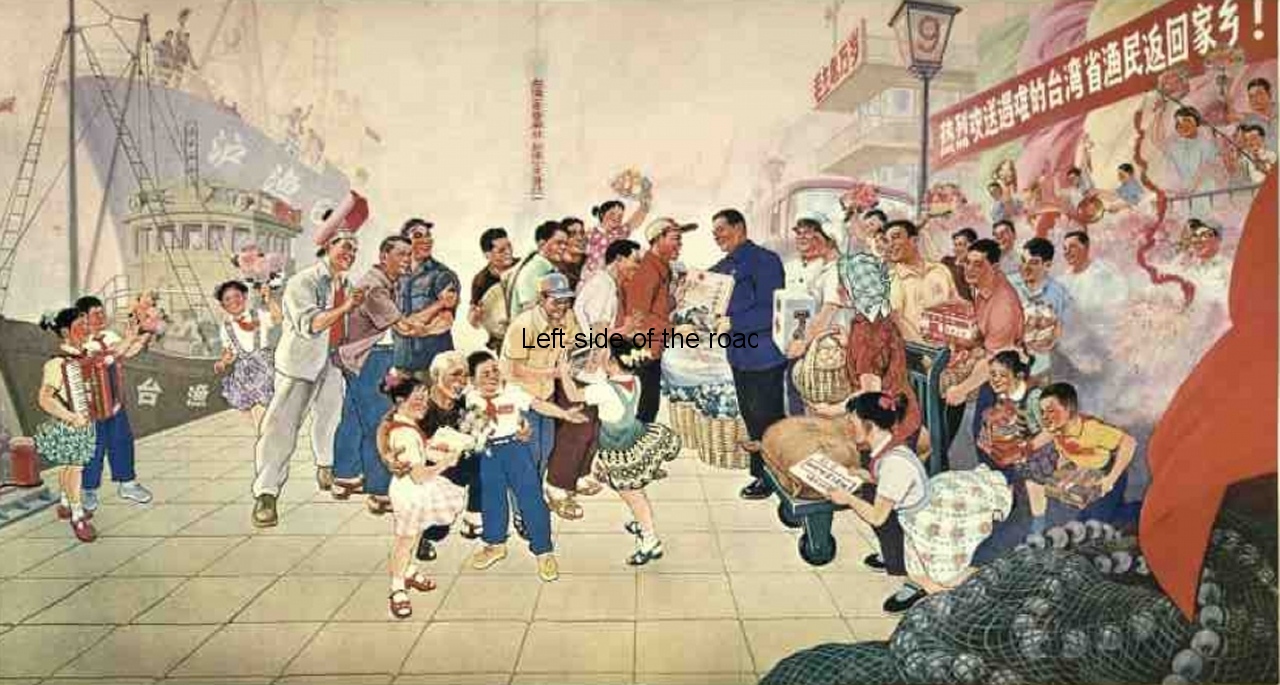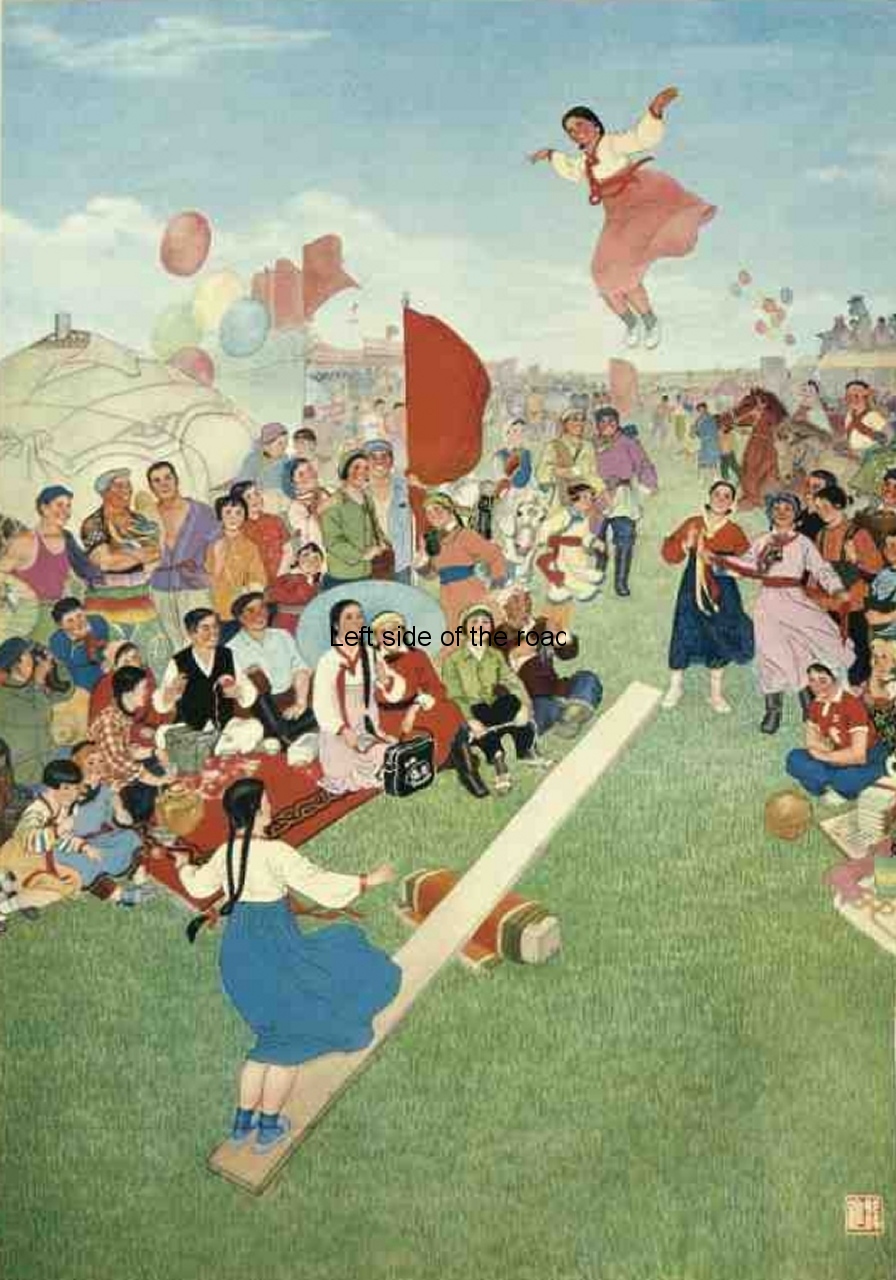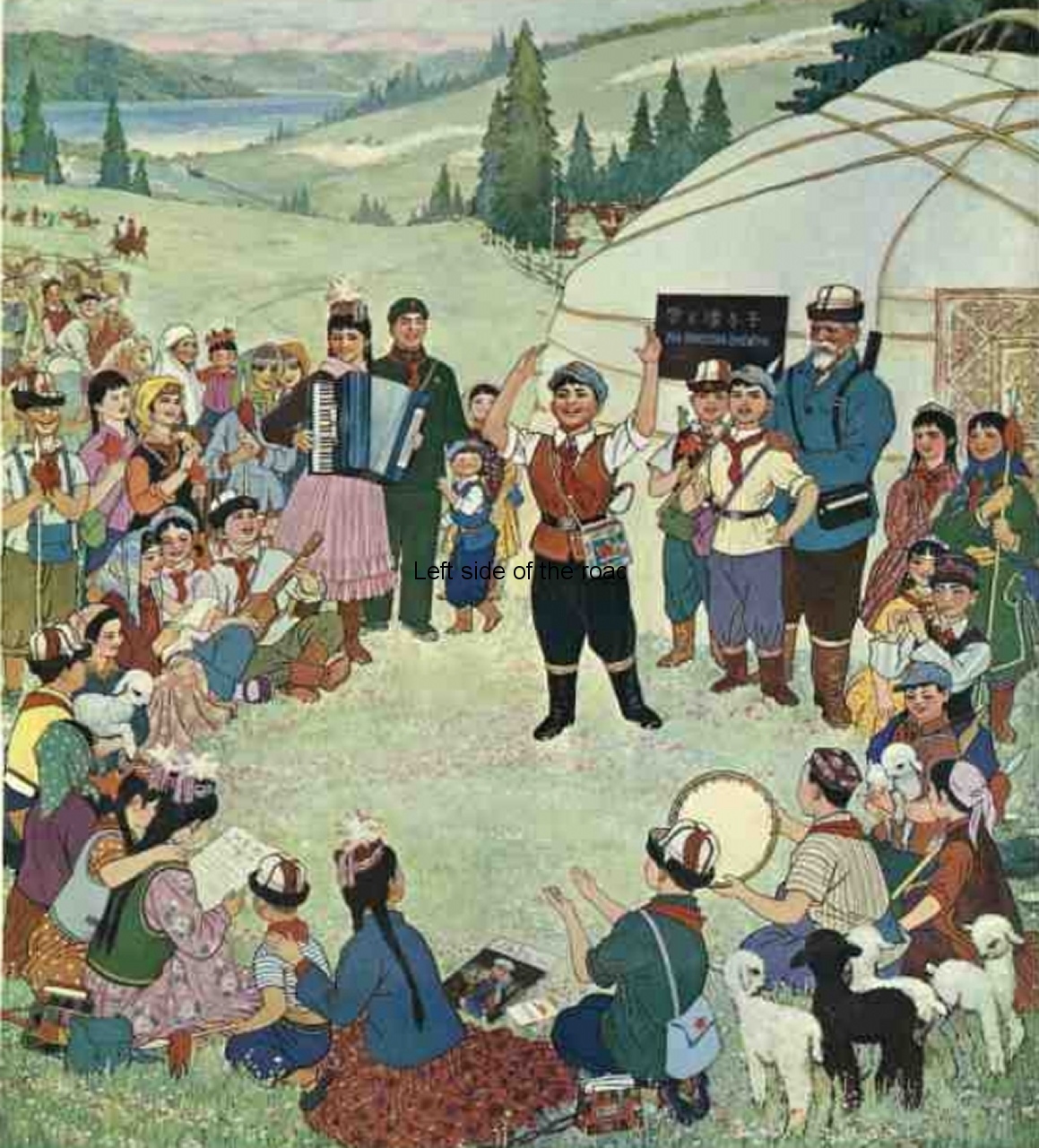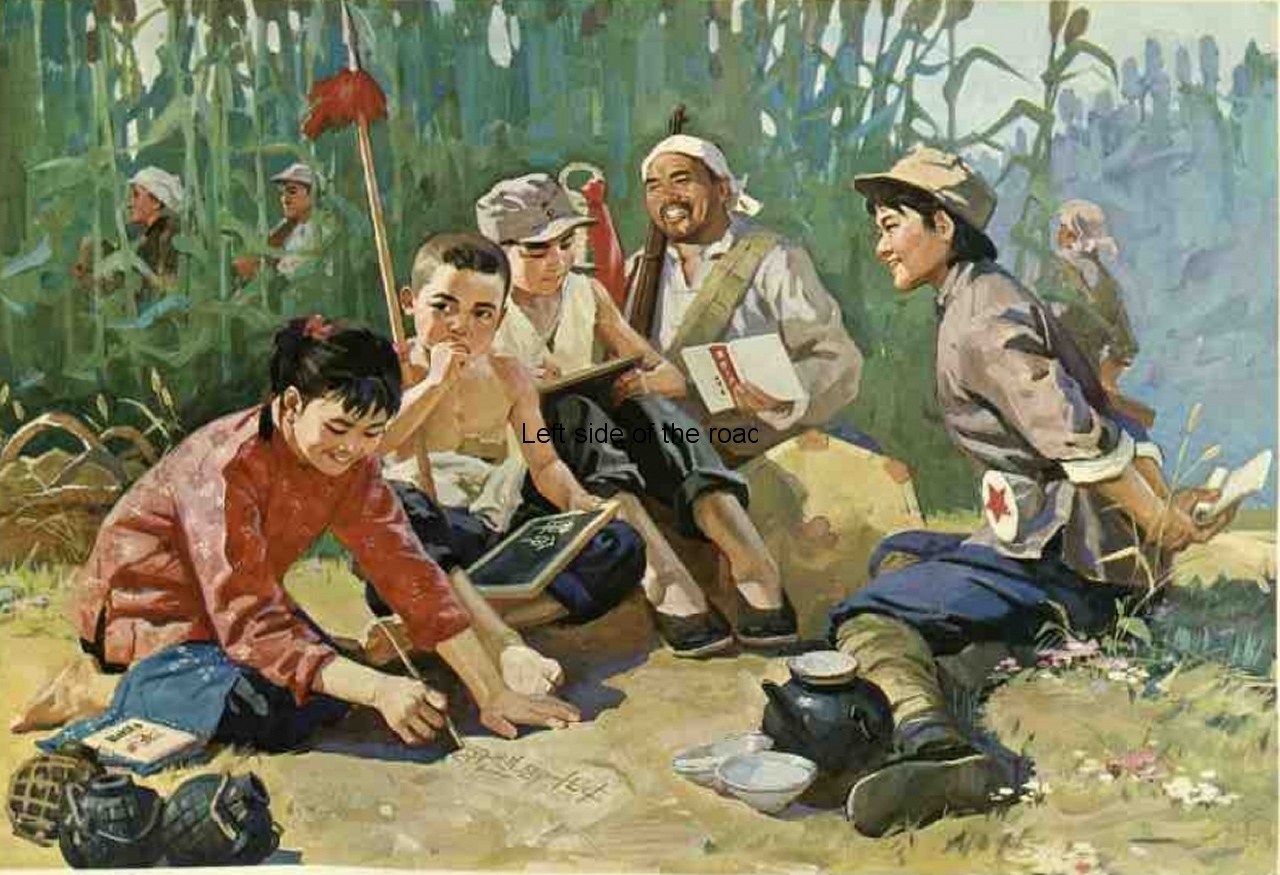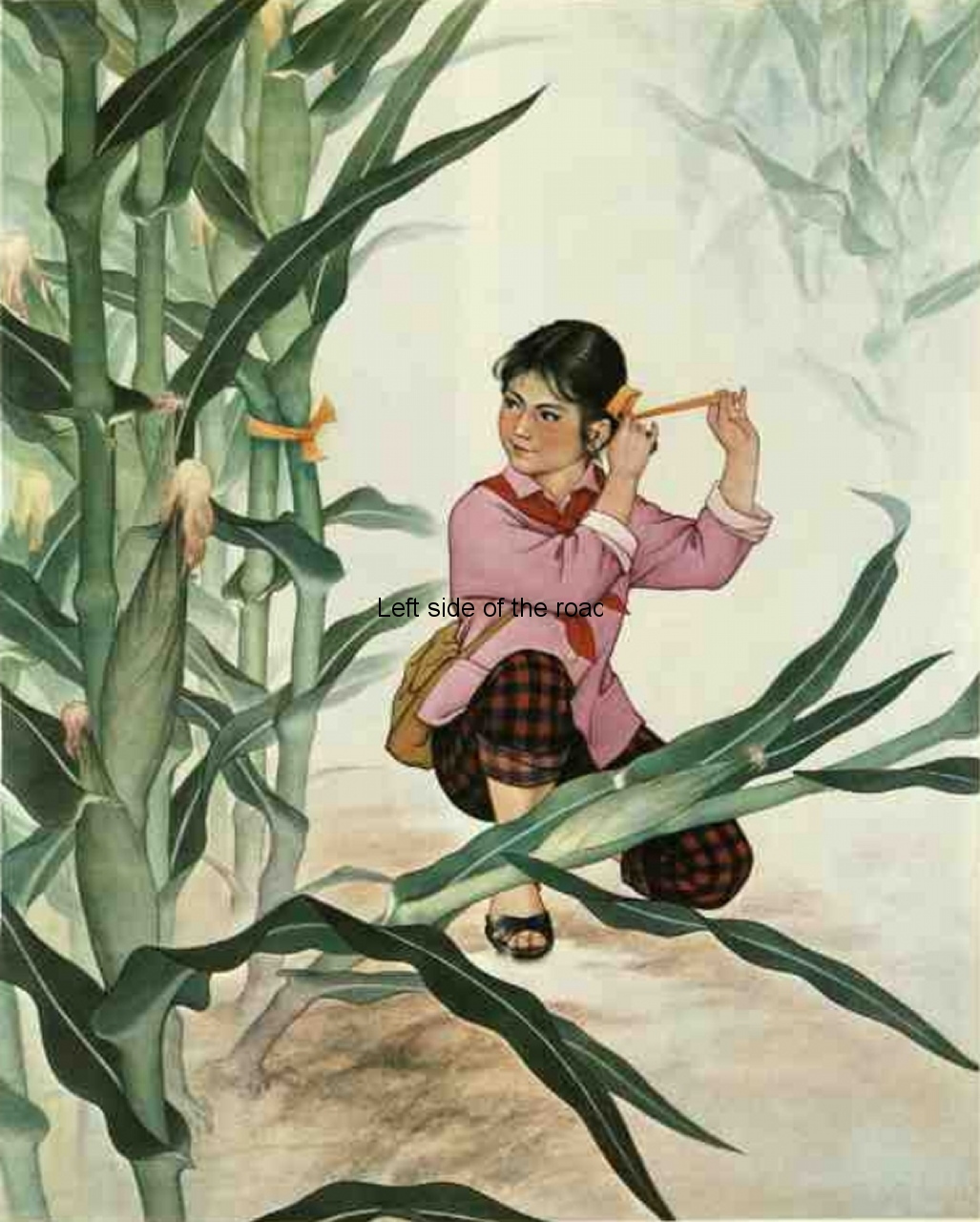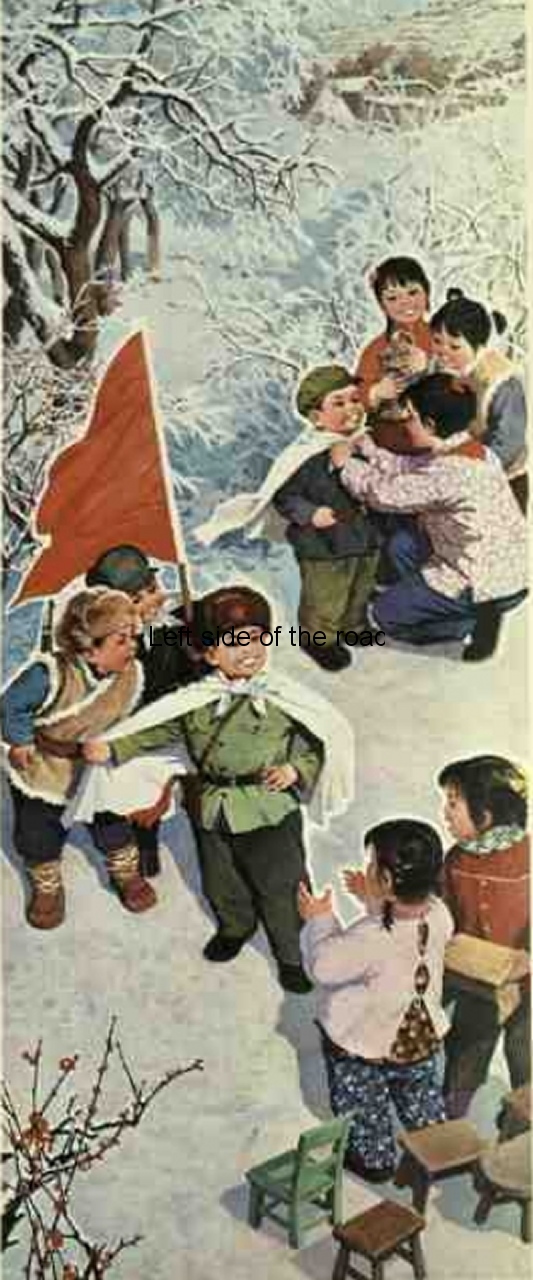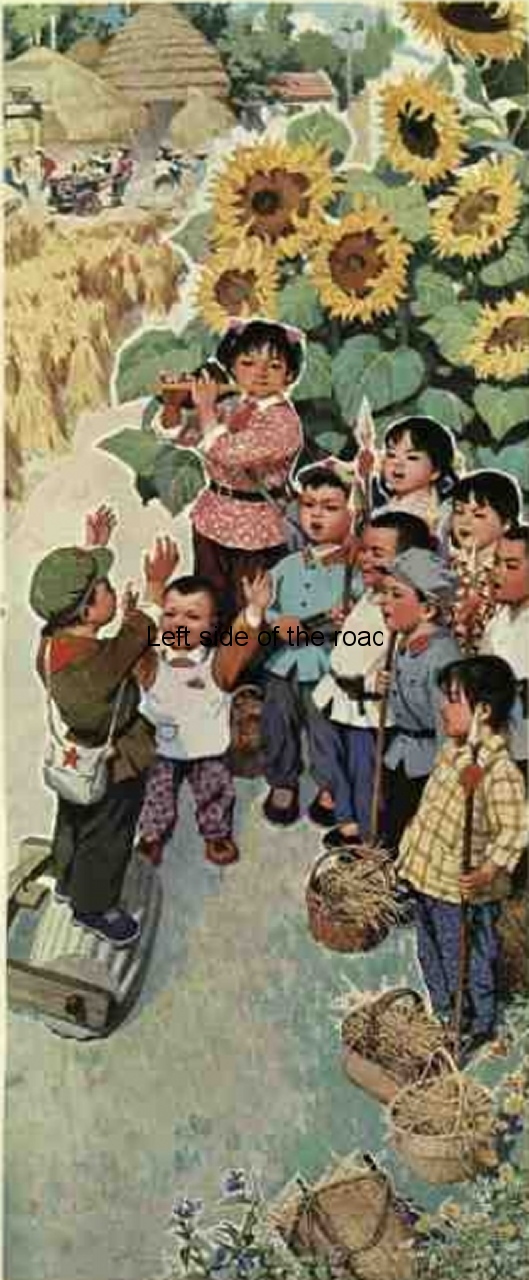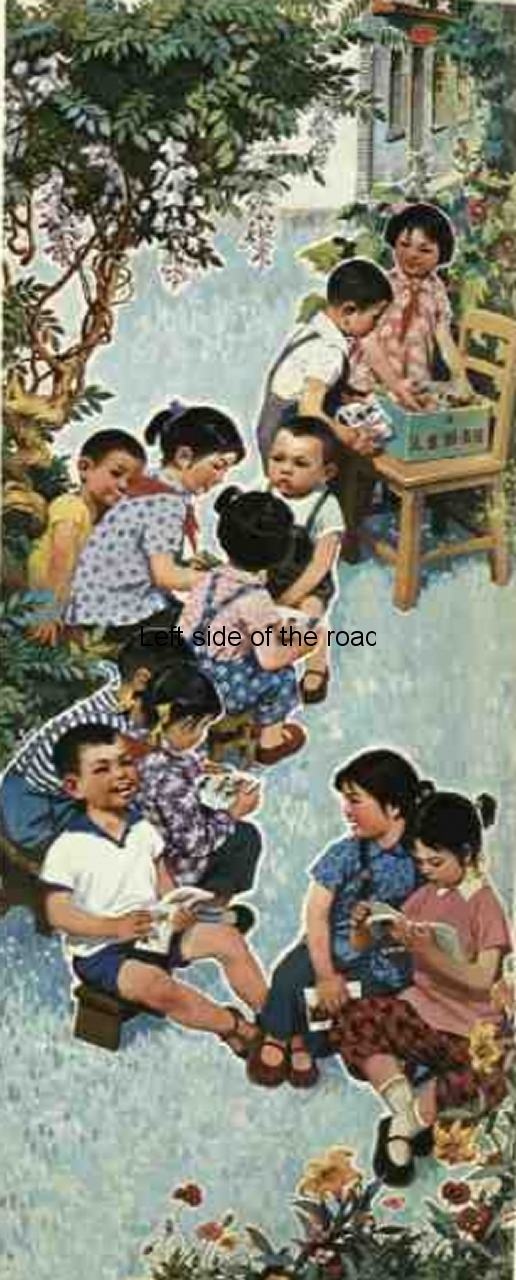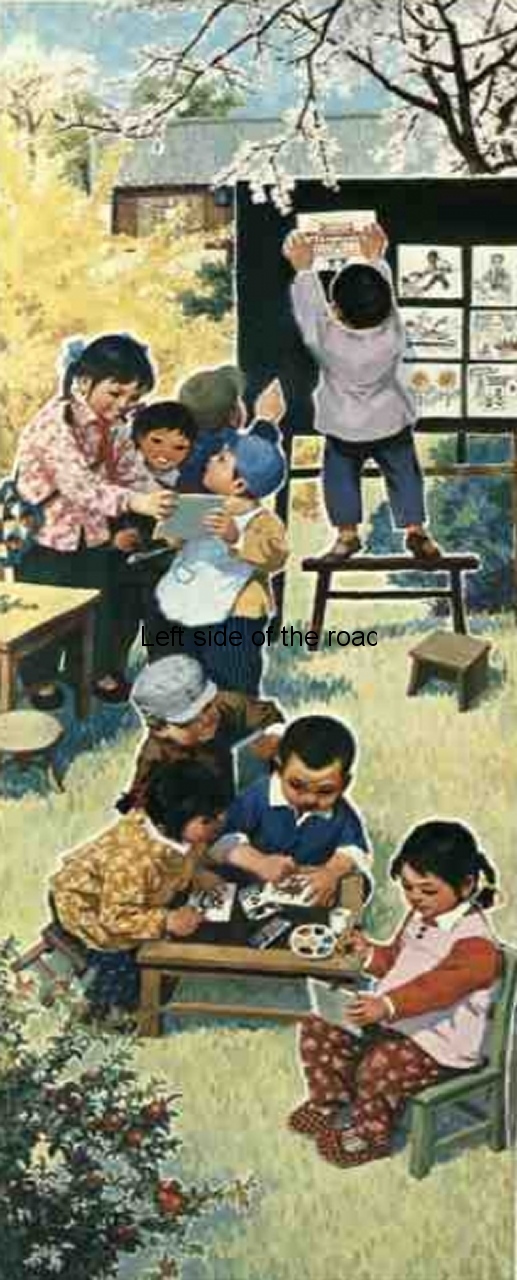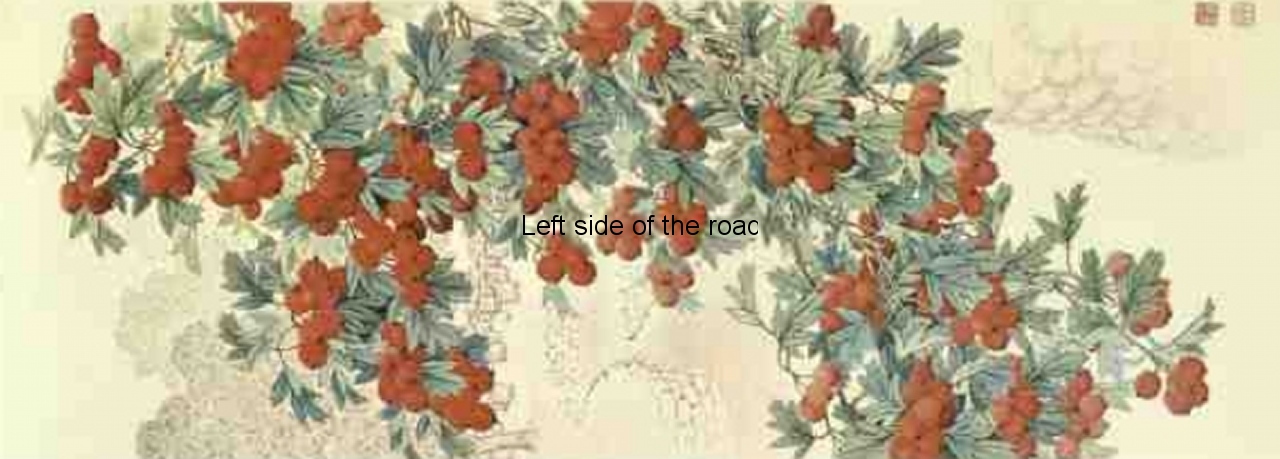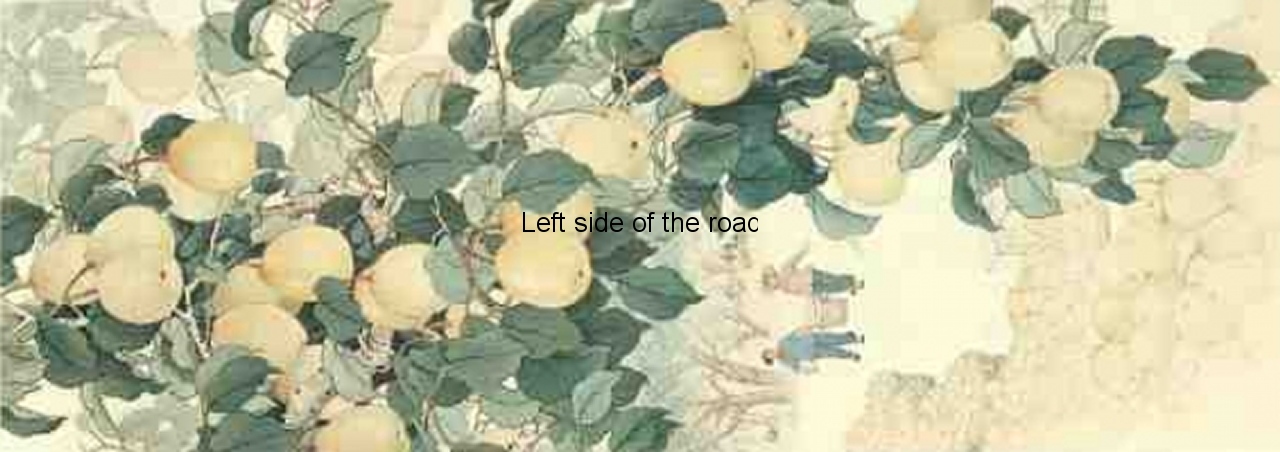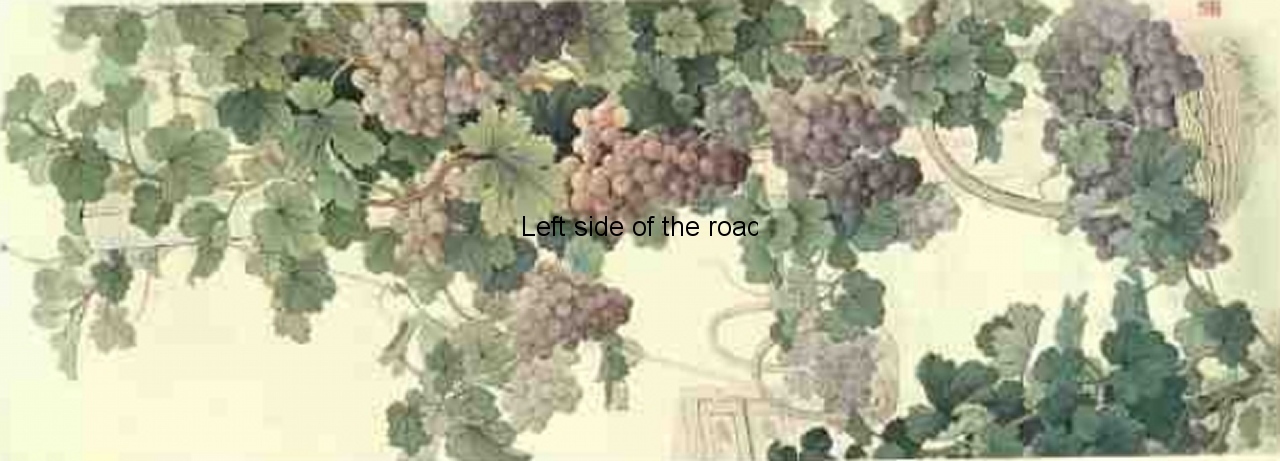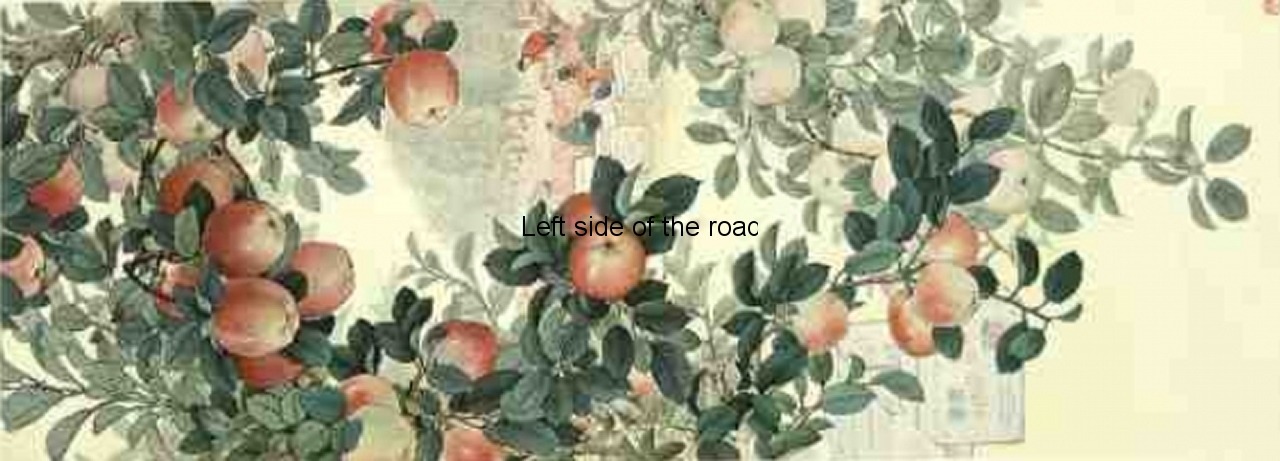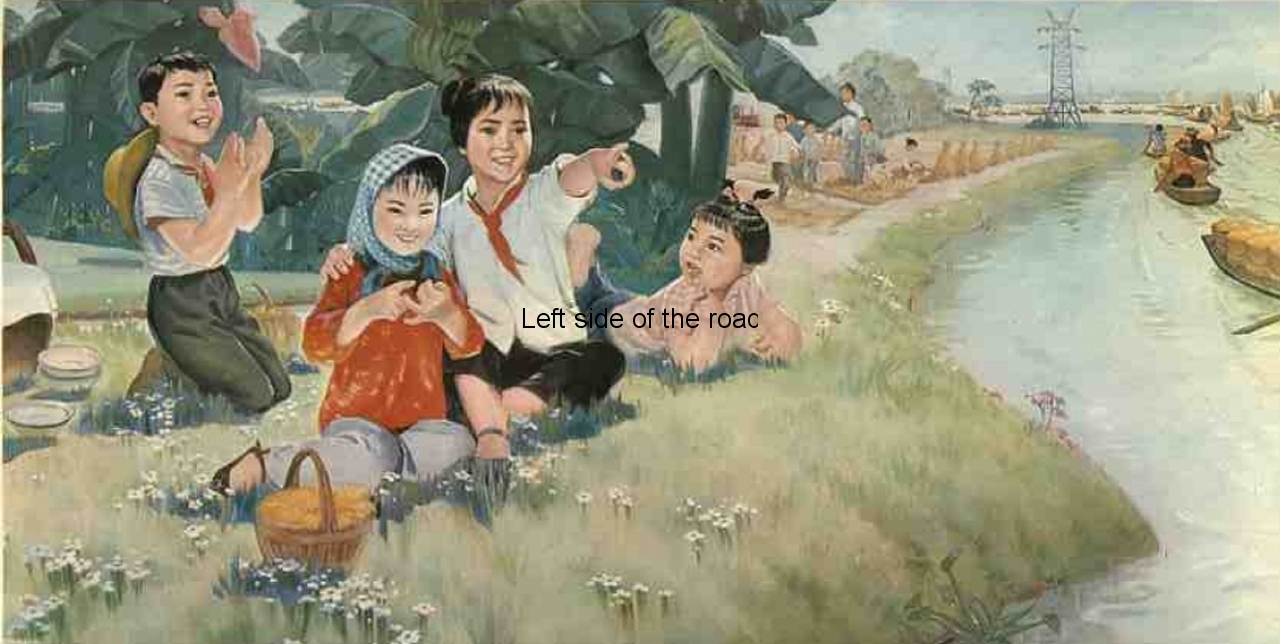
Always keep a firm grip on the rifle
More on China …..
Peking Review
Soon after Chairman Mao made the Declaration of the of the People’s Republic of China in Tienanmen Square on 1st October 1949 the Communist Party of China decided that the production of a regular magazine, which would tell the world what the Chinese were attempting to create in their country, was of paramount importance. From January 1950 a magazine called People’s China was produced fortnightly until the end of 1957. This was superseded by the weekly magazine Peking Review.
Peking Review (in English) was first published in March 1958 and then continued, on a weekly basis, until the first issue of 1979 (January 5th) when it was re-branded as Beijing Review.
Unfortunately the new name also presaged a new direction. From being a revolutionary magazine, presenting the ideas and aspirations of a young (and relatively weak) Socialist state struggling along the road to the construction of Communism it has now become the open statement of aims of an outright capitalist and imperialist state – with global ambitions.
As Mao famously wrote; ‘a revolution is not a dinner party’ (Report on an Investigation of the Peasant Movement in Hunan (March 1927), Selected Works, Vol. I, p. 28.) and this means that from the very beginning the new Socialist state had to face many obstacles. There is opposition from within and without the country, from within and without the Party. Those who might have played an important role in the past in the fight for liberation are not necessarily the ones who are needed to build a radically new society. All revolutionaries bring with them the baggage of the capitalist past – some find it more difficult than others to throw off that hindrance.
A study of all revolutions shows this to be the case and, learning from the experience of the past, Chairman Mao promoted the Cultural Revolution (which started in 1966) to expose such elements within the Party and Government structure – at all levels. This means that in the early editions of Peking Review articles written by, or about, certain individuals who were later denounced and condemned appear. Not all of what they said at that time might have been incorrect but as the struggle to build Socialism intensifies the contradictions between them and the revolutionary wing of the Party and people will inevitably come into conflict. And all conflict must have a resolution.
All the issues that covered the revolutionary period, which included important developments such as ‘The Great Leap Forward’; the collectivisation of the countryside; the industrialisation of a previously backward, feudal society; developments in education, social welfare, health and culture; and, especially, ‘The Great Socialist Cultural Revolution’ are all documented in the pages of Peking Review from 1958-1976.
Very soon after the death of Chairman Mao Tse-tung (Mao Zedong), on 9th September 1976, those achievements came under attack by the ‘capitalist roaders’ (represented by the arch-traitor to the Chinese workers and peasants, Teng Hsiao-ping (Deng Xiaoping) and not so gradually those achievements were turned into the ‘primitive accumulation’ of the present day Chinese billionaires.
For a look at the development of literature, art and culture during the Socialist period of China’s past you can do worse than have a look at the issues of Chinese Literature.
Available issues of Peking Review:
1958, 1959, 1960, 1961, 1962, 1963, 1964, 1965, 1966, 1967, 1968, 1969, 1970, 1971, 1972, 1973, 1974, 1975, 1976, 1977, 1978
From issue No. 1 of 1979 the weekly political and informative magazine Peking Review changed its name to Beijing Review. On page 3 of that number the editors made the open declaration of the change in the direction of the erstwhile ‘People’s Republic of China’.
By stating that the Communist Party of China (under the control then of Teng Hsiao-Ping/Deng Xiaoping ) sought ‘to accomplish socialist modernisation by the end of the century and turn China …. into an economically developed and fully democratic socialist country’ the CPC was openly declaring the rejection of the revolutionary path, which the country had been following since 1949, and the adoption of the road that would inevitably lead to the full scale establishment of capitalism.
More on China …..



